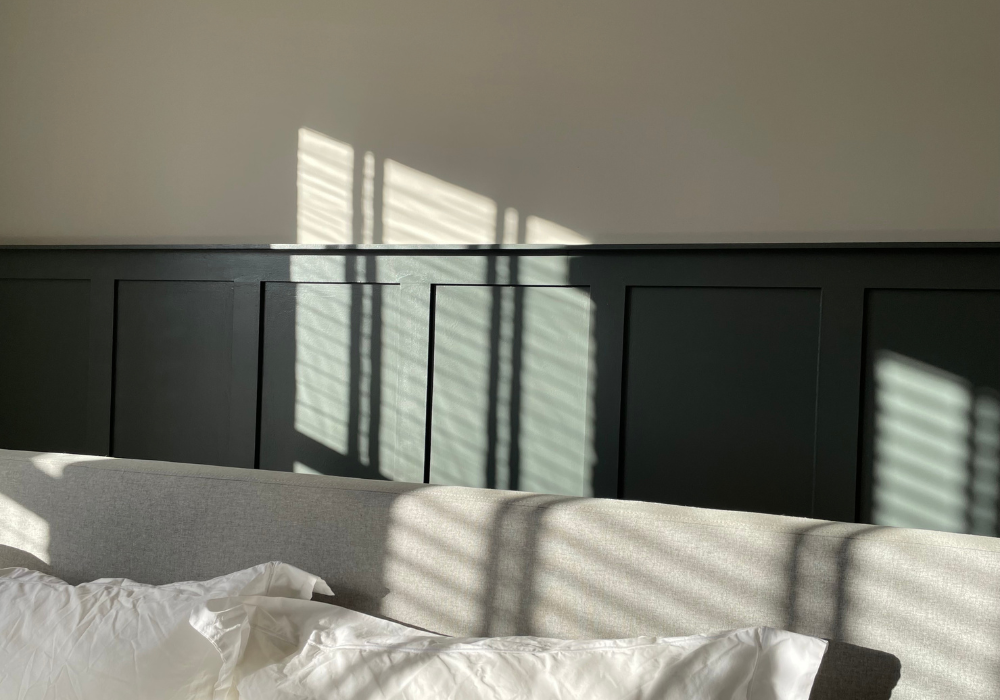
How Light Affects Your Painted Walls
Why does that bright yellow you chose look washed out on your bedroom wall? And haven’t you noticed how that strong turquoise in the hall looks a bit grim in the dark?
Paint shades, just like fabric and even furniture can look very different depending on how much light is reflected on them. It makes choosing a colour even tricker – unless, you find the right colour and lighting combination. As luck would have it, we can help.
How Sunlight Affects Colour
Did you know natural light plays a super key part in how we see wall colours at home? It’s also the easiest source when it comes to picking a shade and can be harnessed to make the most of your walls. While this is all fine, it helps to have an understanding of why. So you know what to expect. For example, colours for north facing rooms should be avoided for south. And it also helps to use a light reflecting paint.
If you’re planning to overhaul a few rooms, have a read of this guide. It’s amazing how the same colour can look completely different depending on the time. To understand how natural light affects paint, it’s good to know how it ‘works’.
Light source, quality and direction are all big factors. Sunlight varies each day, depending on a few things. Things like the season and time can both have an effect. It also depends on the direction a room and property face. Crazy, we know. As the sun’s angle changes, so will your wall paint. Even the way light hits an interior wall can alter colour. And the sun’s UV rays can cause paint to fade. Your best bet? Grab a load of our Peel & Stick Swatches and test out your shades. Check them out over the course of a few days to see if they work.
For example, light that comes from a northern direction can cast a blue tint. Purely because the sunlight is weaker. A colour that would look great in a south-facing room would look awful in here. North facing room colour schemes need to be warm. On the other hand, for an east facing room paint, try yellow. Light that comes from eastern exposure is warm and yellow-hued before turning blue. A wall that’s also lacking in light will make a paint colour seem dark, whereas if there’s lots of sunshine, you’ll see light paint.
We’ll explain in more detail below…
Geographical location of your home
The reason sun worshippers look for a south facing garden is because that’s the direction the sunlight is most intense. It’s just the same for a south facing room. They get lots of strong, bright light which makes dark paint shades appear brighter and delicate shades paler.
Conversely, north facing rooms let in soft light. A deep purple feature wall will appear almost black and a bright tangerine shade, duller. Strong colours – such as green and teal blue - are good in this type of room
A North-facing room with a strong teal blue wall:

Image from Pinterest
How about east and west facing rooms? Bear in mind that easterly placed rooms are bright in the morning but shadow-filled in the evening while west-facing rooms are sunnier in the evening but dull in the morning.
While you can’t change the location of your home, there are slightly more practical ways to alter the light in a room (rather than incessantly opening and closing the curtains or blinds). Read on…
Type of light
Image from Wish.com
You’re probably aware of different types of LED bulbs but what about the effect they have on colour?
- Blue white bulbs give out a cool light which has a stimulating effect and is great in a home office.
- Yellow white bulbs produce a softer, warm light that is perfect for bedrooms or creating cosy corners.
- Cool white lights enhance cooler shades such as blue, green and grey.
- Warm white bulbs lift orange, red and yellow shades.
- Artificial light adds to the vibrancy of the orange wall
- Vintage Edison bulbs have a more intense yellow hue and are great for brightening up north-facing light and adding drama and vibrancy to warm paint shades.
- Halogen white bulbs produce more of a natural light so enhance and brighten most colours.
- If you're unsure which type of light bulb you have, check its rating. This is measured in Kelvins (K) and can be found on the side of the box. This will help you determine whether the light is warm or cool white. The lower the number, the warmer and more yellow the light usually is. If you’ve got a north-facing room, this level is great. Some bulbs can feel stark in north-facing light. A variety of lamps will also create an ambient vibe which we’ll cover shortly. And further down, we’ll go through the best paint to reflect light too.
- While you might pick warm LEDs for your lounge, cooler lighting is best suited for much busier spaces. Popular for places like utility rooms, kitchens and even the office, cool white lighting is great for when you need something tonnes brighter.
Positioning of artificial light
Another trick to brighten up light-deprived rooms is to use up-lighters or table lamps. This gives a cosy feel without affecting the overall colour of your walls. Or think about smaller isolated lights. These brighten up sunnier and warmer colours or contrast nicely with dark purples, navy and blacks.

Image from Pinterest
What Colour Paint Reflects Light the Best
Good question. The answer is white. Well, most of them really, except for black. Some colours, however, reflect light much better than others. The rule is, the lighter they are, the bigger and brighter the space will feel. For example, white paint reflects 80 to 90 per cent of the sunlight it gets. Whereas black will absorb nearly all of it.
So what are the best paint colours for low light rooms? Try a neutral palette with yellow or beige undertones. Paint colours for rooms with little natural light should be kept as airy if poss. With a hint of warmth to stop it from looking washed out. Other light reflecting paint for dark rooms includes pink and mint green. These will make a small room look bigger and a dark room brighter. Don’t forget; it also goes beyond the paint shade. If your furniture’s drab, it can make the space dark and cold.
How Paint Finish Affects Colour
Another thing that can change the appearance of paint. The finish. In fact, this is one of the most important decisions. It also explains why it’s essential to plan and get familiar with light. The more you know, the easier it will be to choose your new paint. Once you know how lighting can affect the shades on your walls, you’ll know what to pick. And what to leave on the shelf. Other factors also include adjacent wall colours and surface texture, but for now, let’s focus on paint finish.
When it comes to the sheen of your paint, it matters. The finish will definitely alter the perception of colour. For instance, Low Salt may look whiter in Soft Sheen than in our Flat Matt. Light reflecting paint for walls is always gonna be different.
Why? This is because more of the colour is reflected, even though the shade itself is the same. And why it’s super crucial to study lots of samples. Order your Peel & Stick Swatches from COAT and get them the very next day. You’ll also avoid the trauma of choosing the wrong finish.
Like southern light, western exposure is warm. And casts a yellowish-orange light. Although softer in the morning, the light can become reddish at night and therefore works with white, neutral and grey undertones. Other colours for west facing rooms include variations of pink, which will create a warming, summery glow. But what about the finish? Try a flat matt. And let your west facing room paint colour do the rest of the work.
Top tips for Achieving the Colour You Want:
So, that’s light. Quite a lot to think about but just remember:
- Check the colours on your wall throughout the day and in the evening.
- Make sure swatches and testers are 2 coats and truly representative of the final finish.
- Move your colour swatches around the room so you can see how the colour looks in different light.
- If one wall looks darker than the others you could think about getting a slightly lighter shade for that wall.
- Bear in mind that the type of paint can affect colour. While matt absorbs light, gloss paint reflects it. Soft sheens can help for darker spaces.
Check out the full range of COAT colours and find the perfect one for your space.
Publish Date
Author

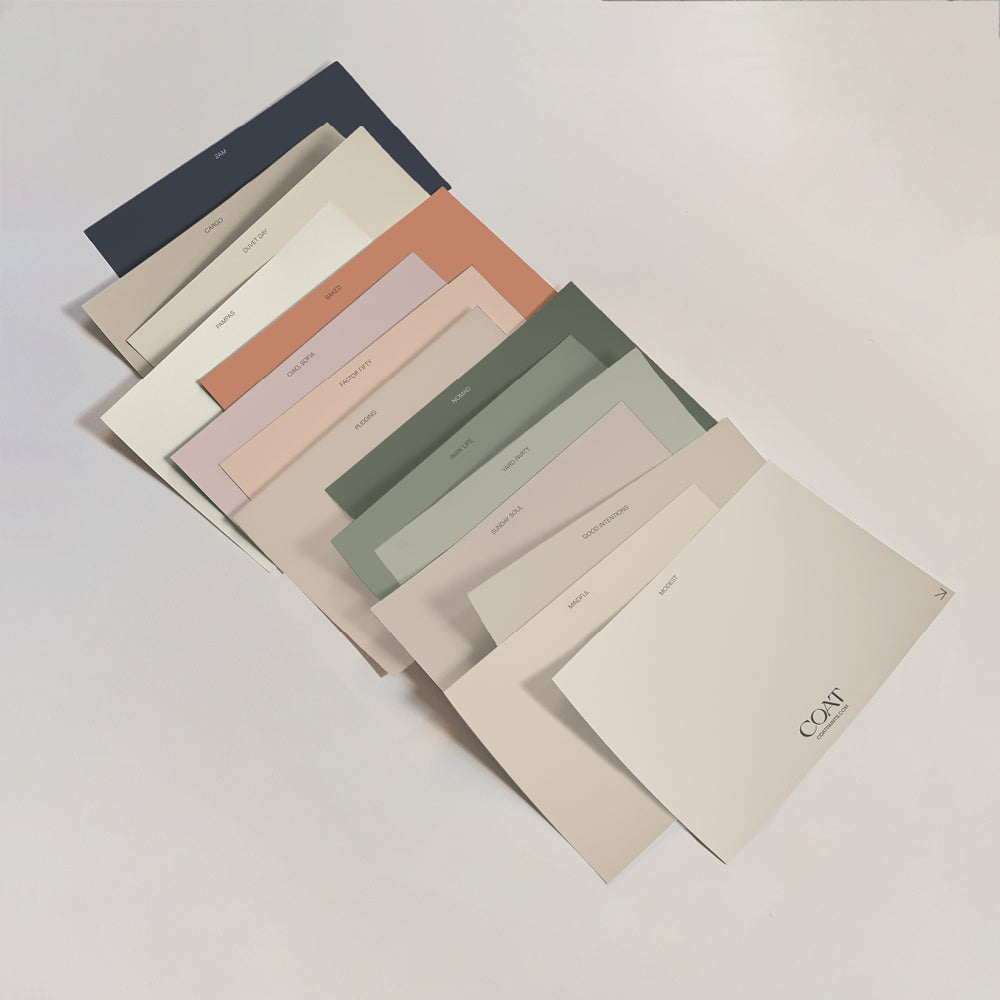
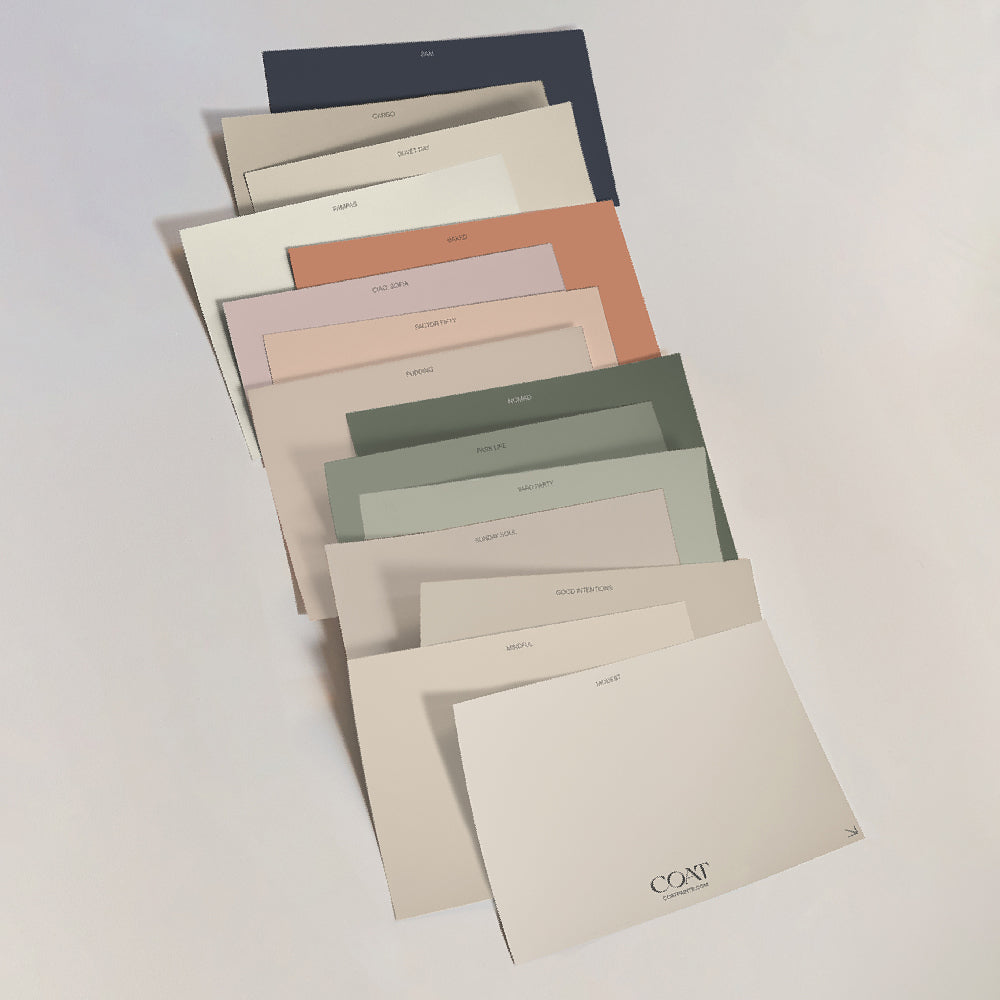
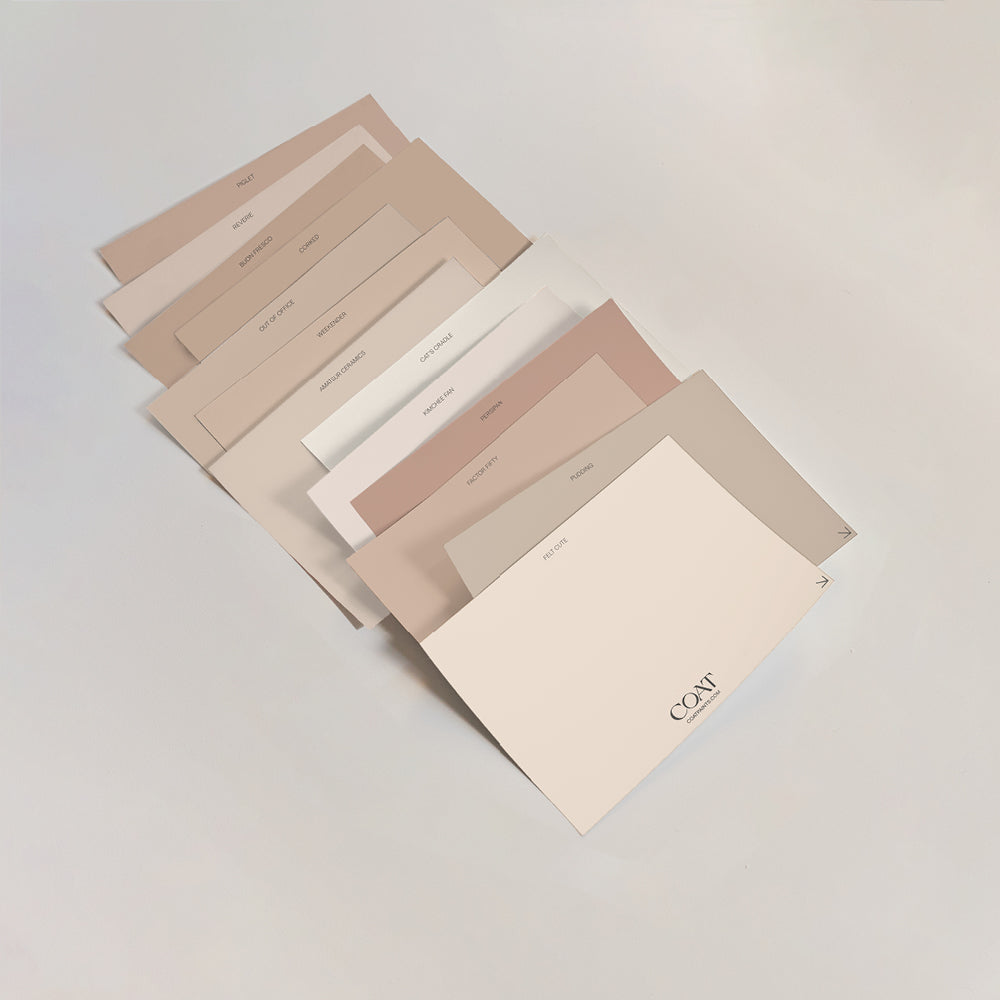
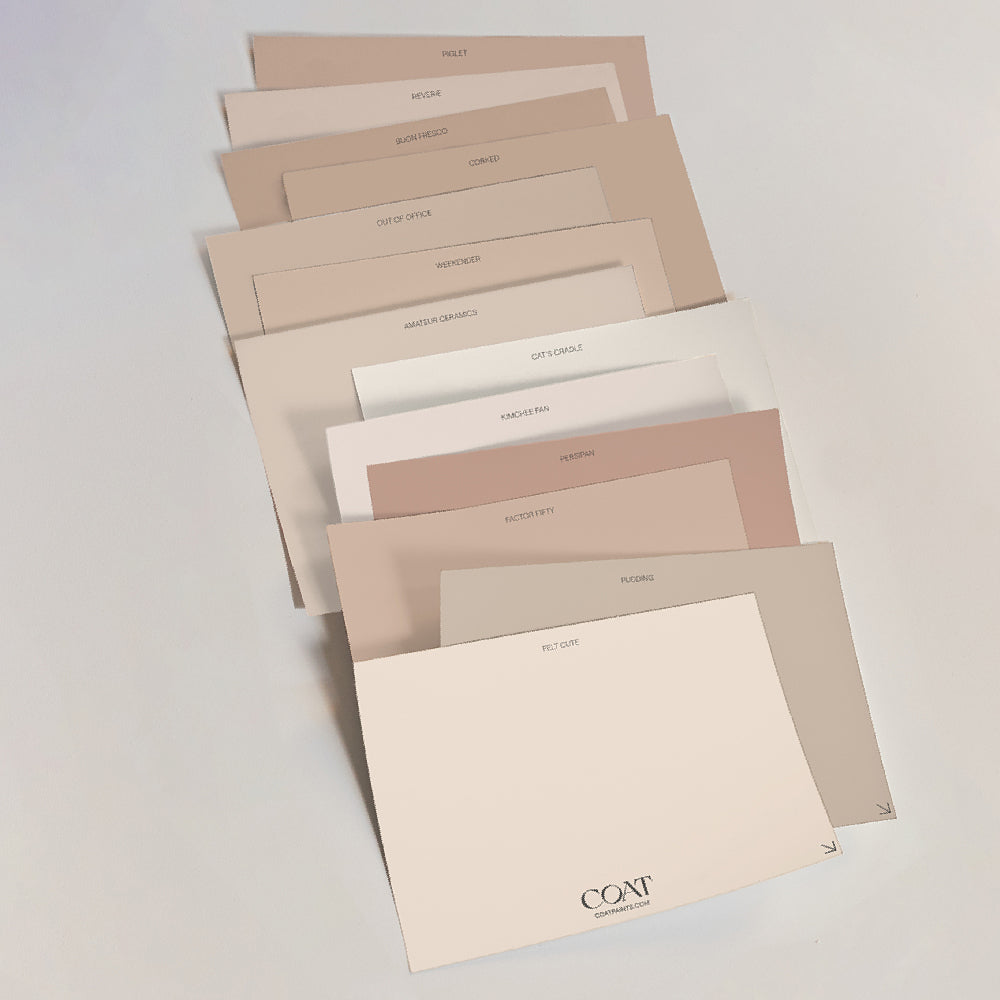
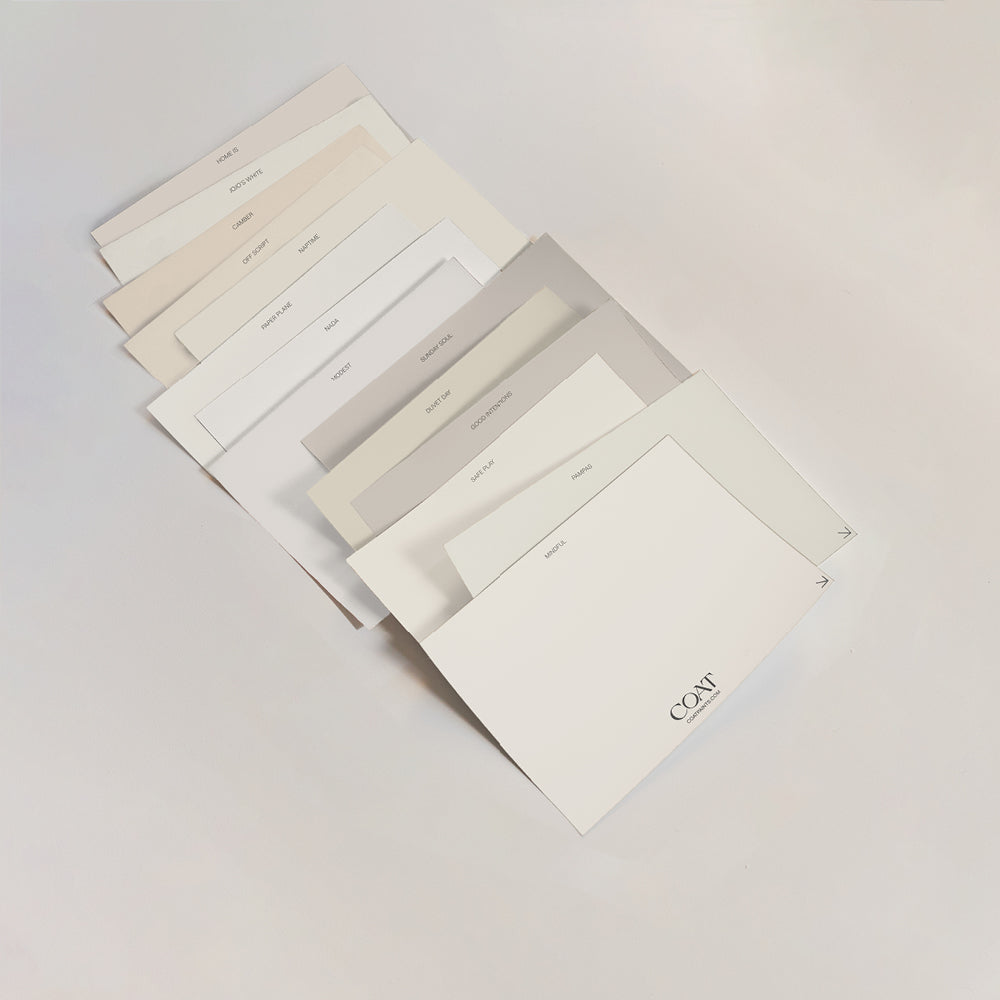
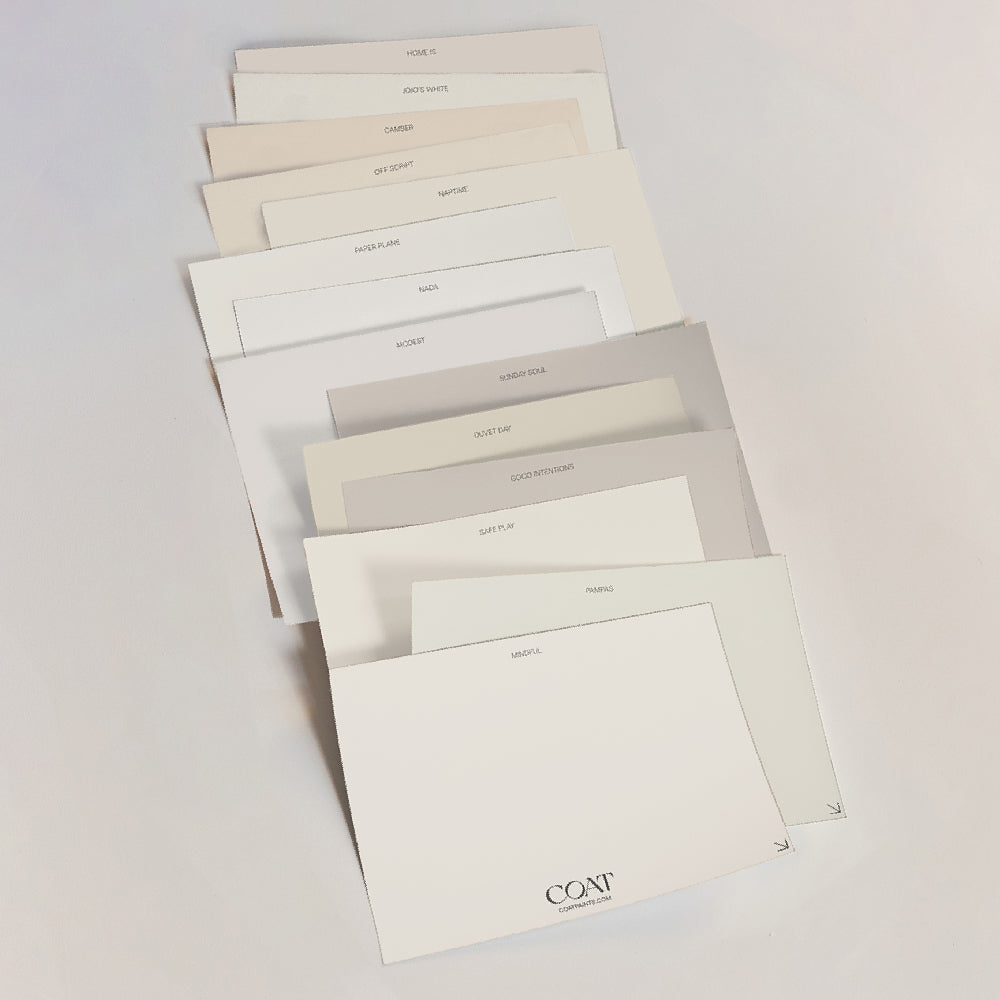

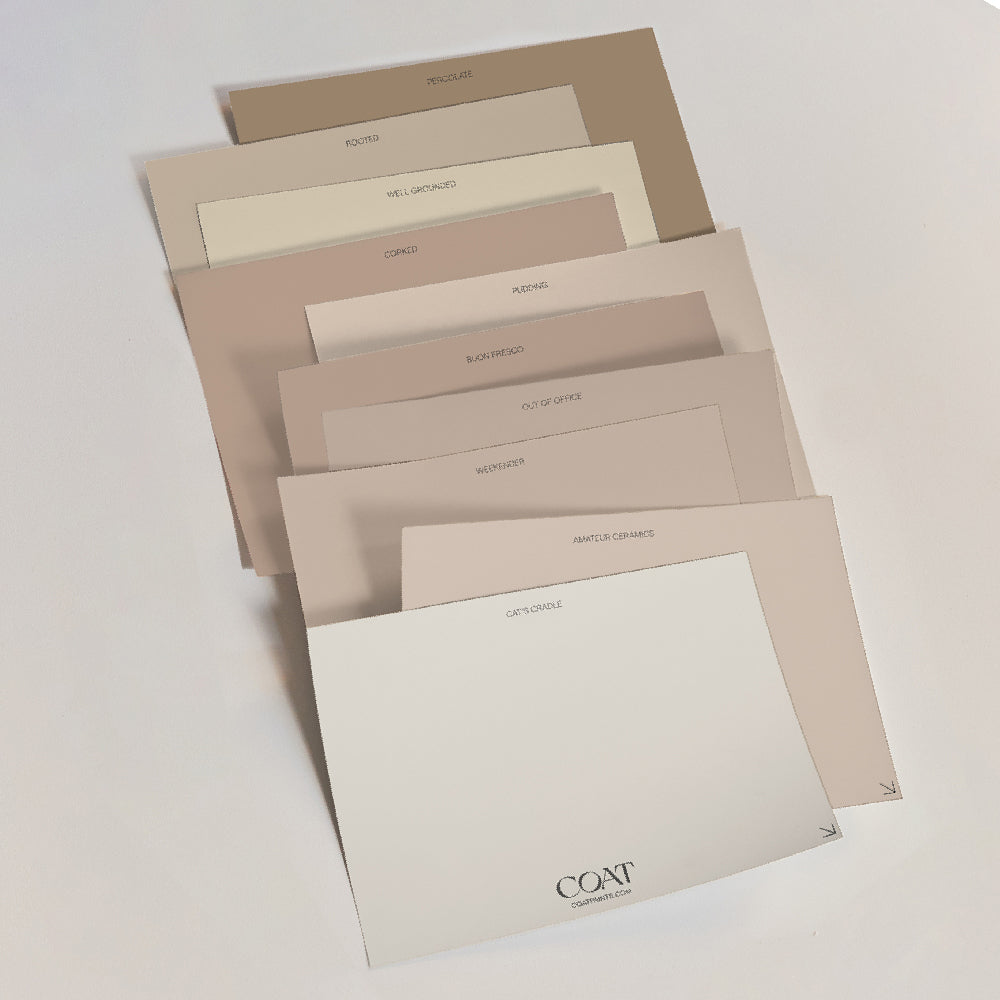
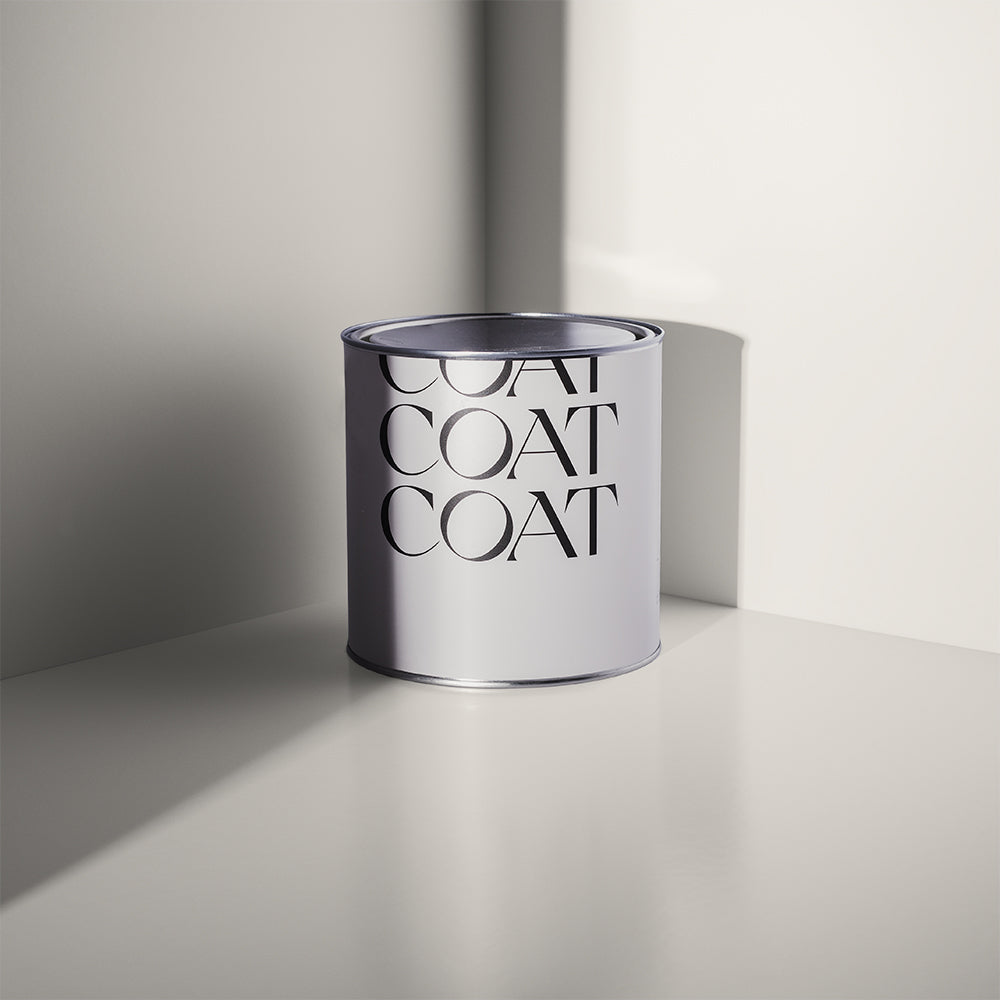
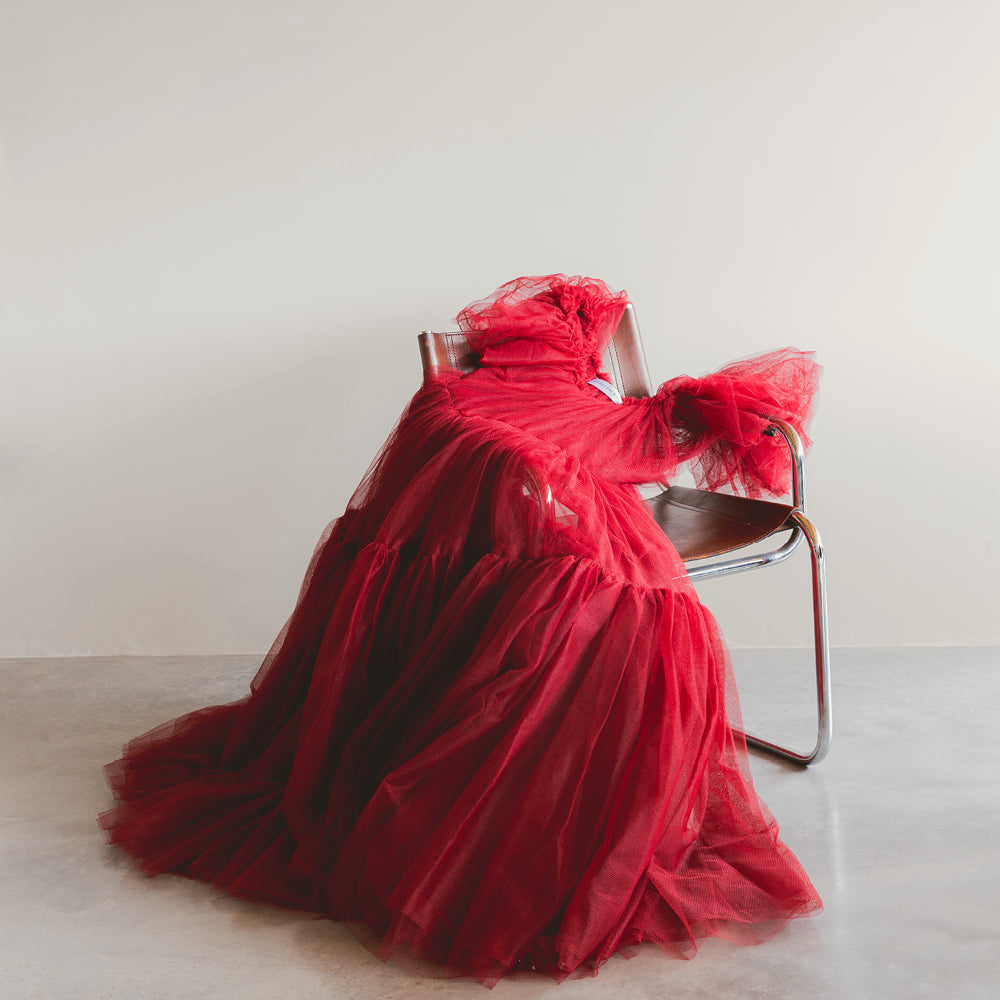
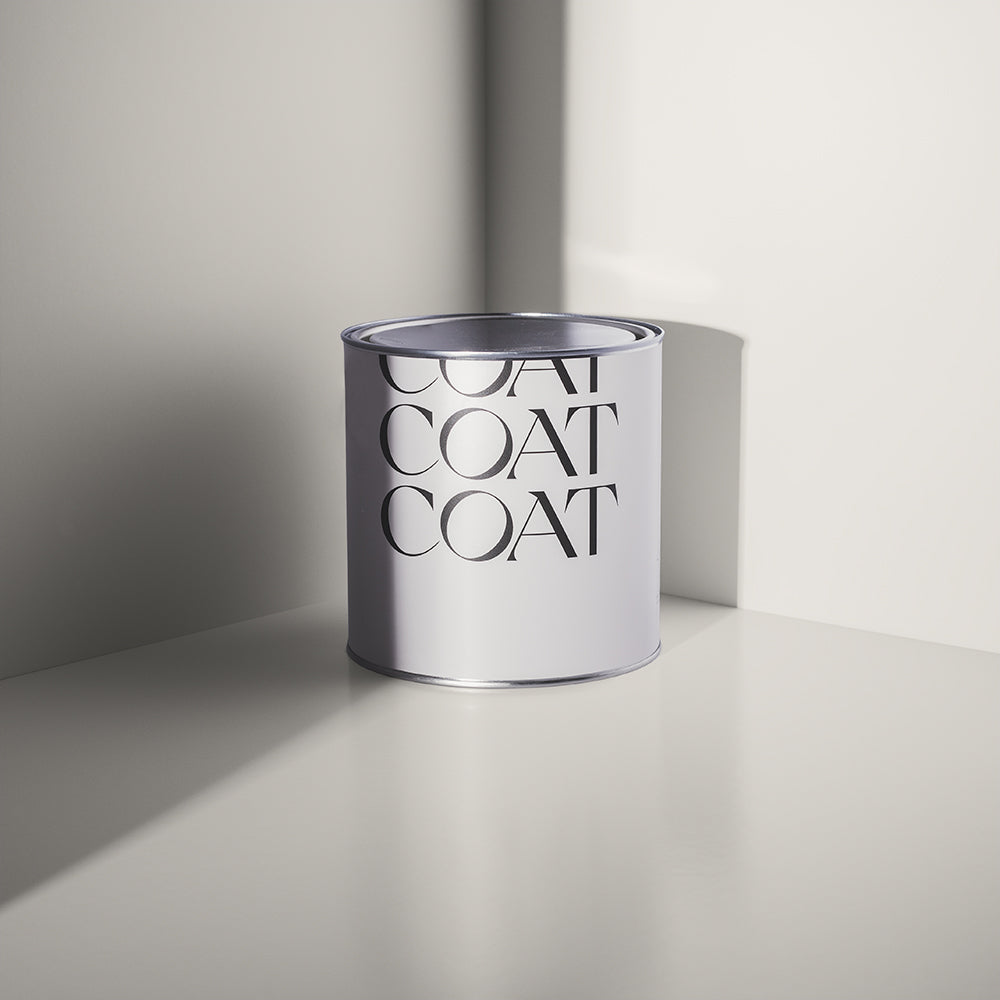
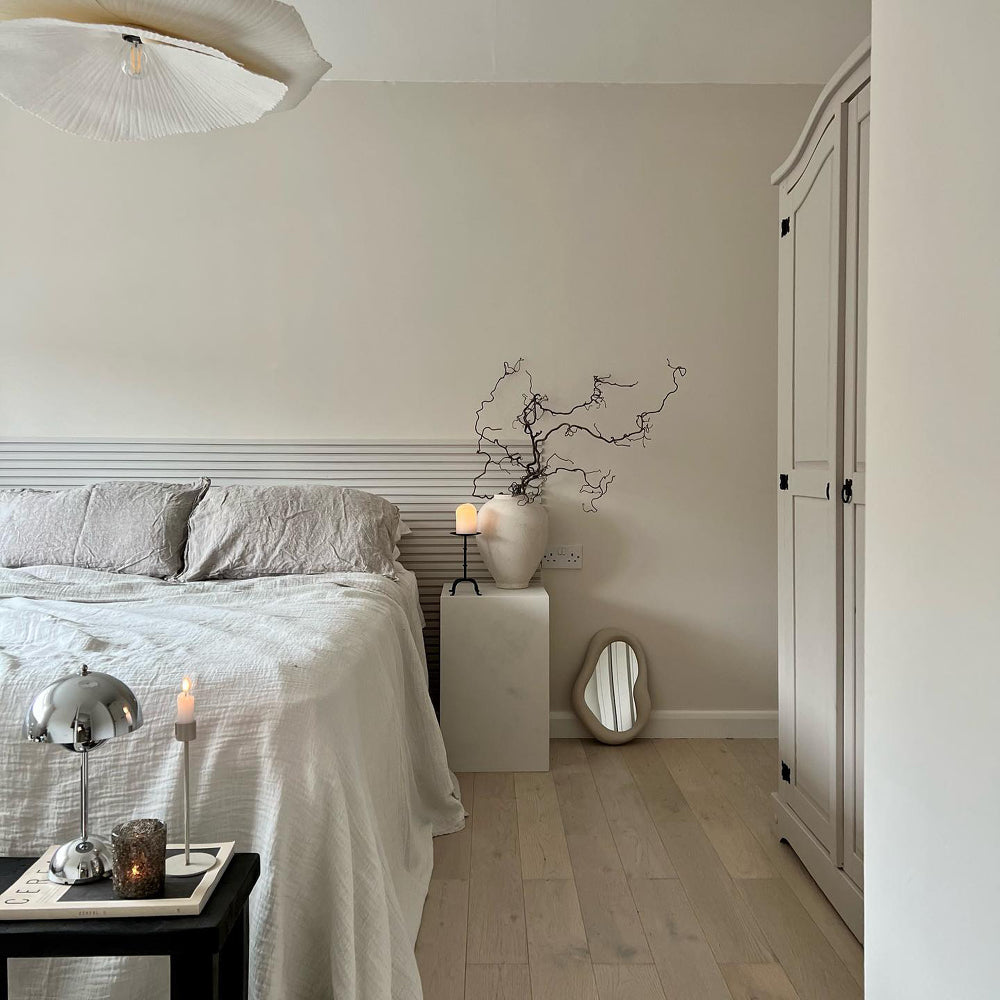

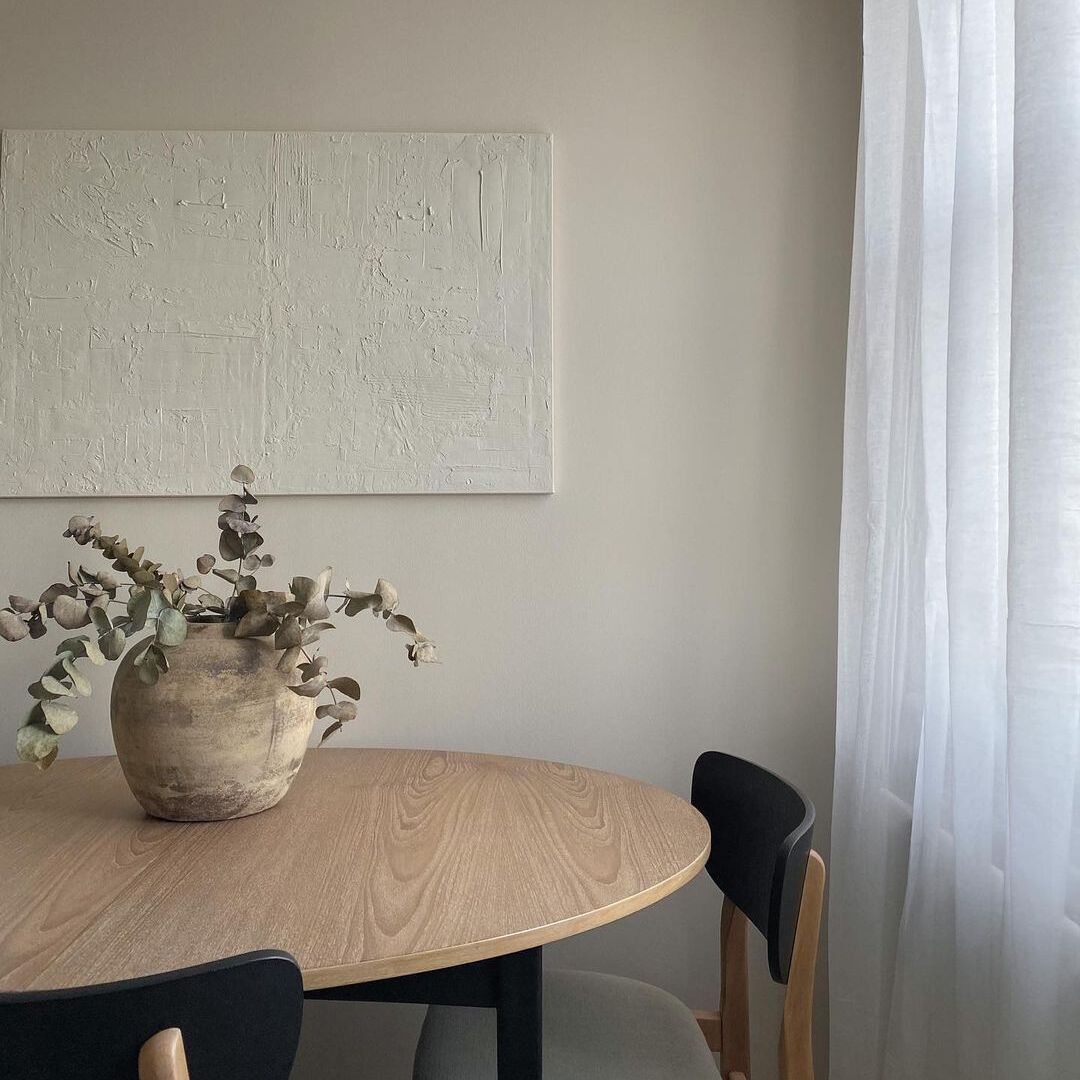
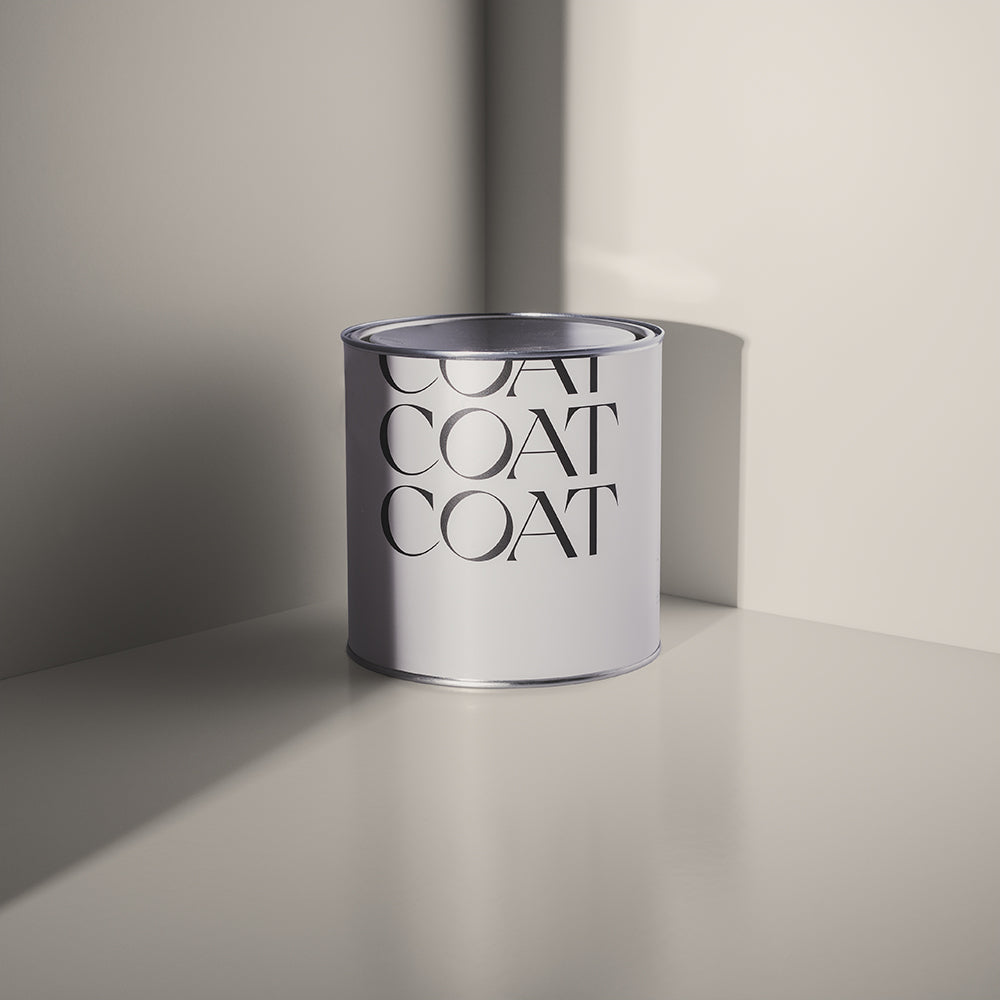

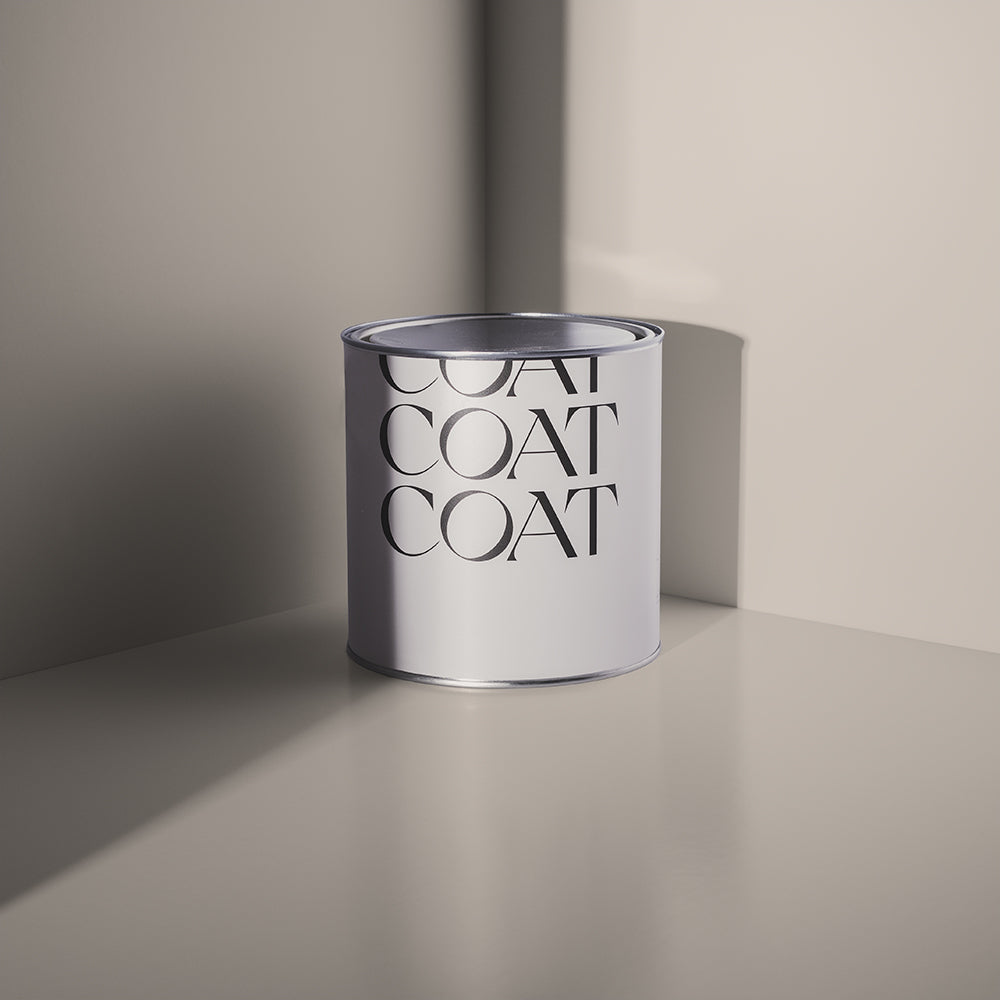
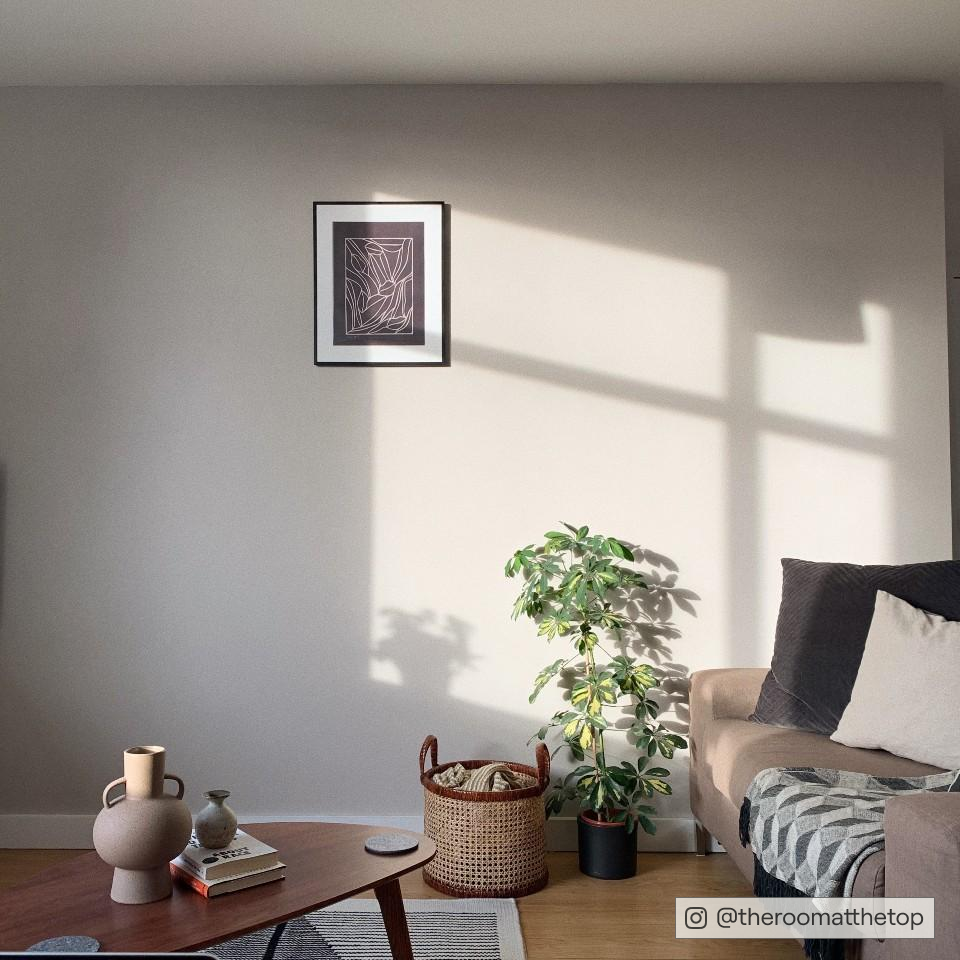


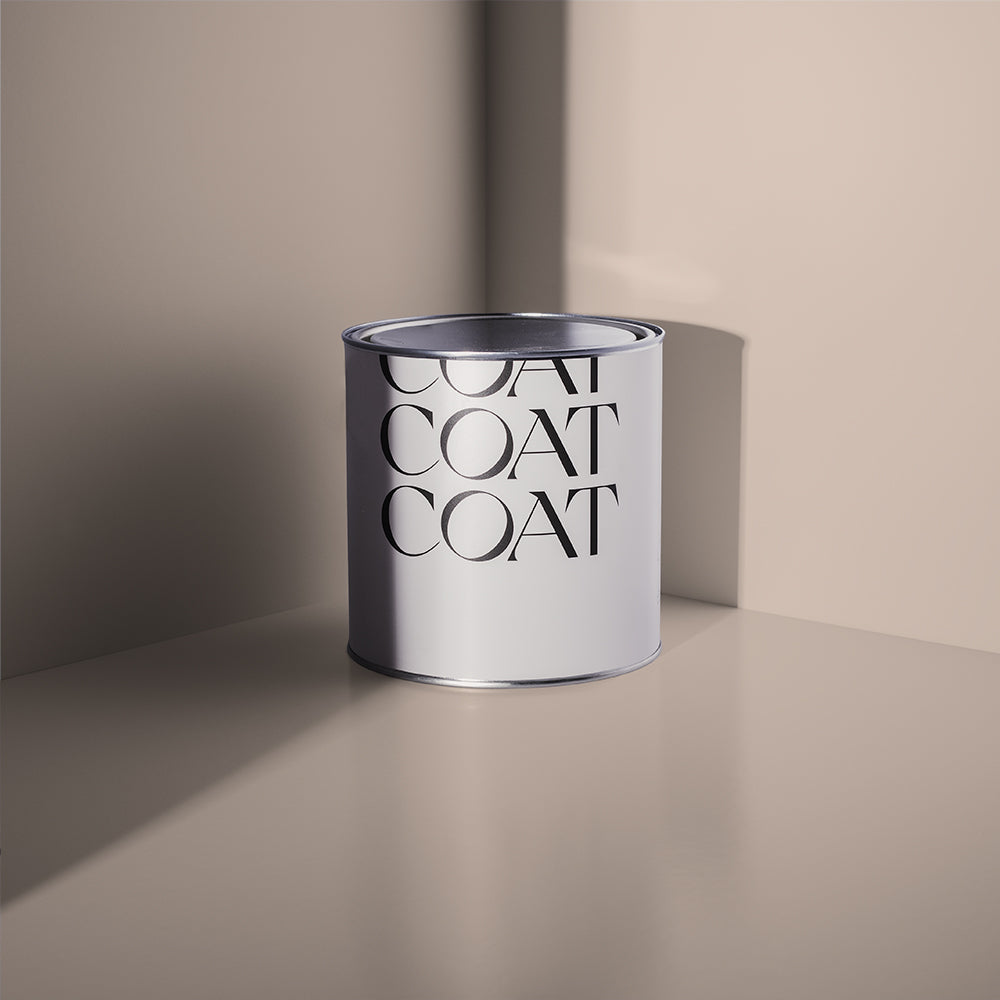
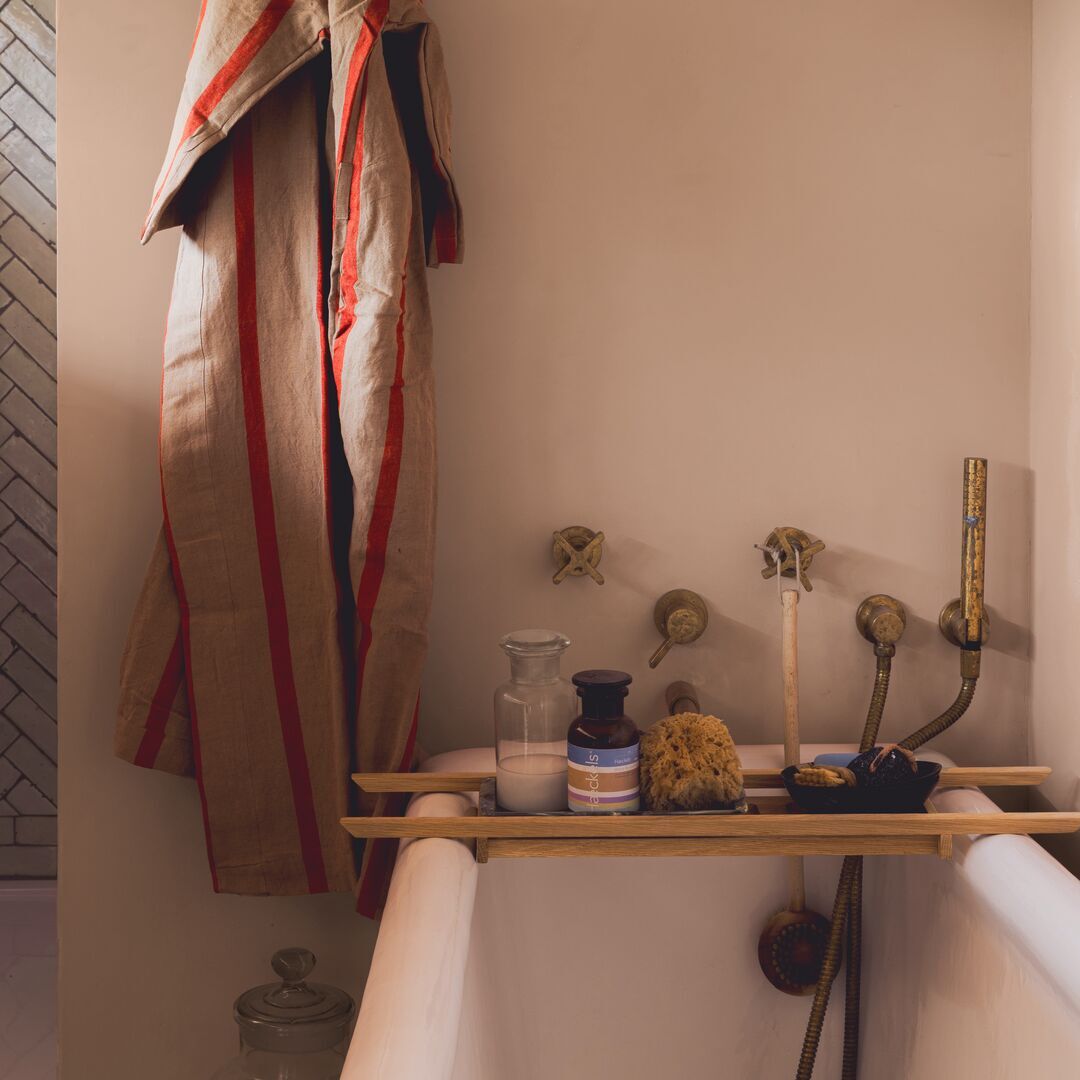


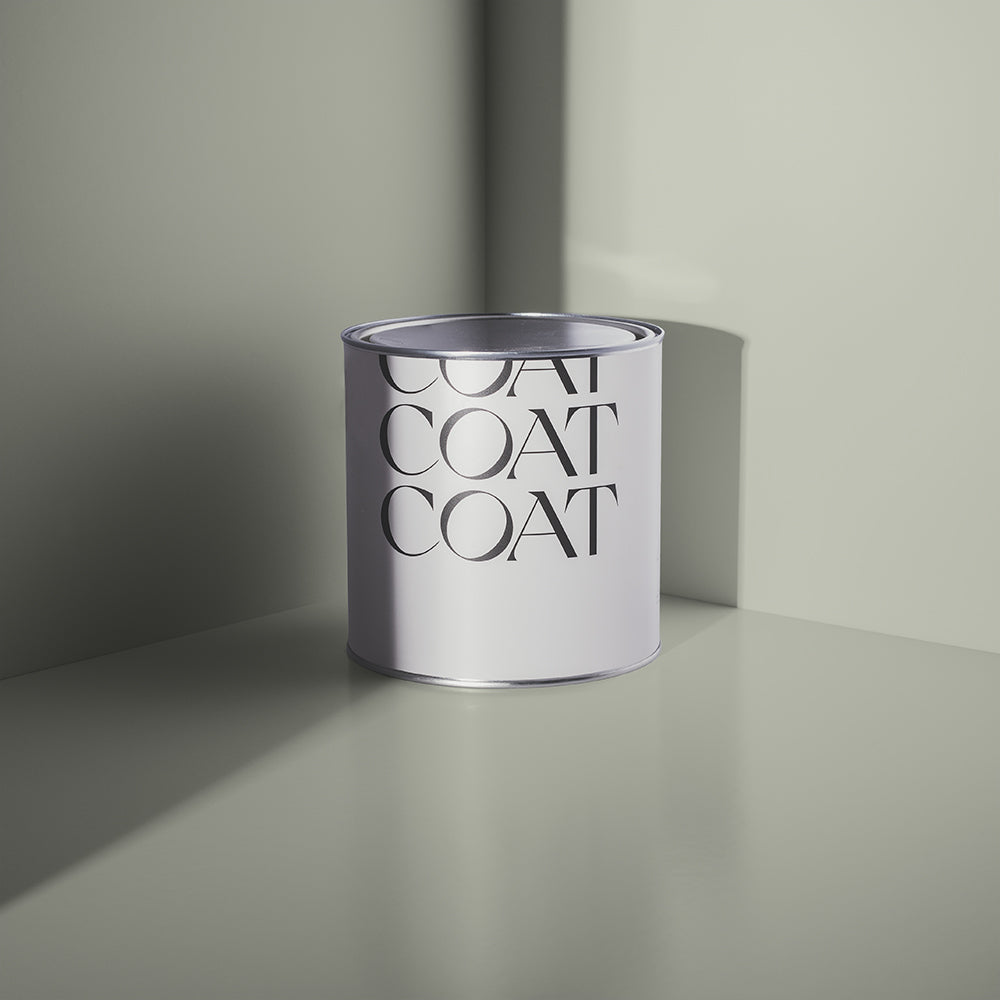

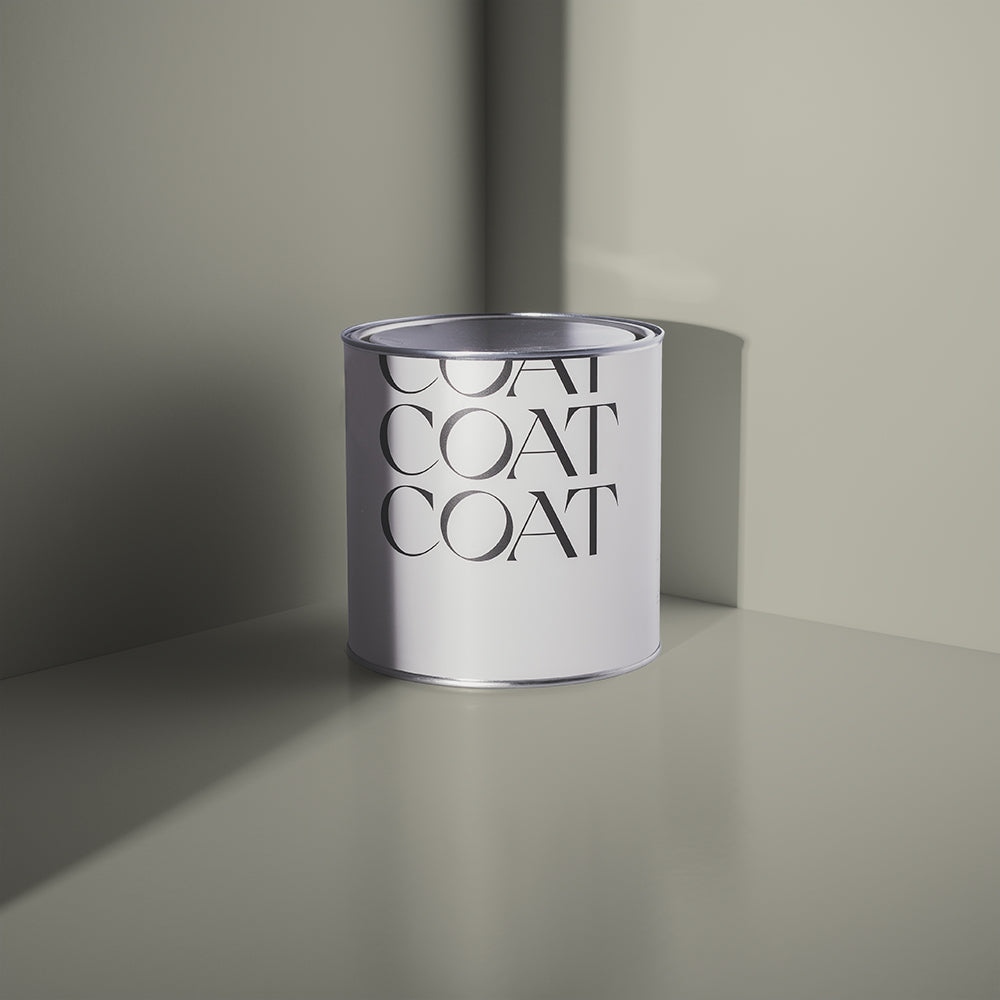
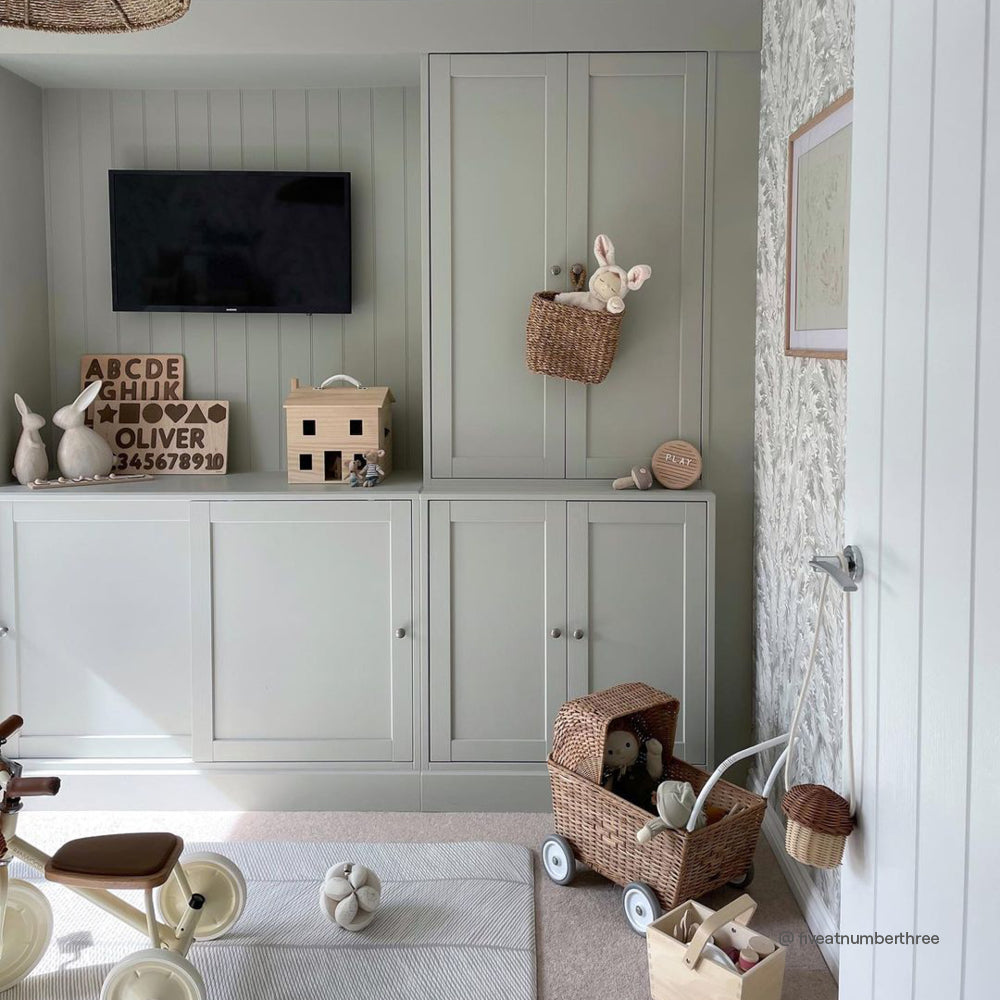

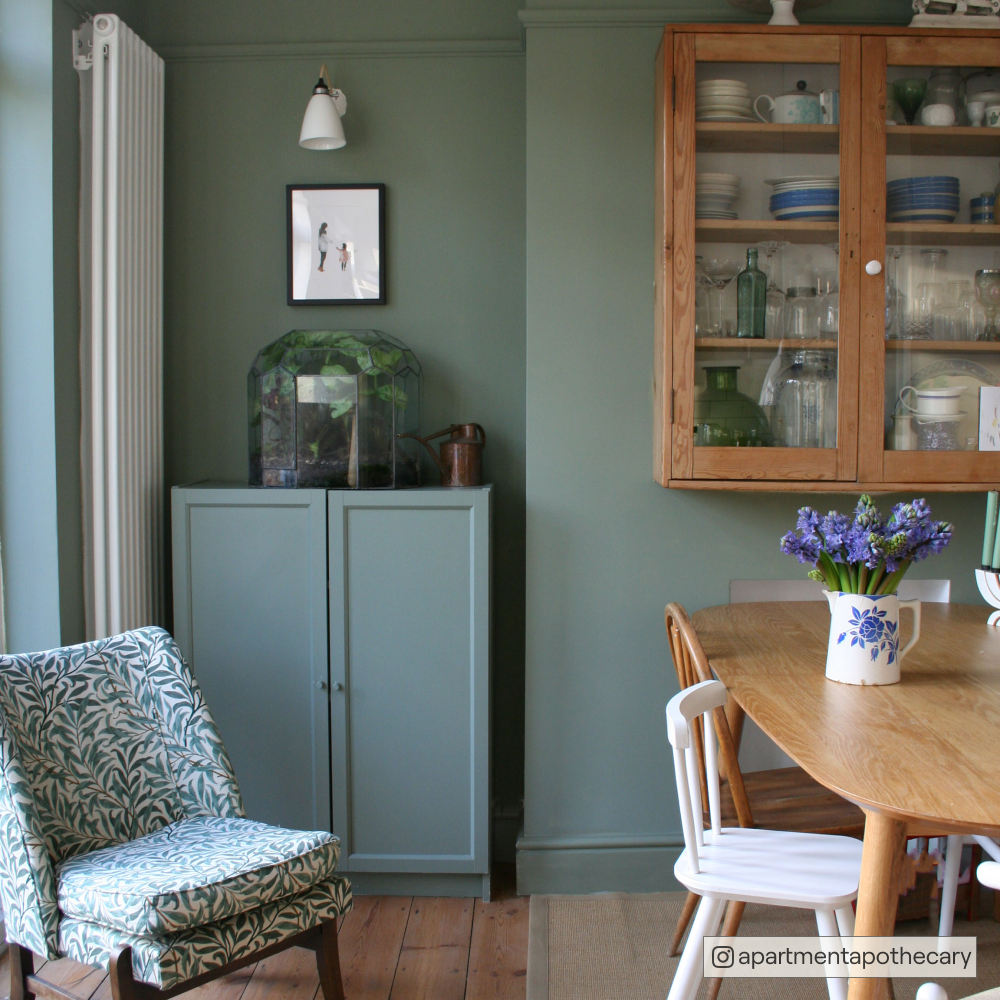

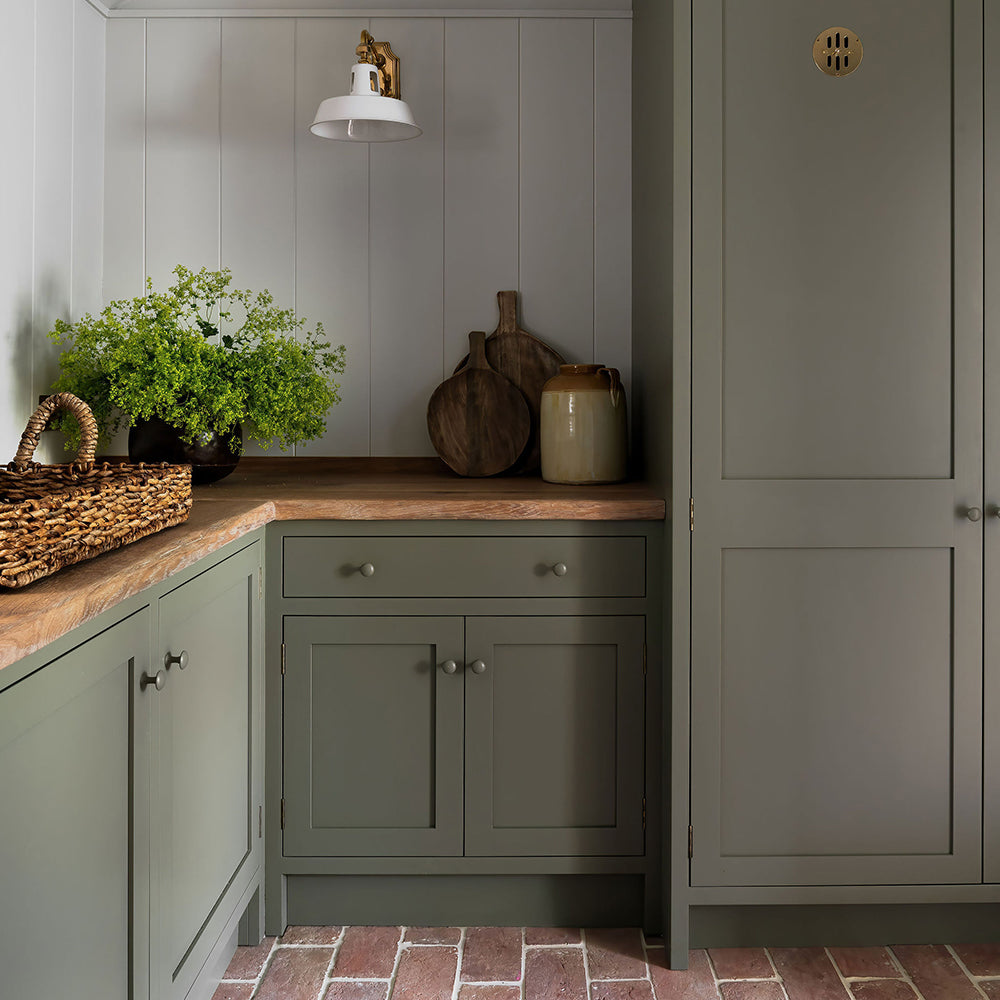
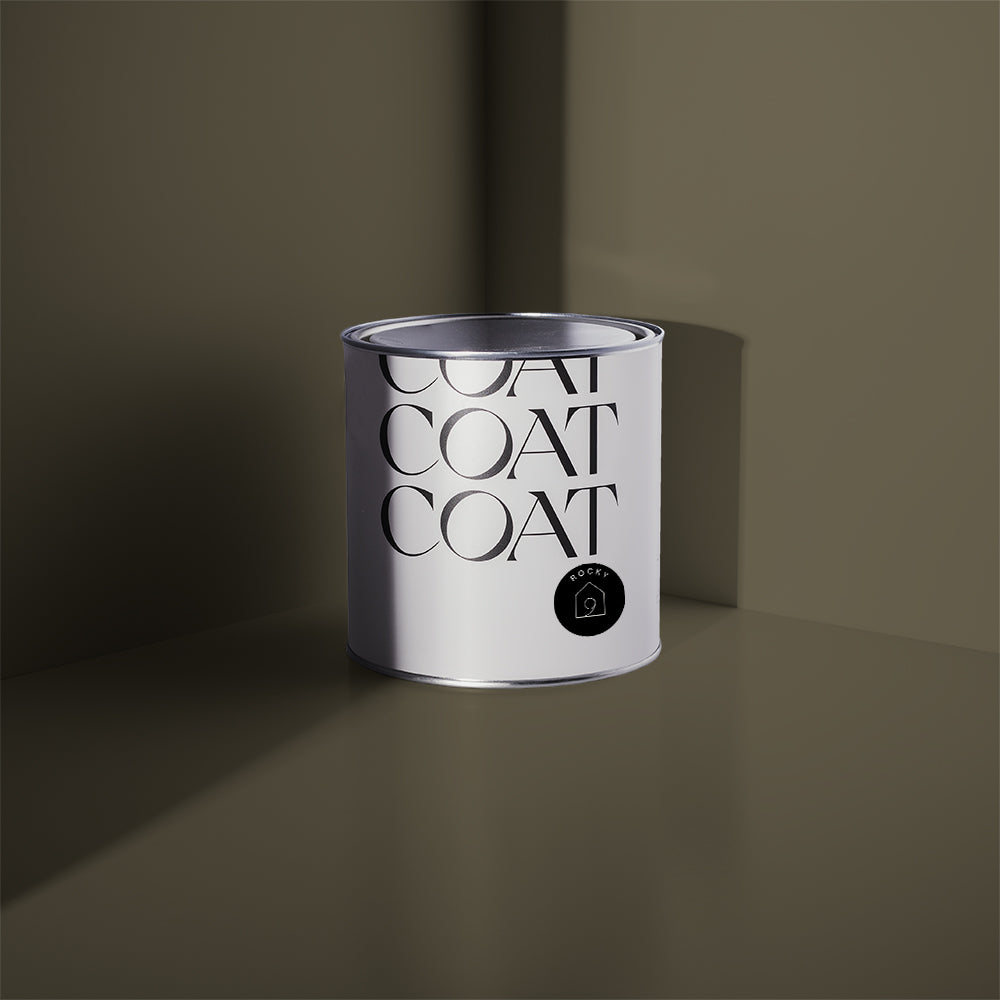
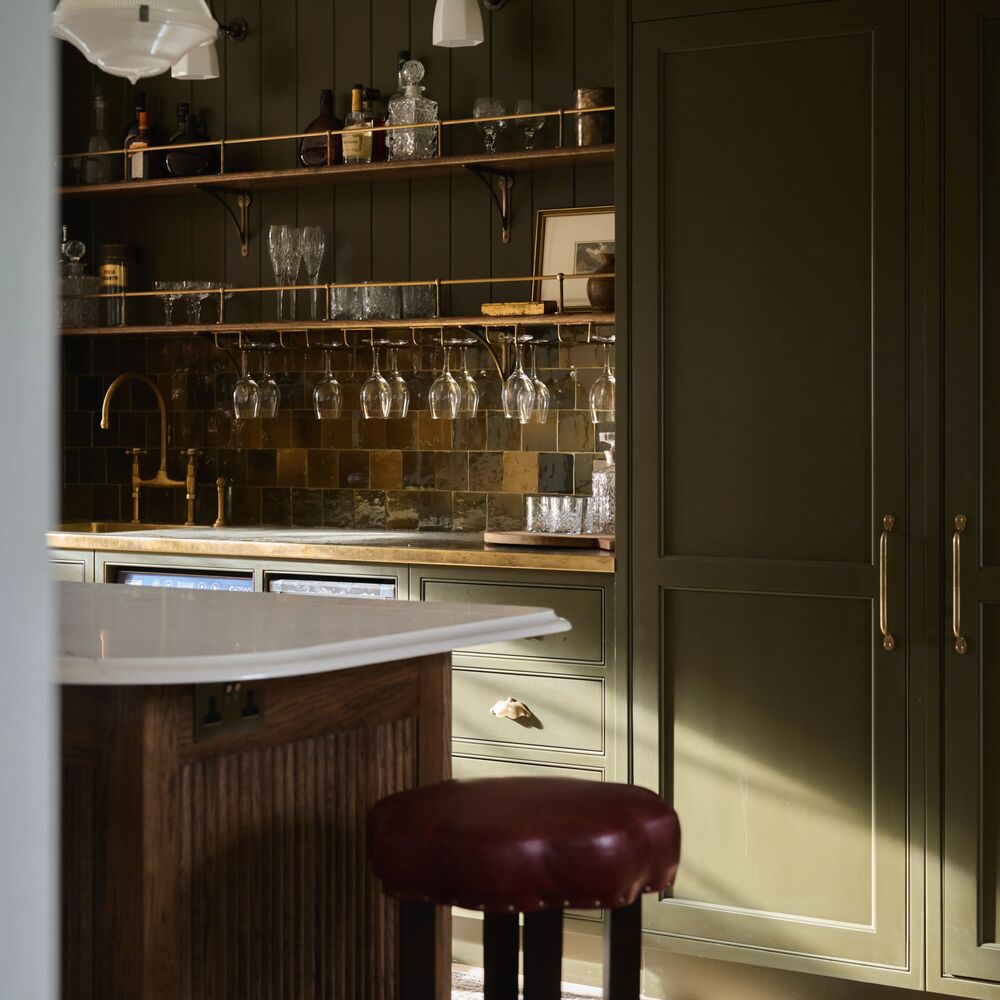
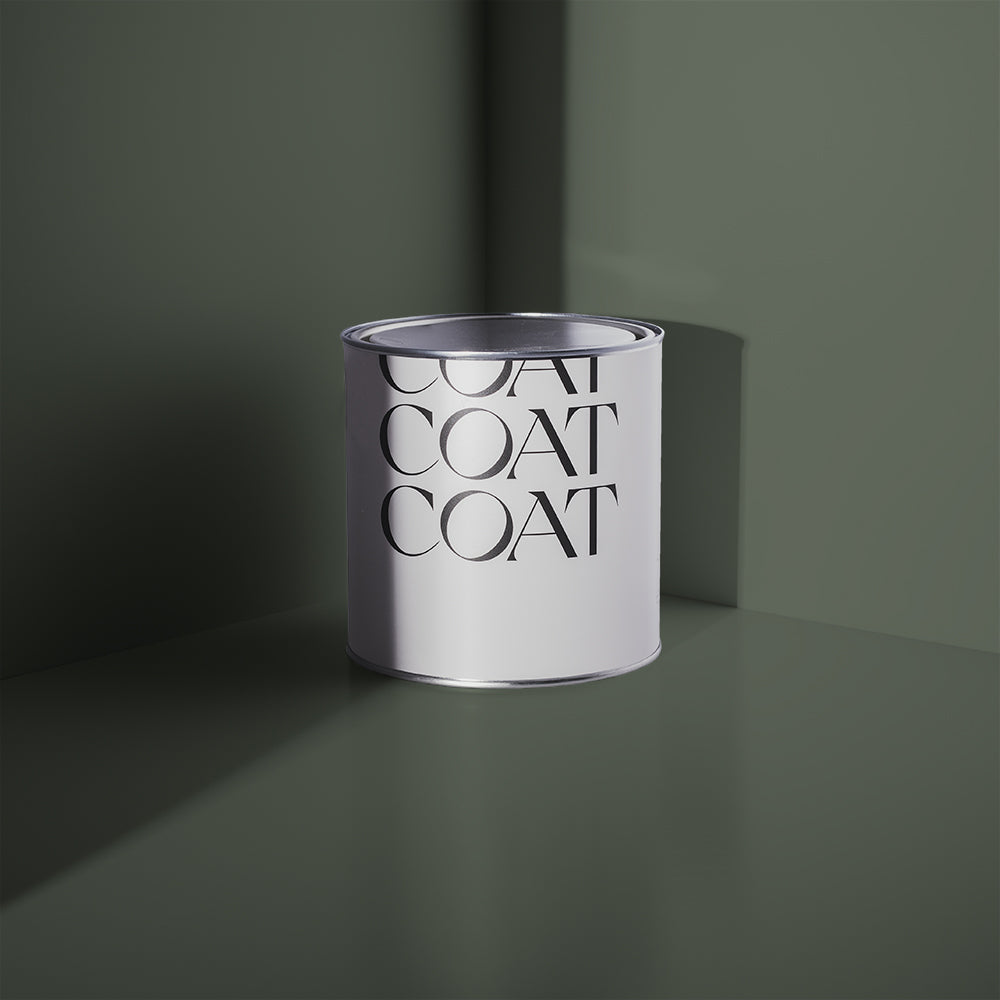
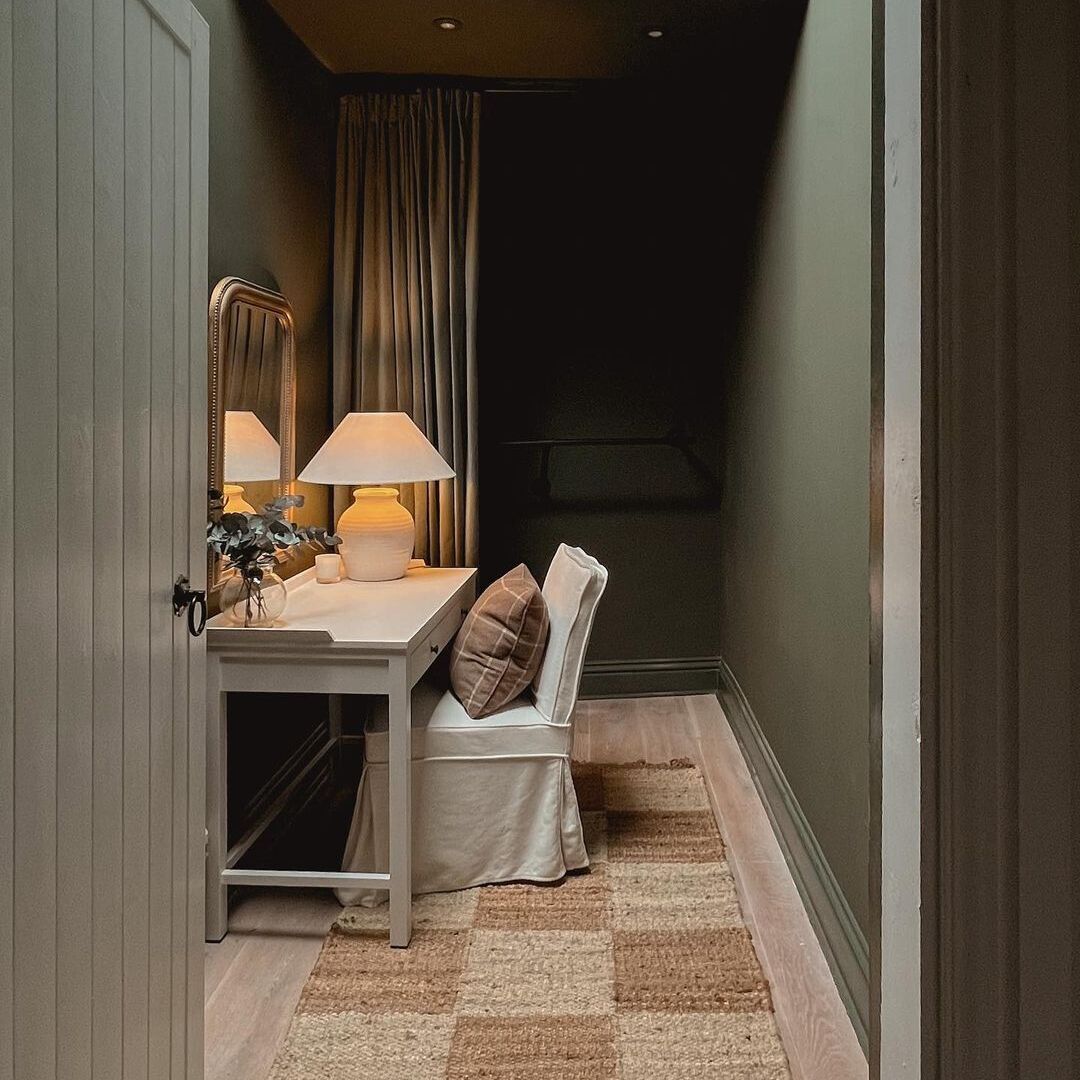
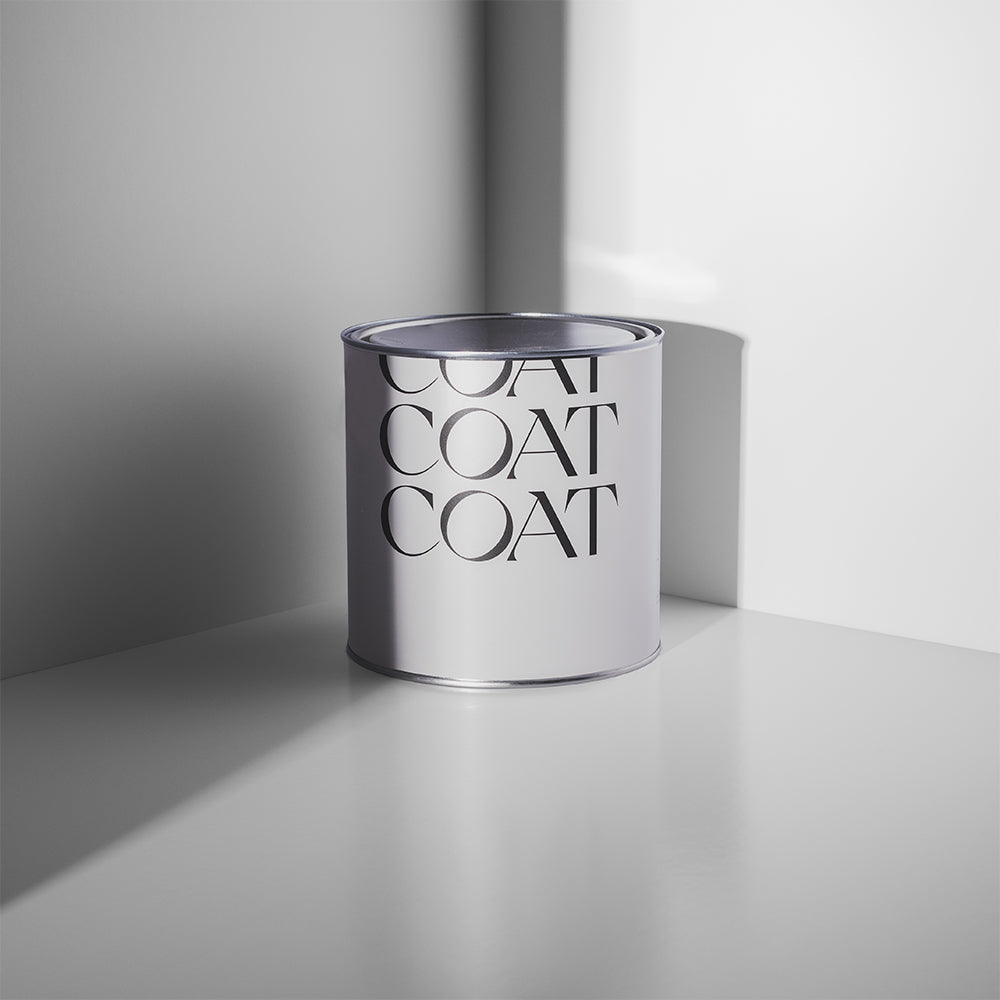
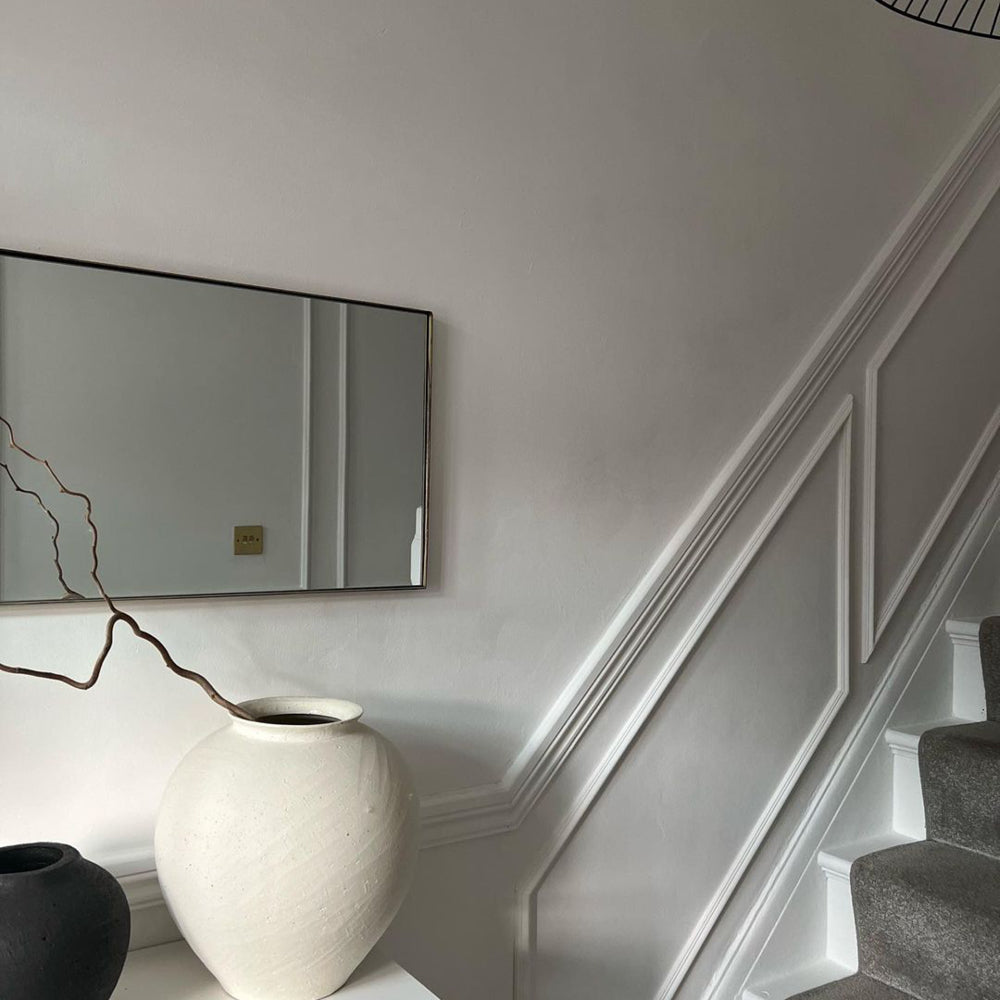
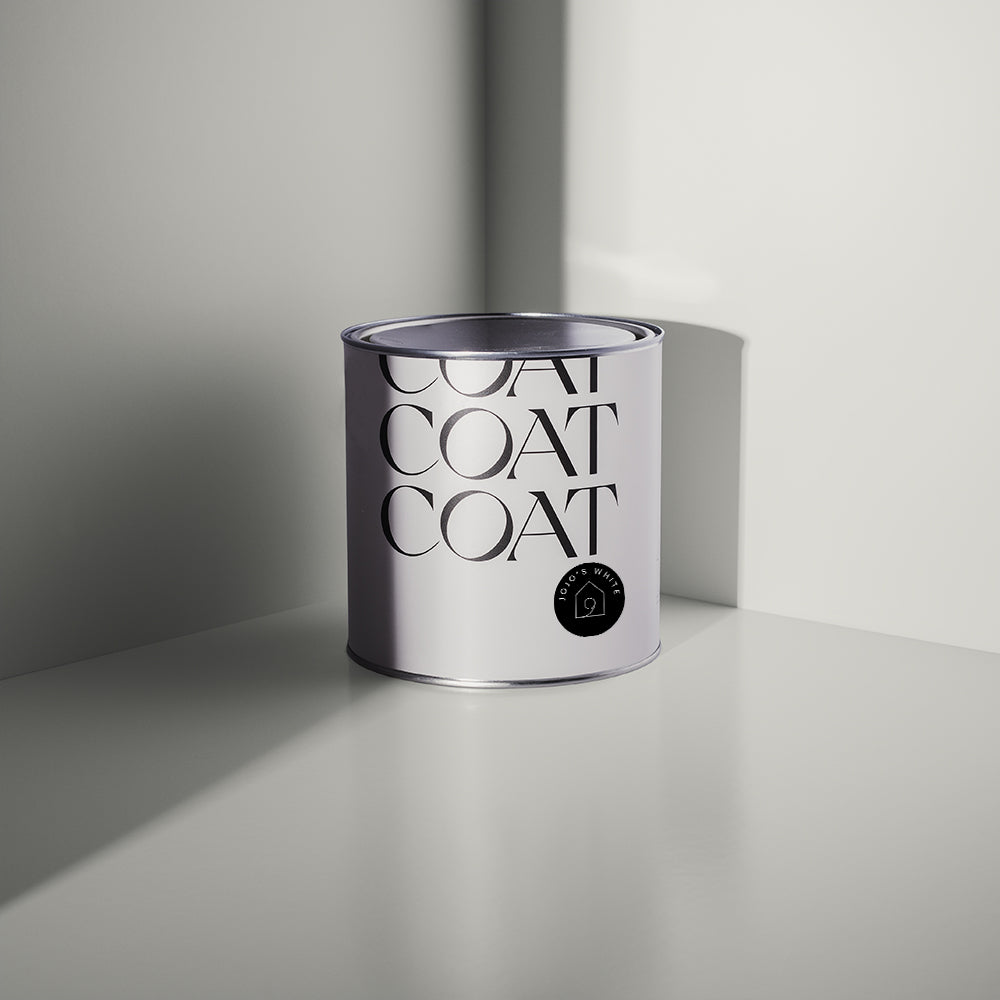
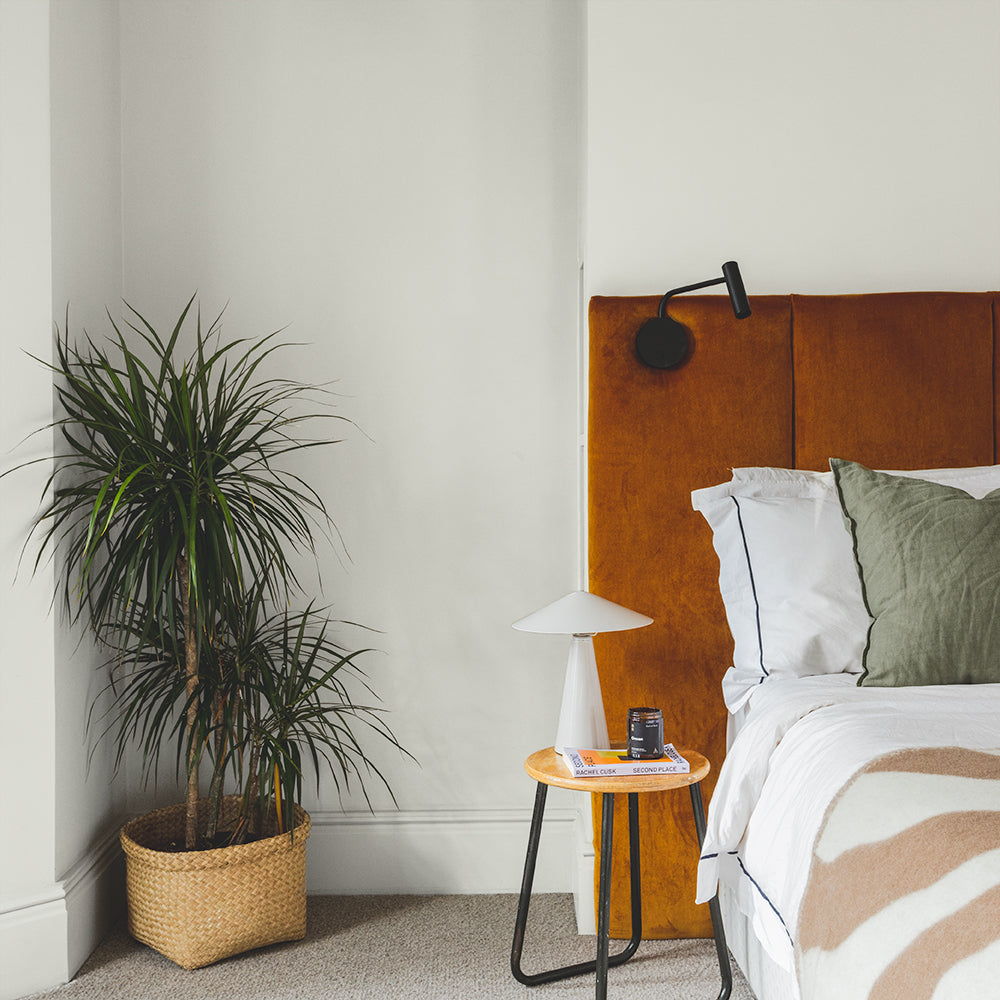
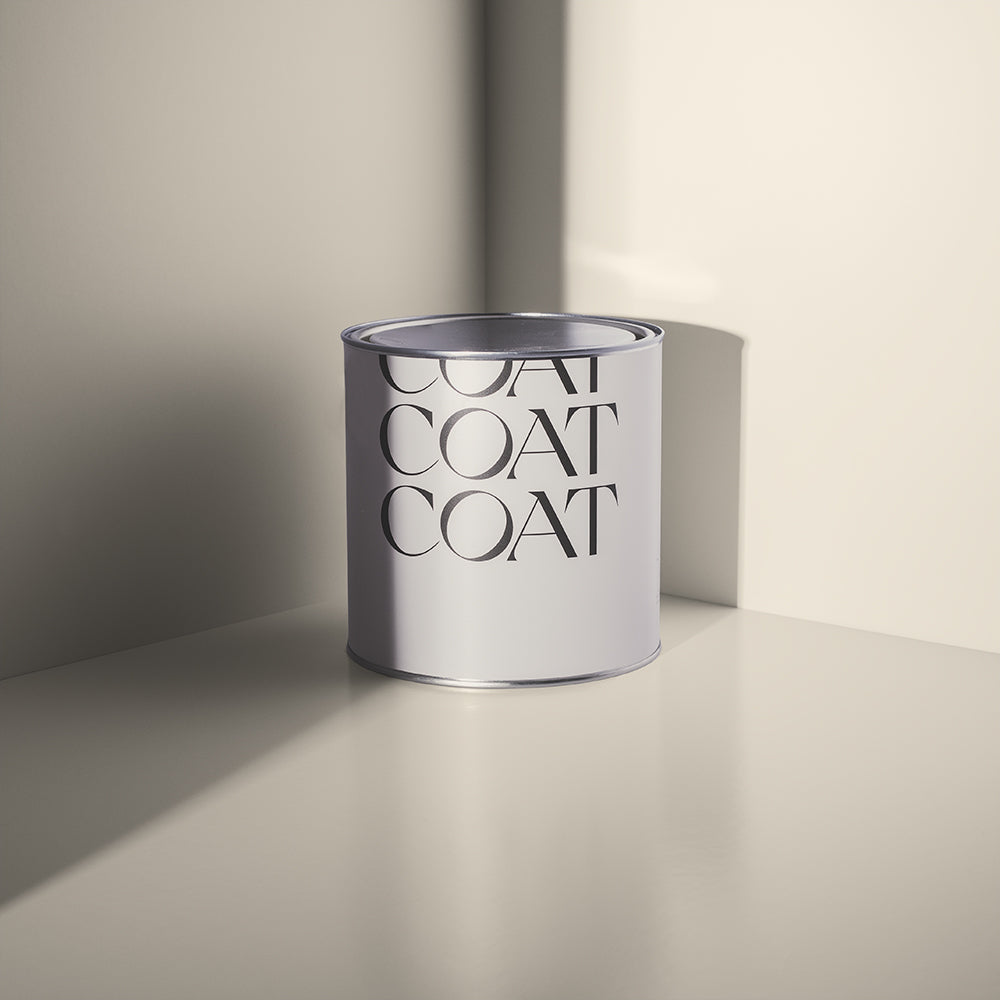
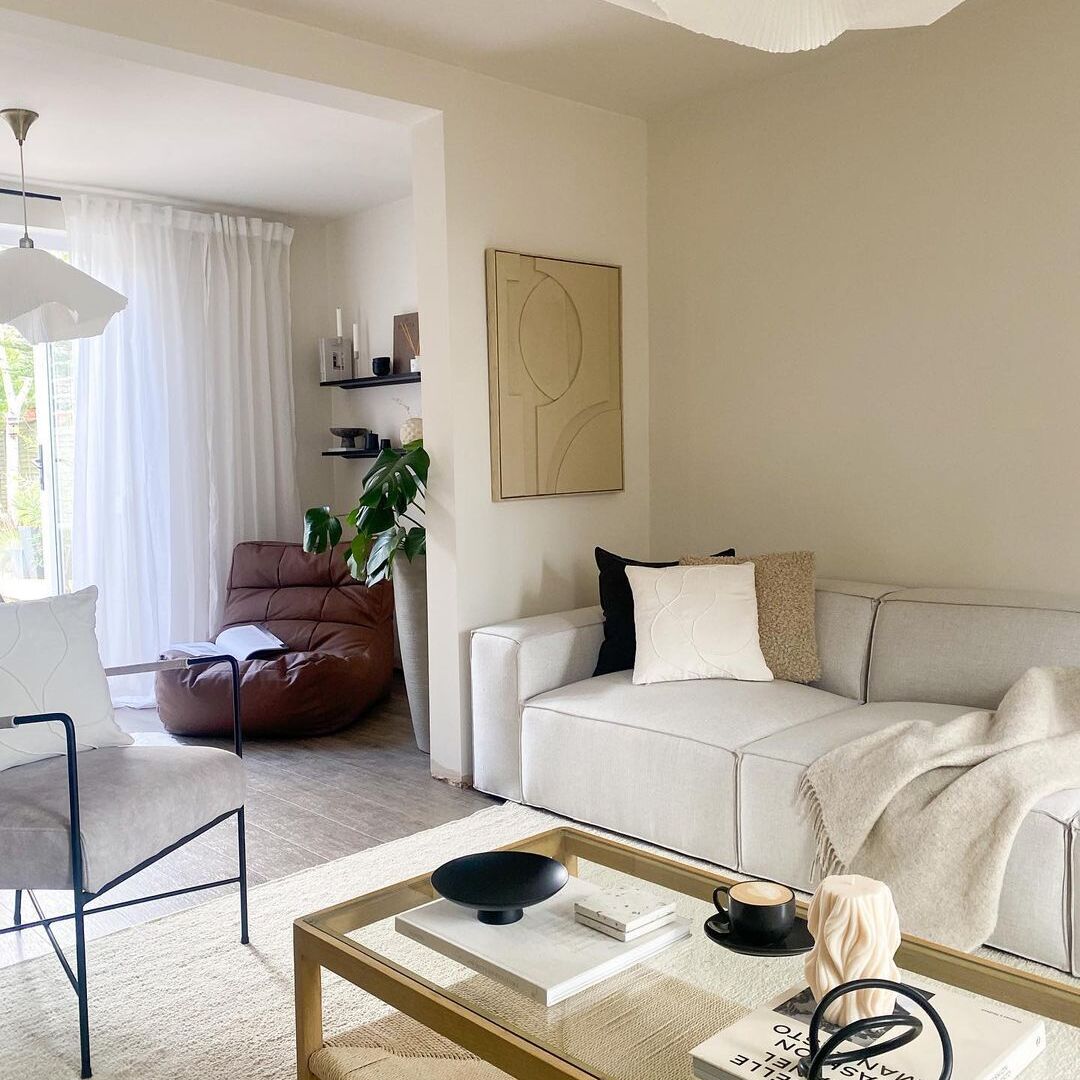
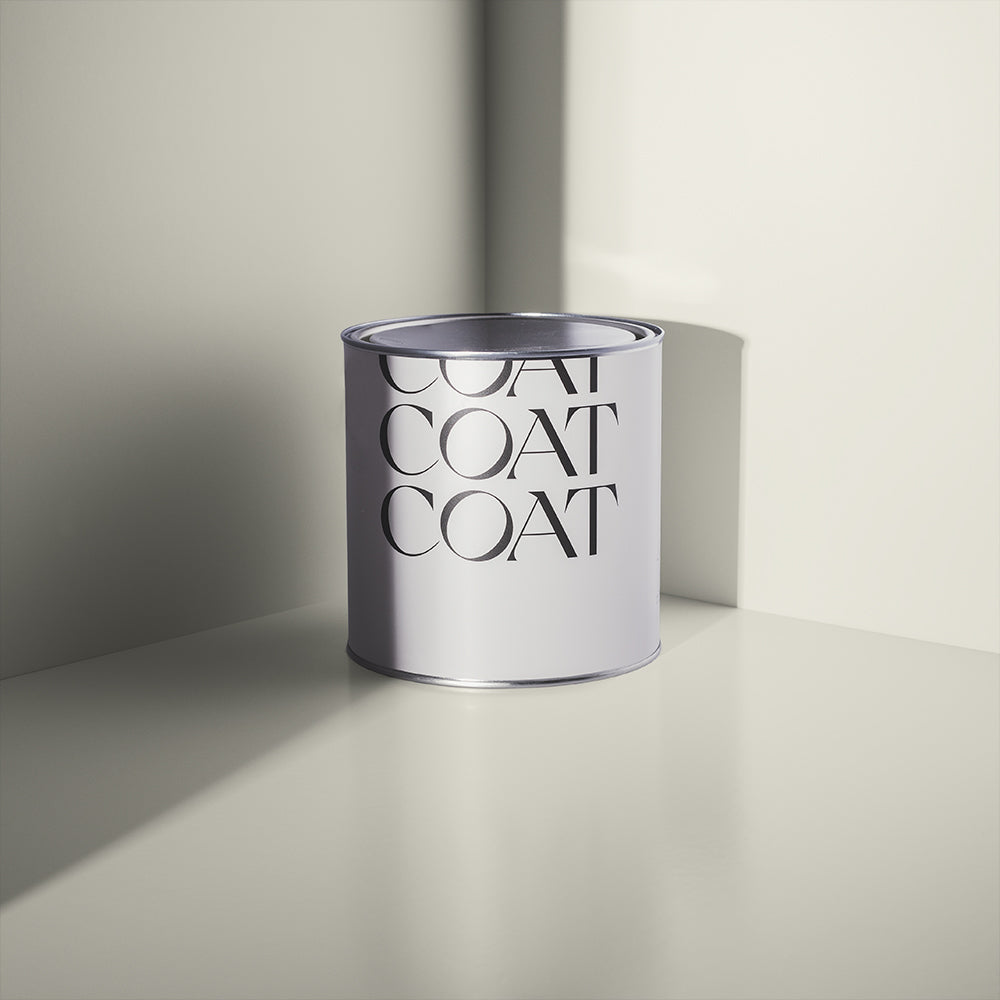




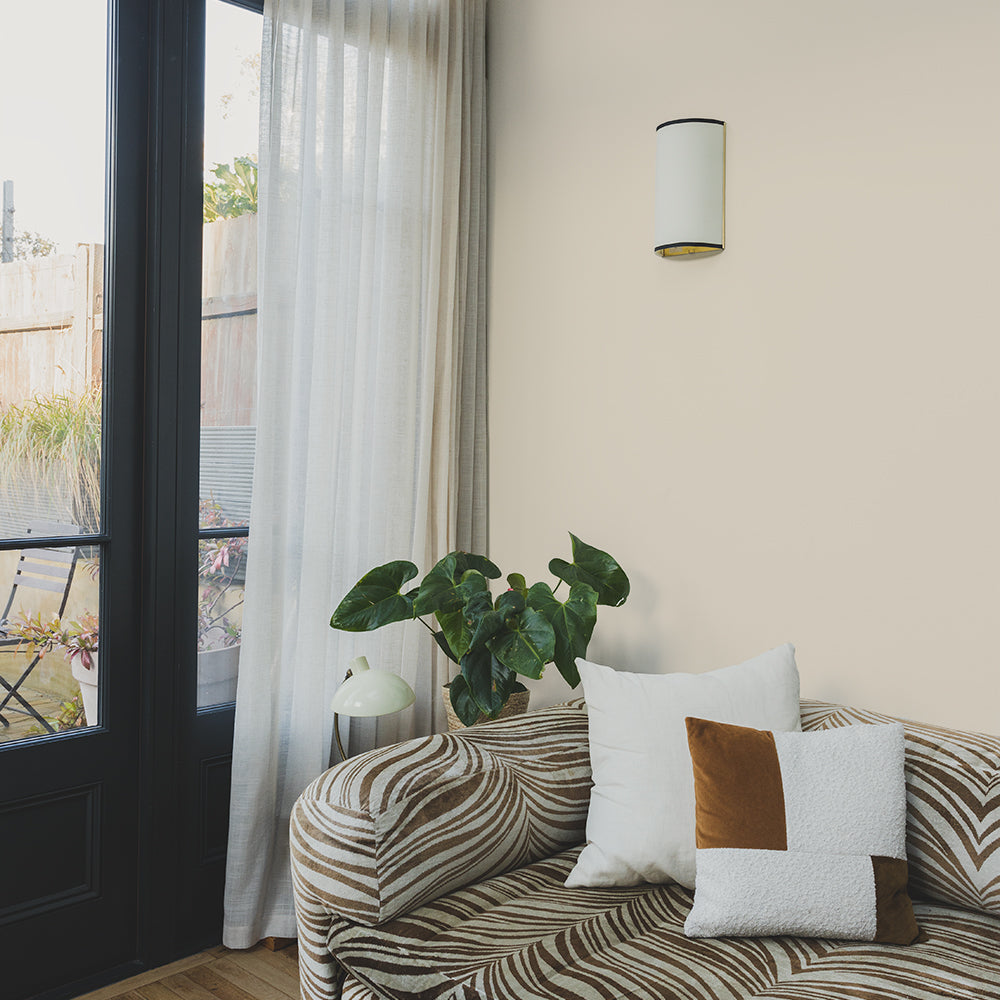
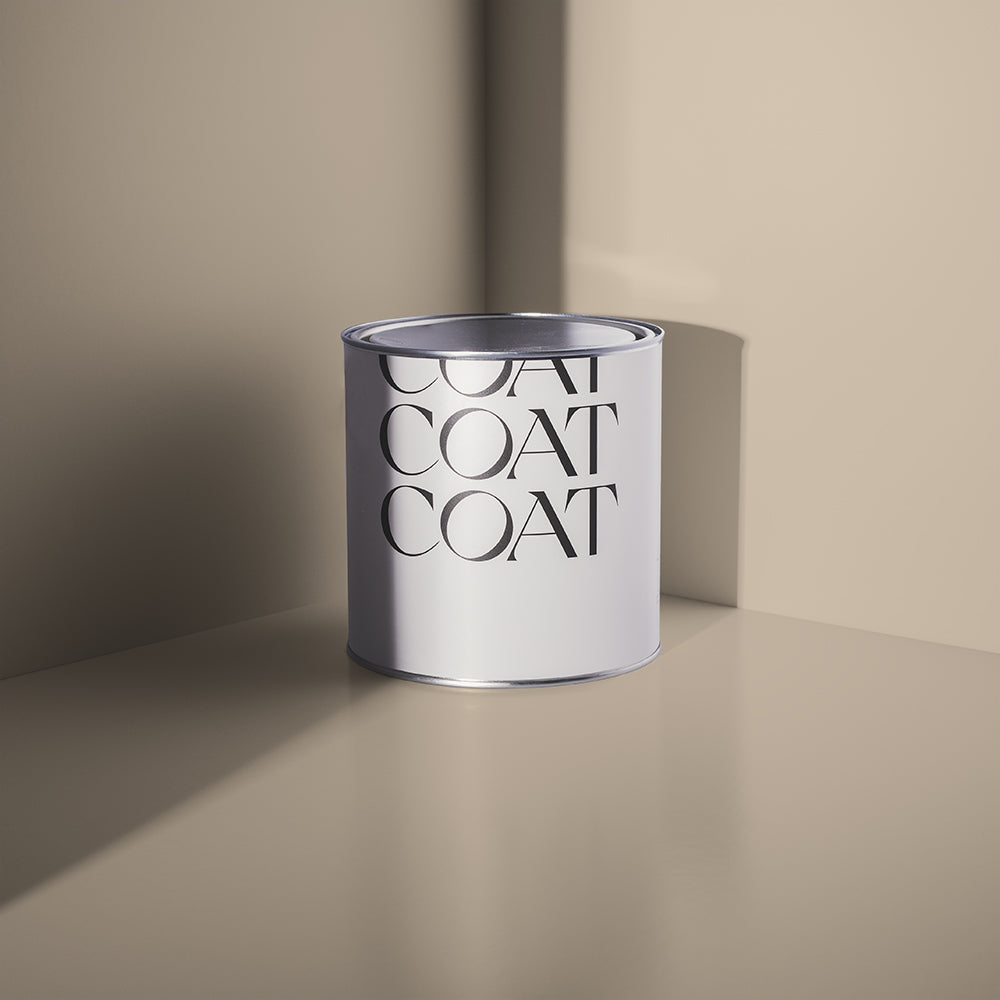

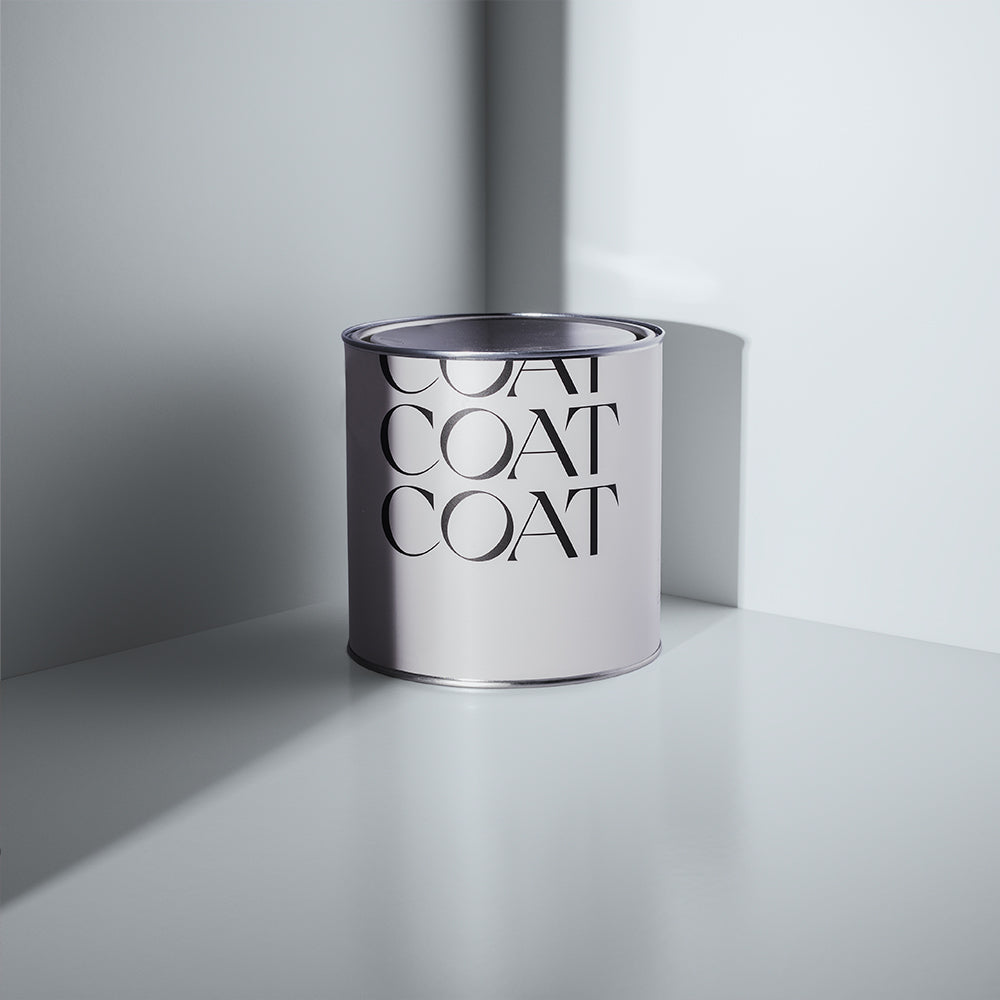
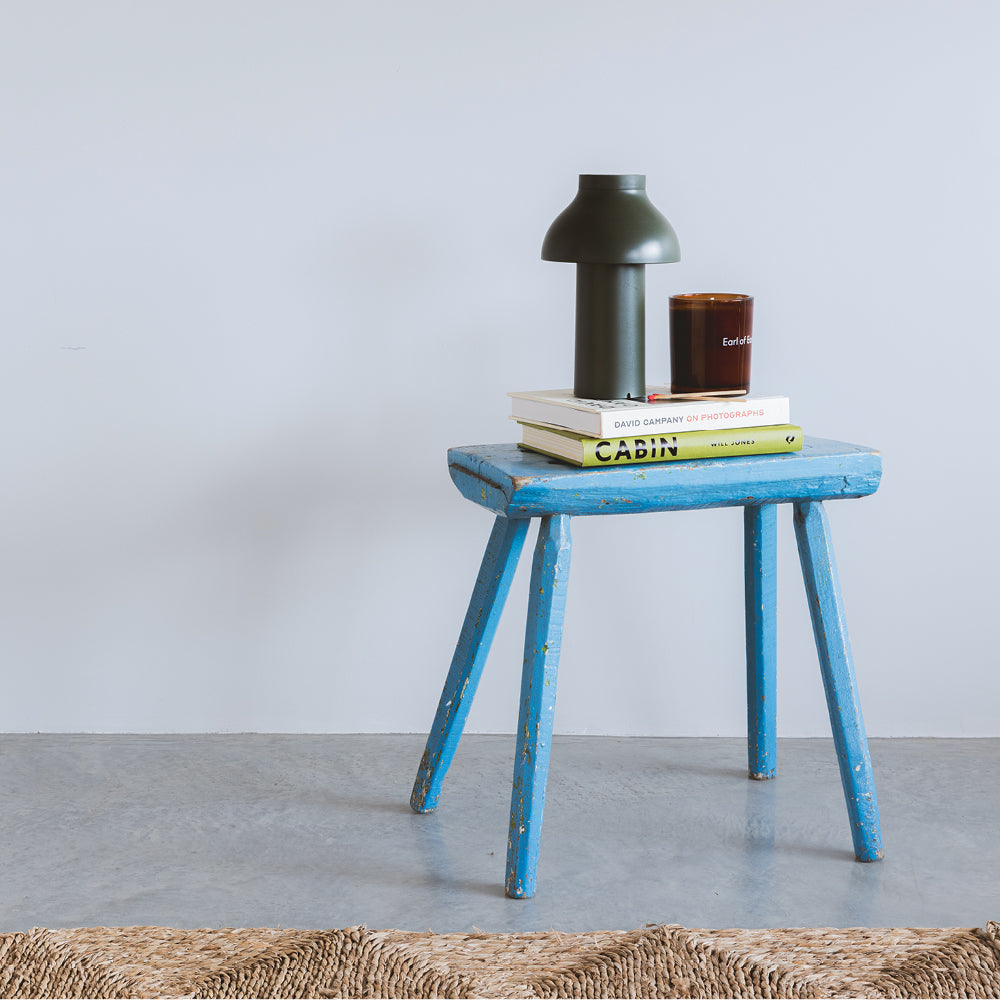

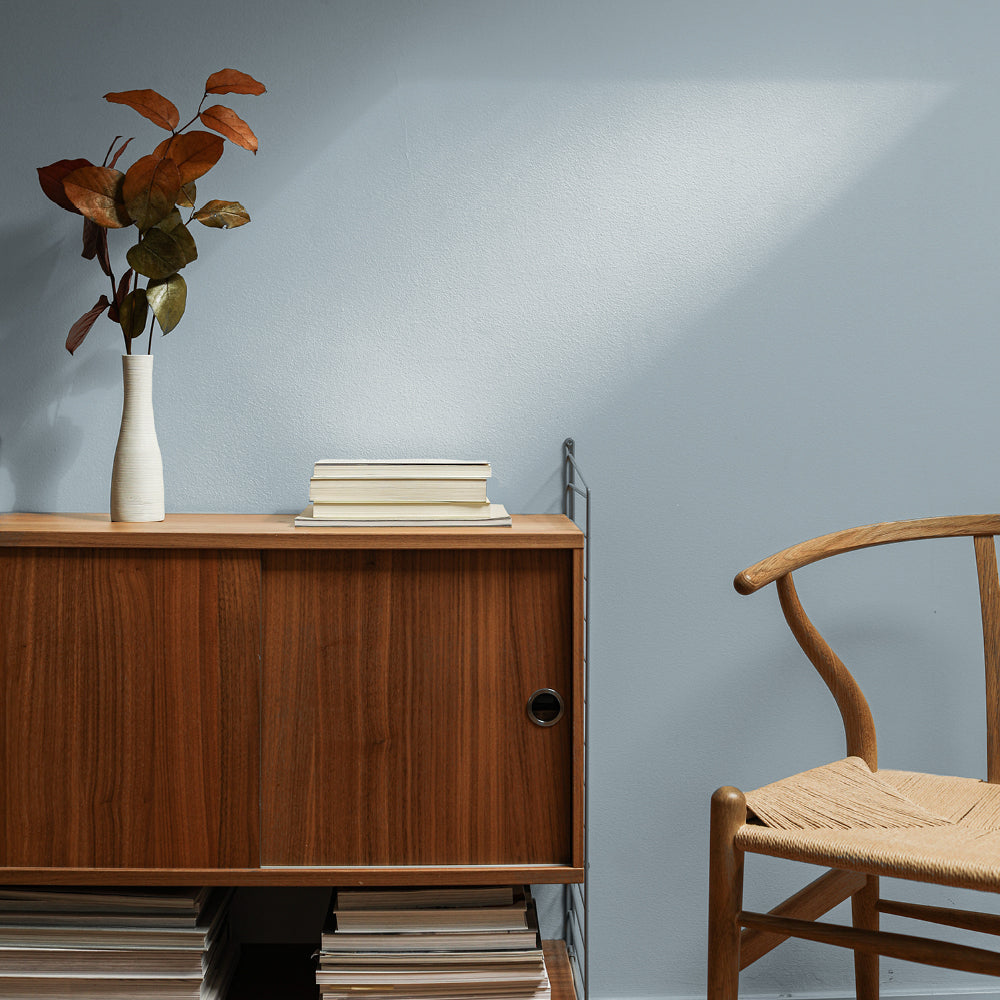
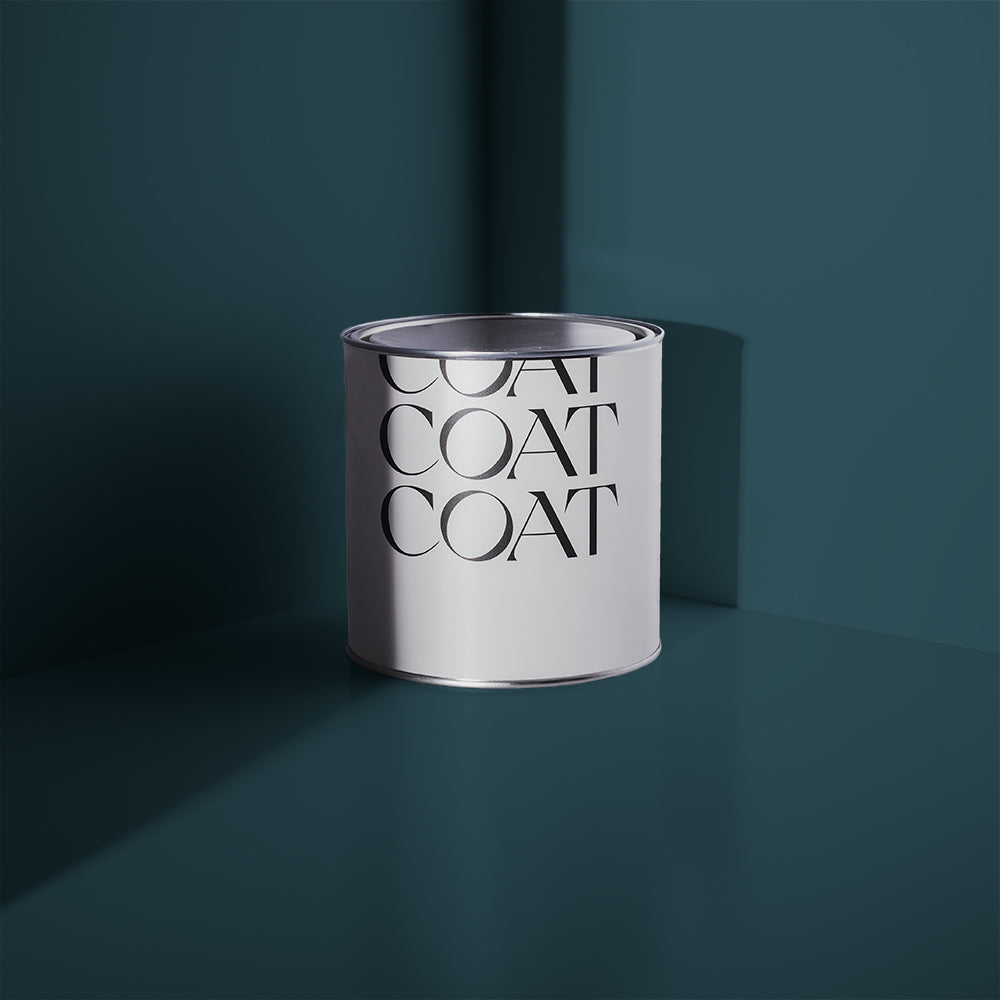
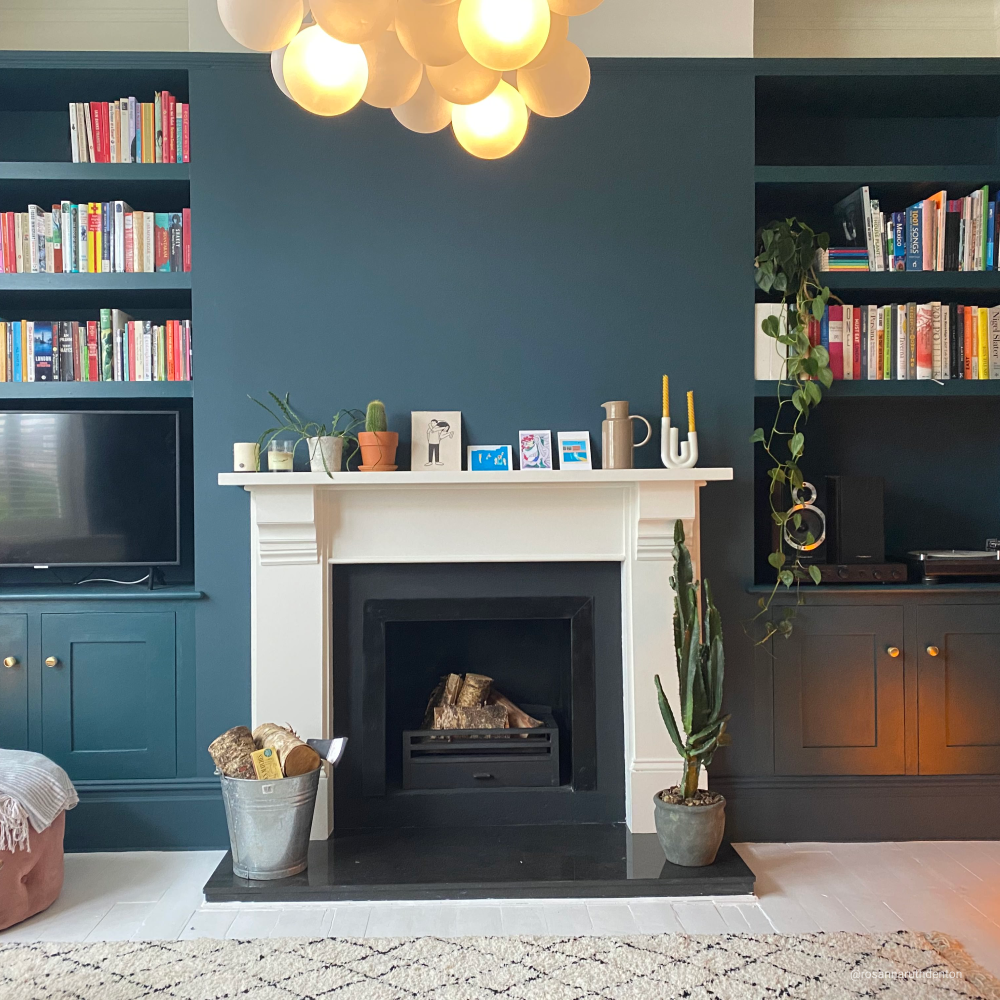

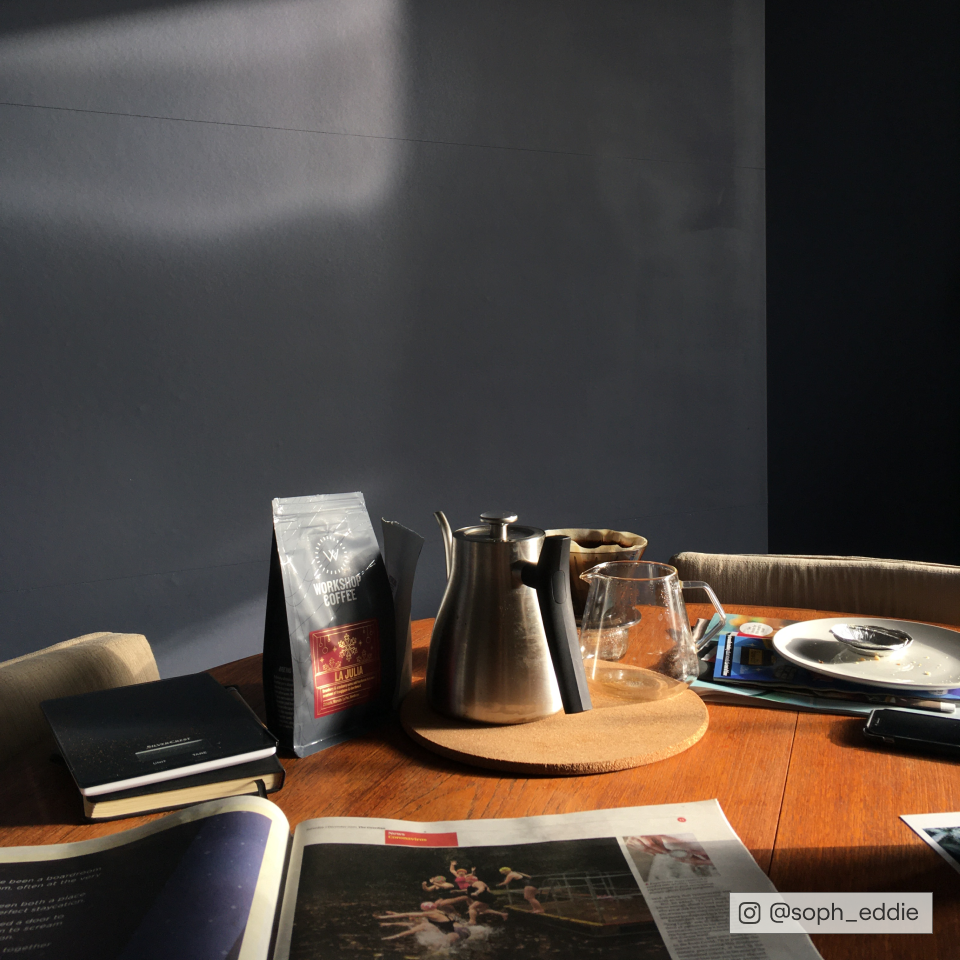
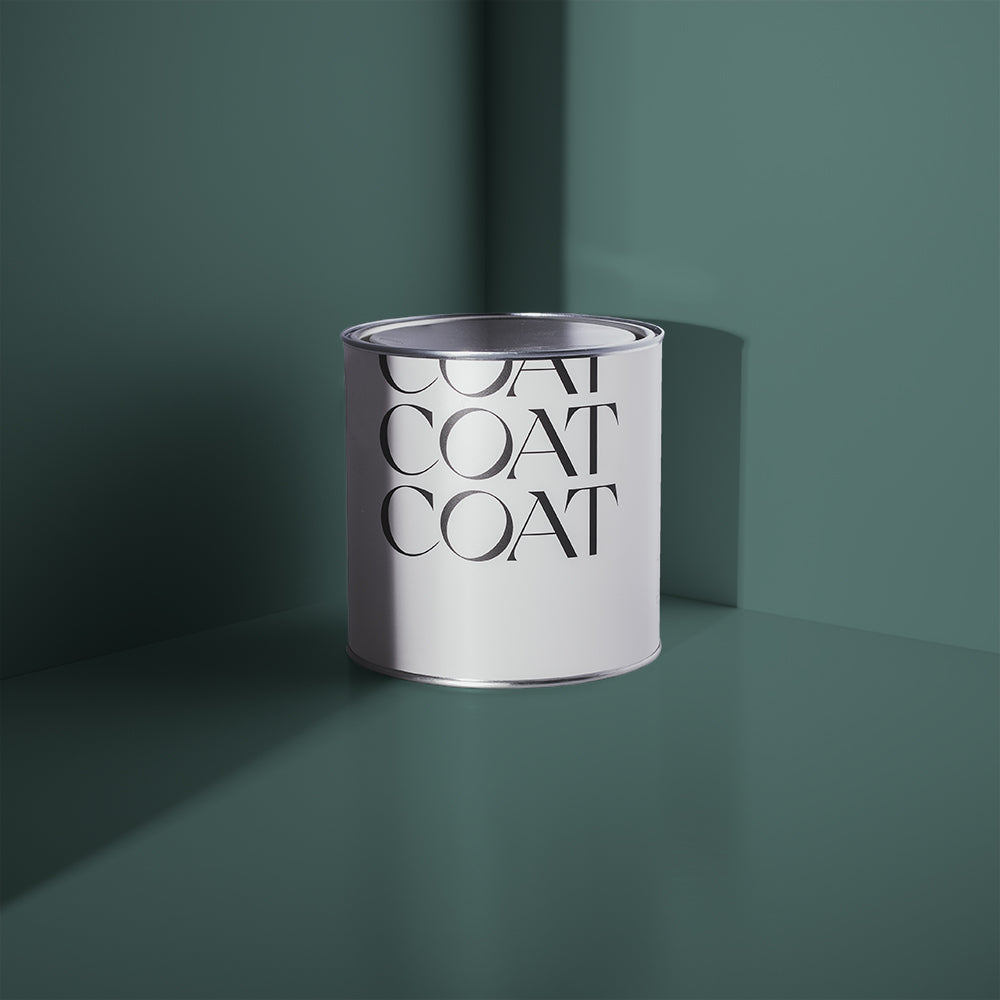
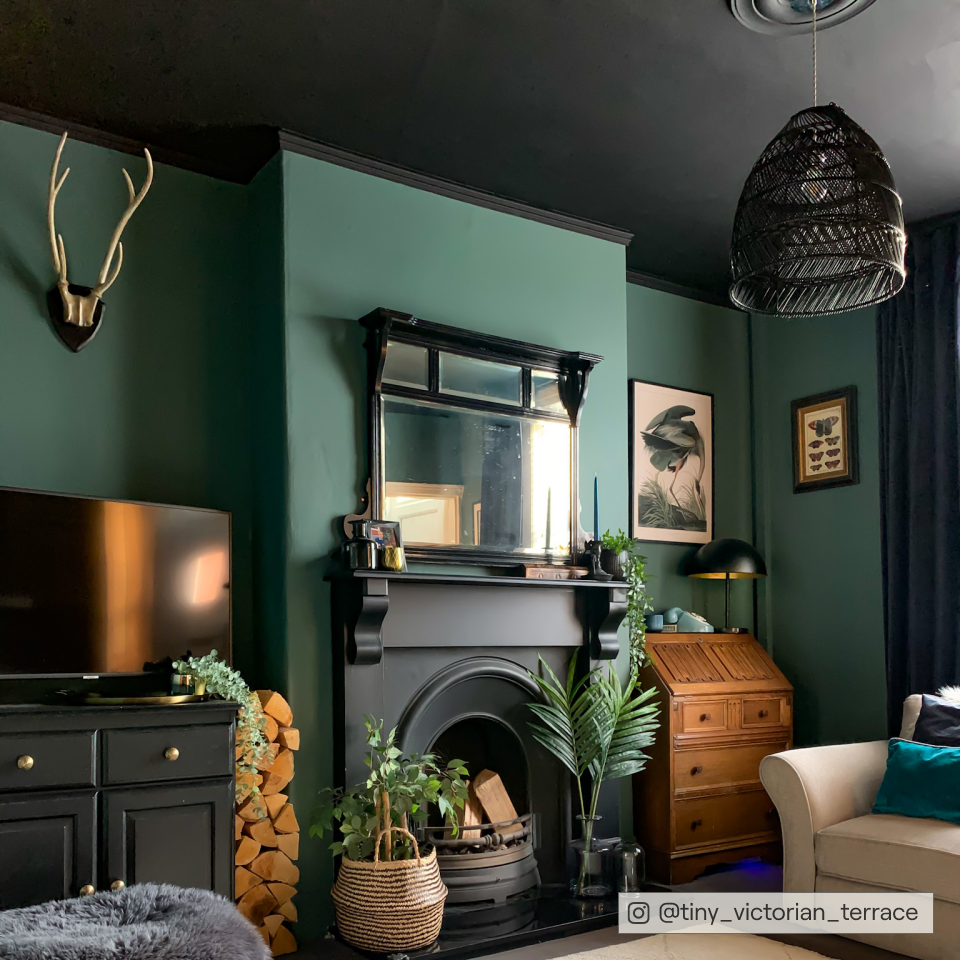
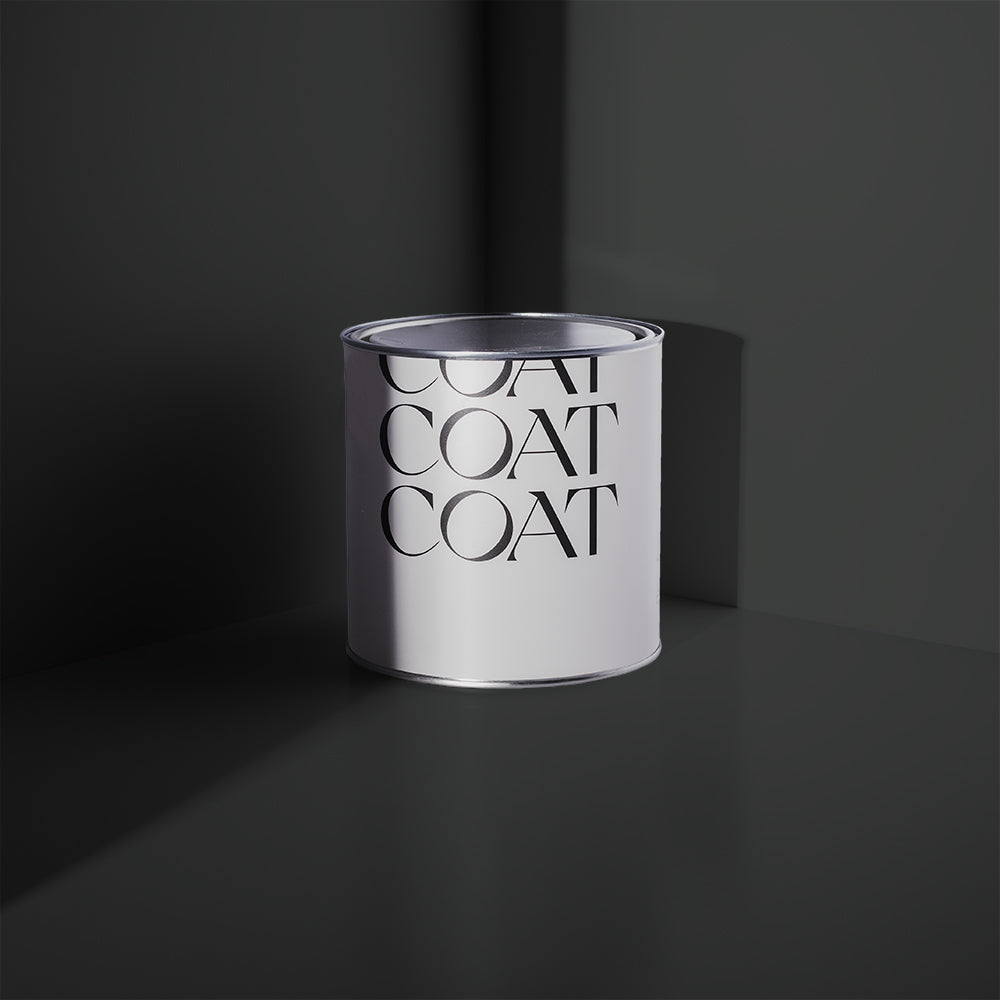
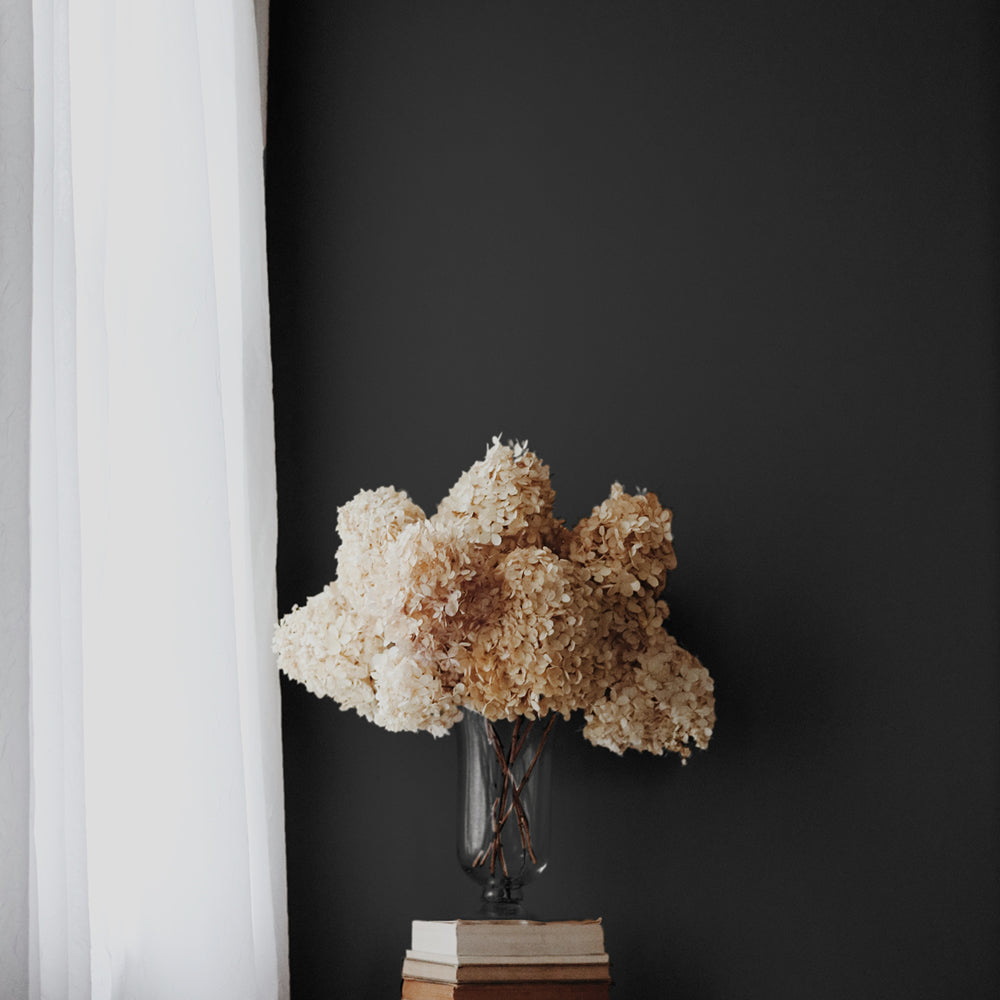

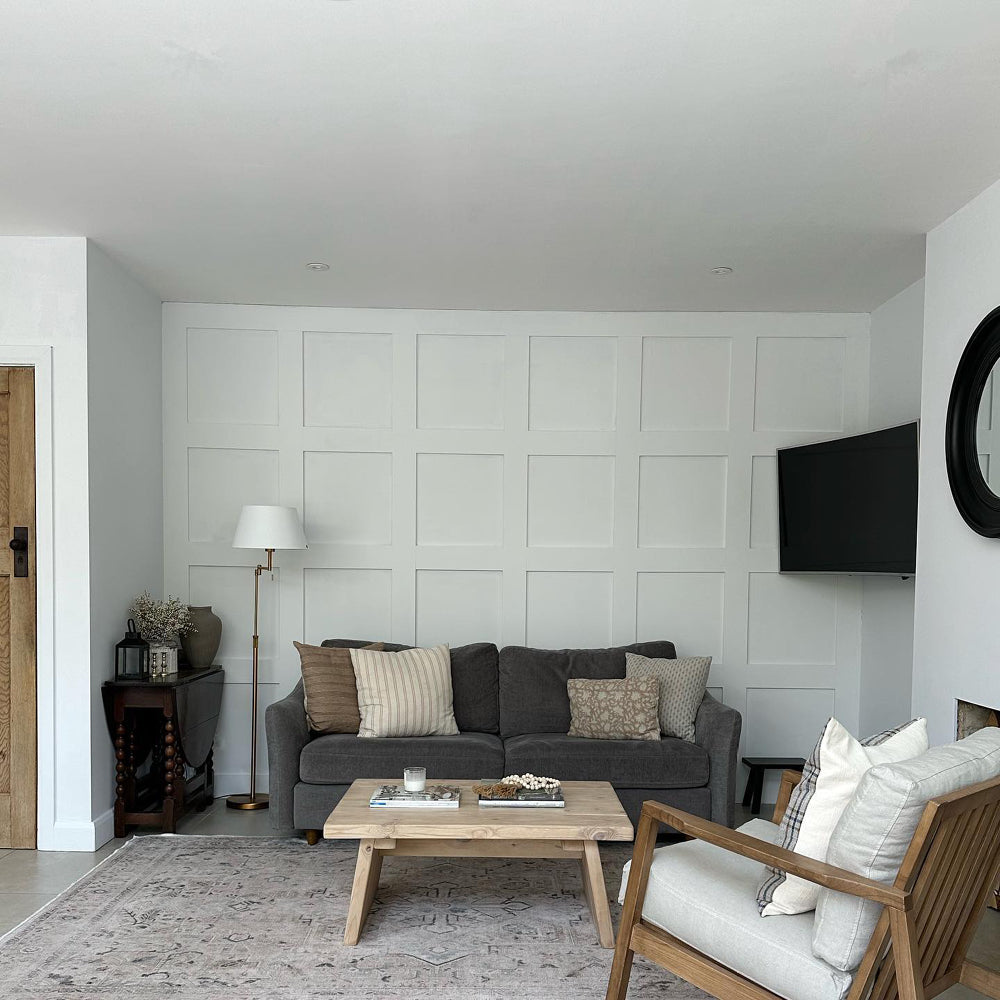
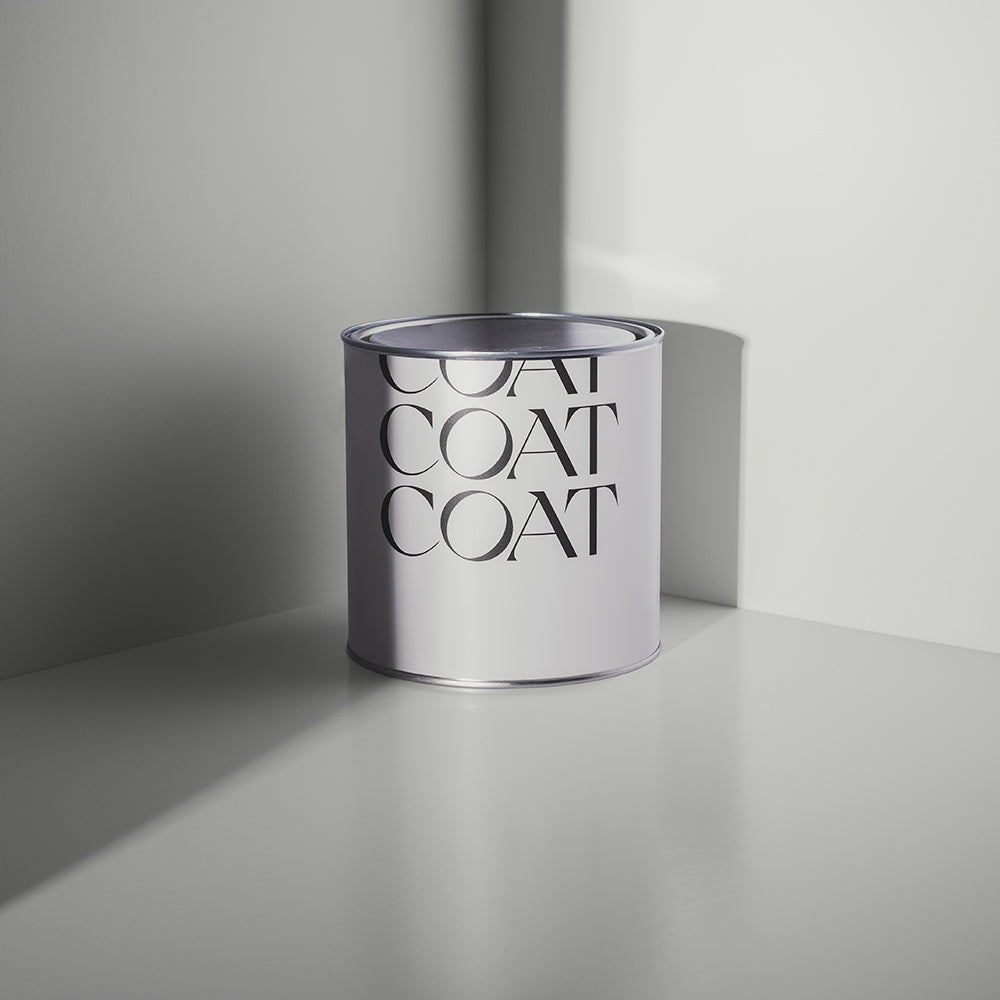
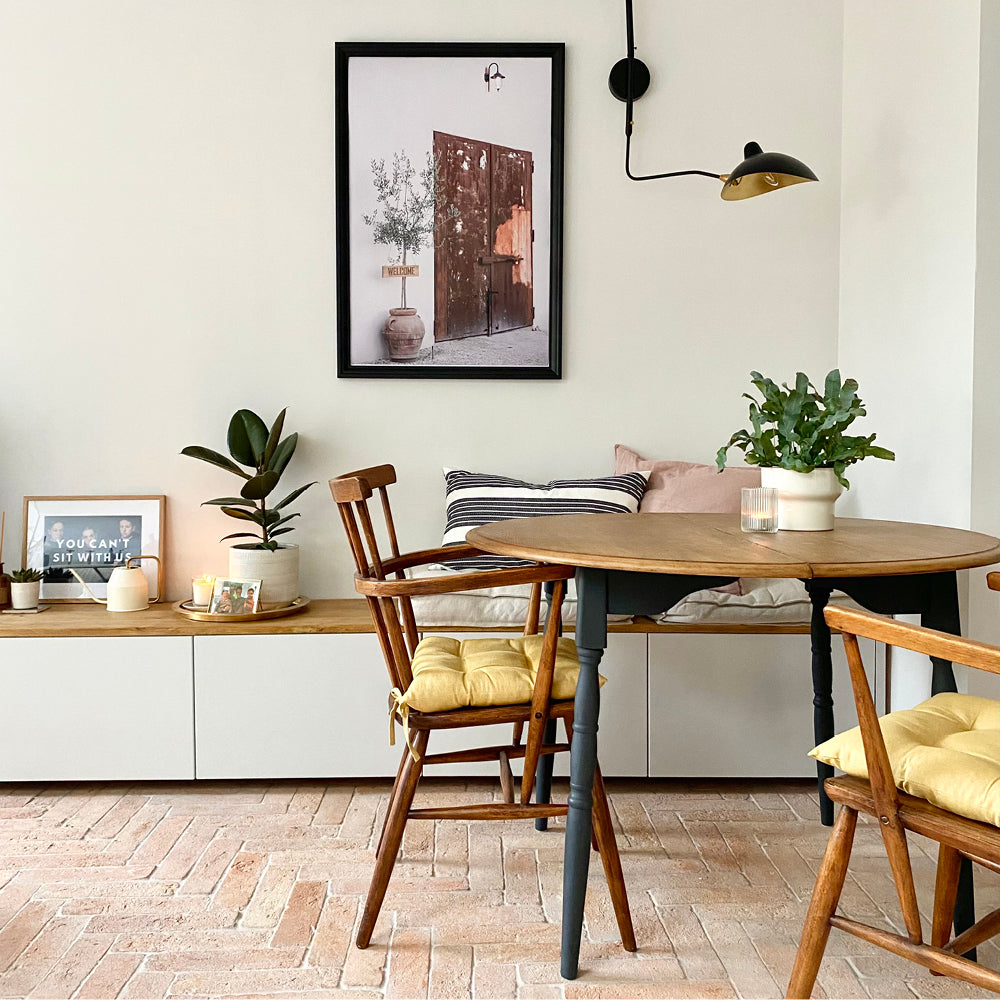
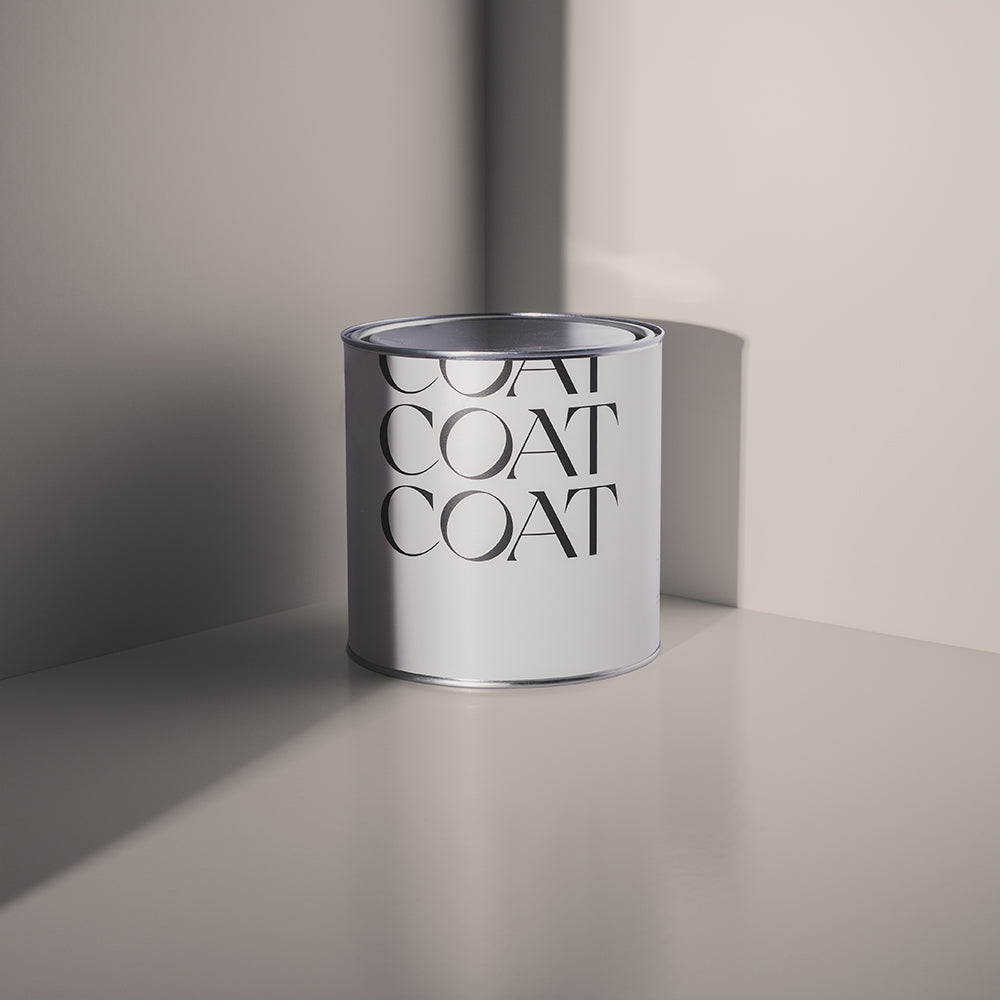
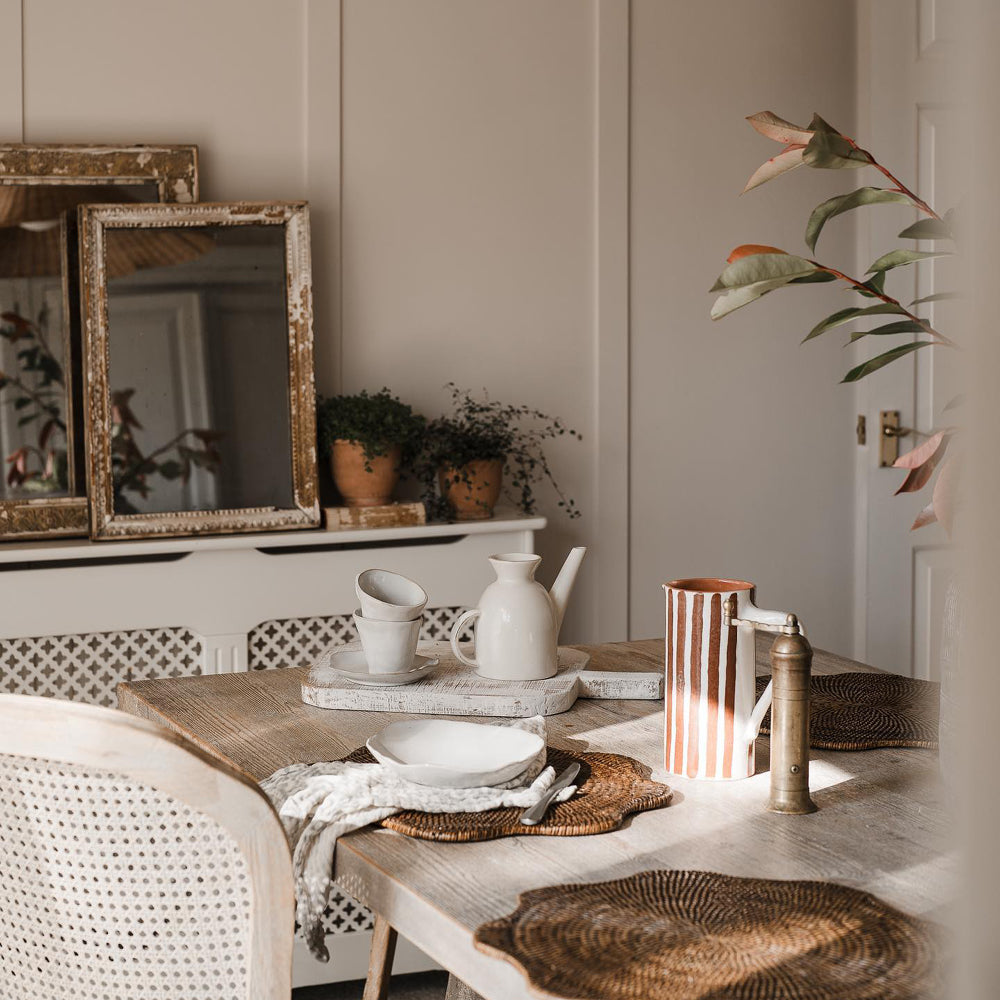
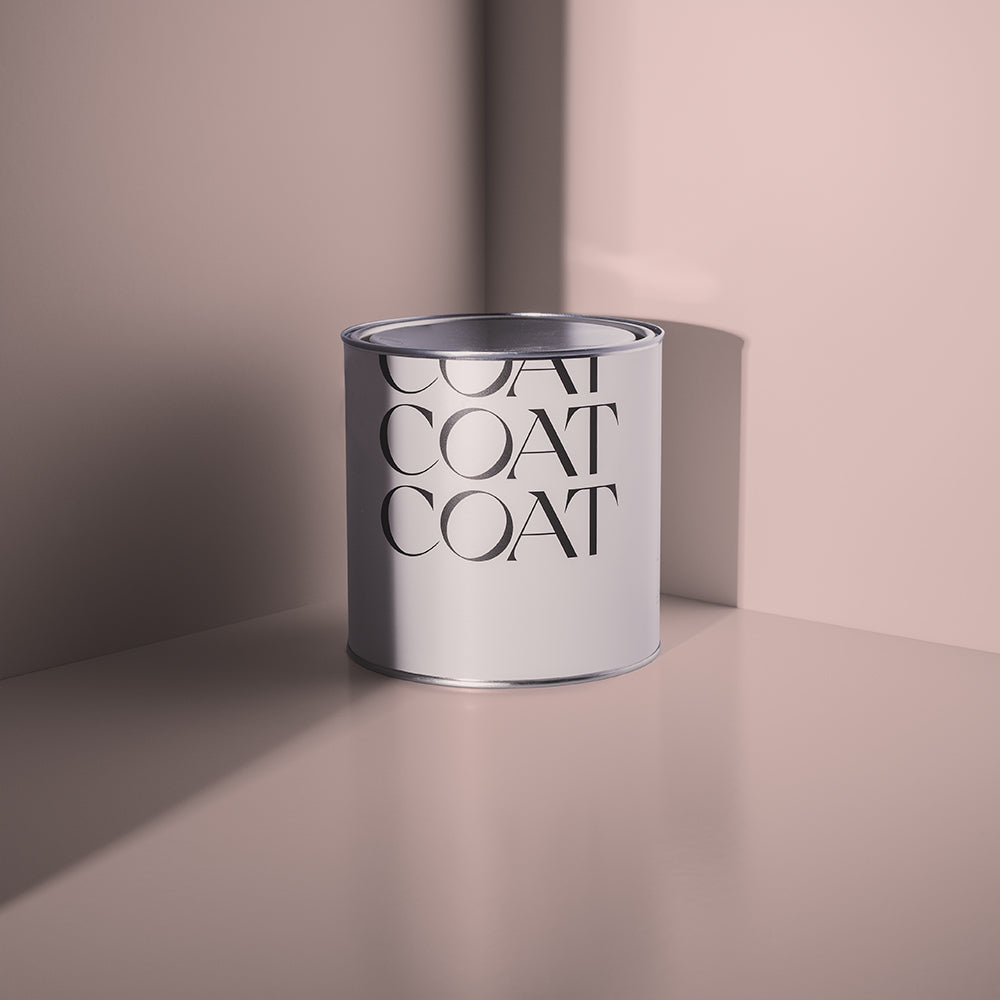
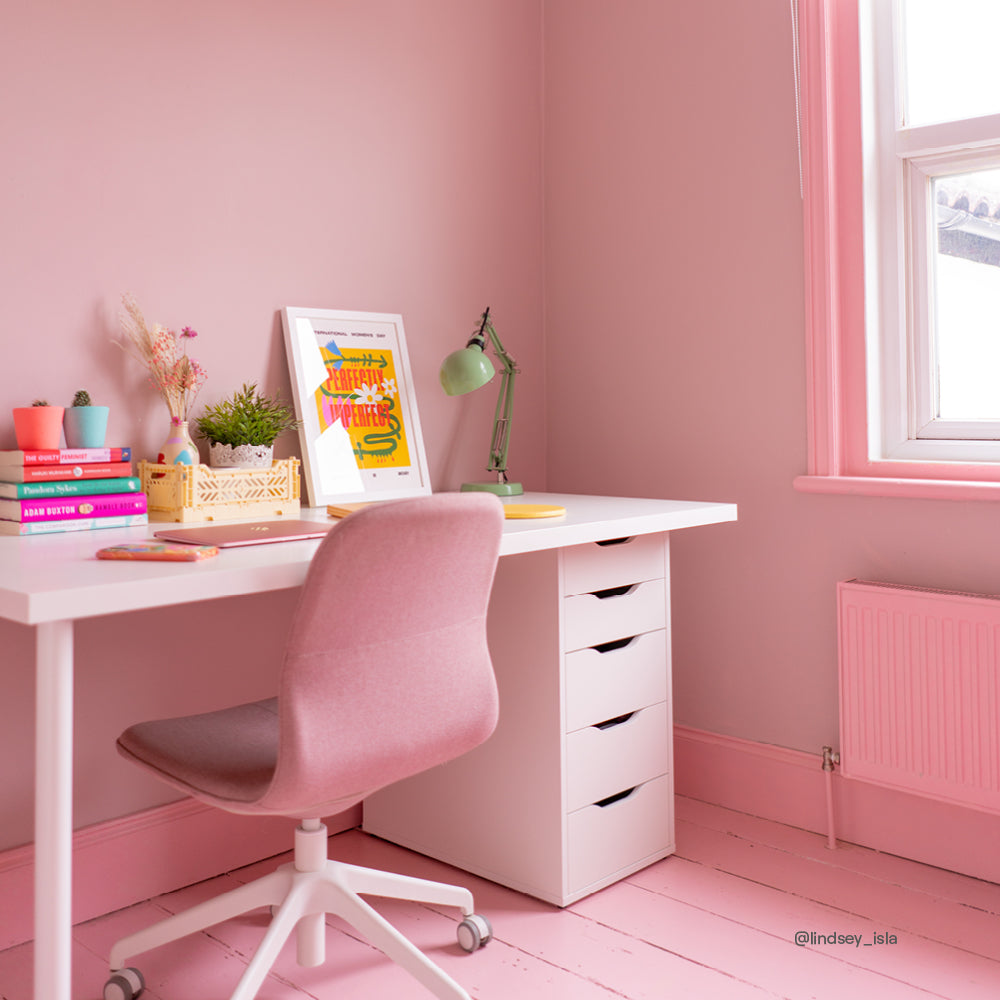
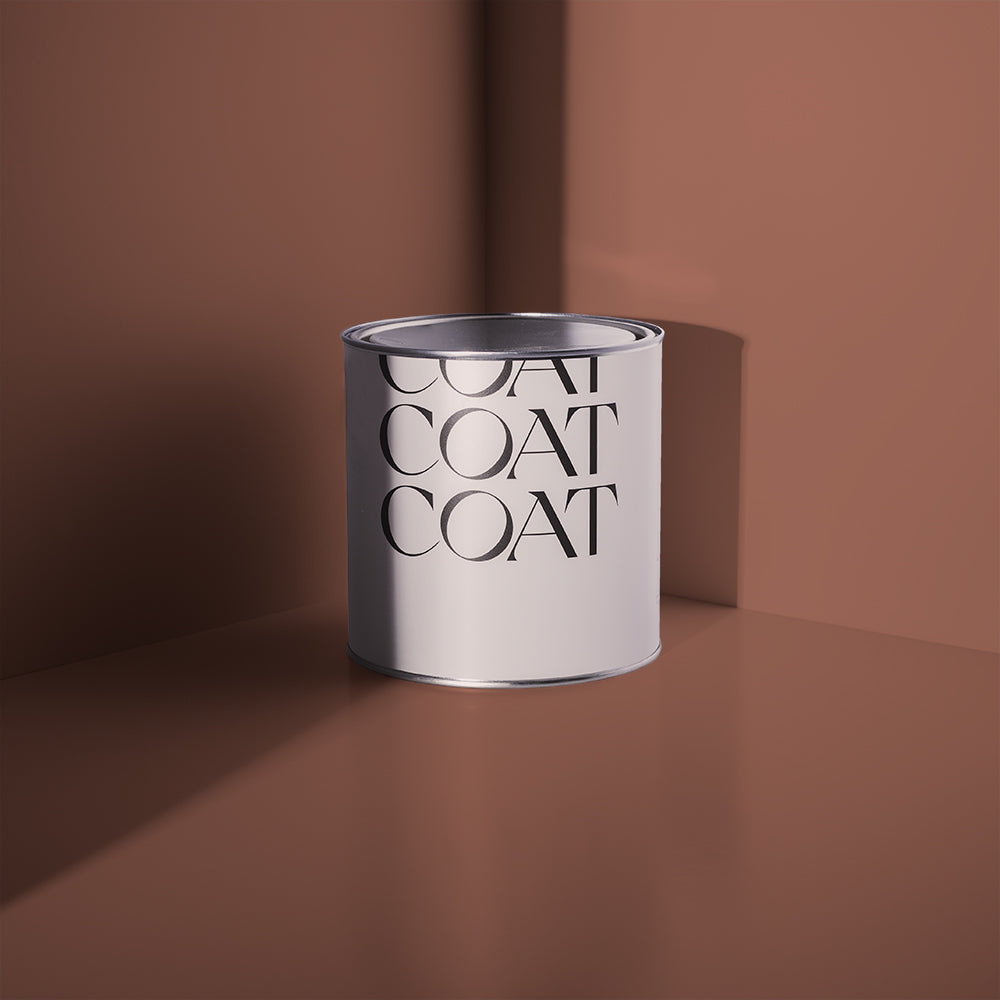
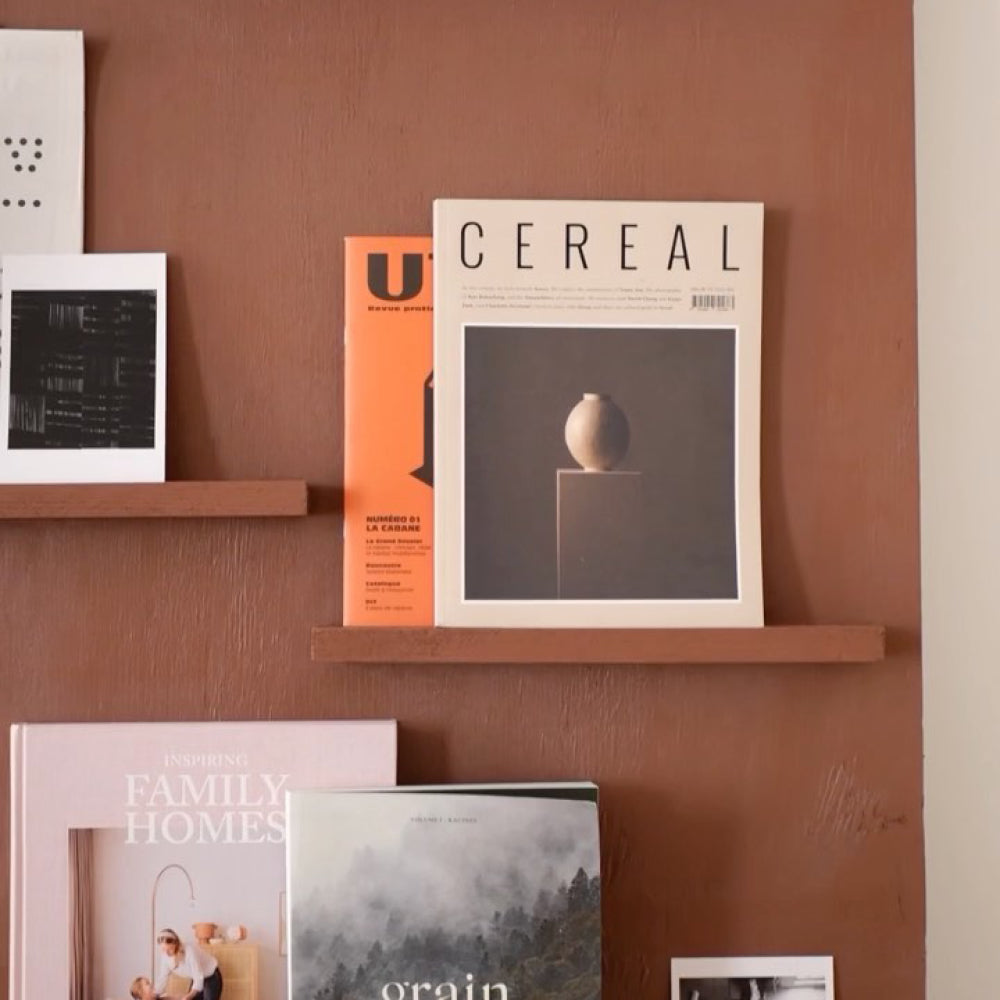
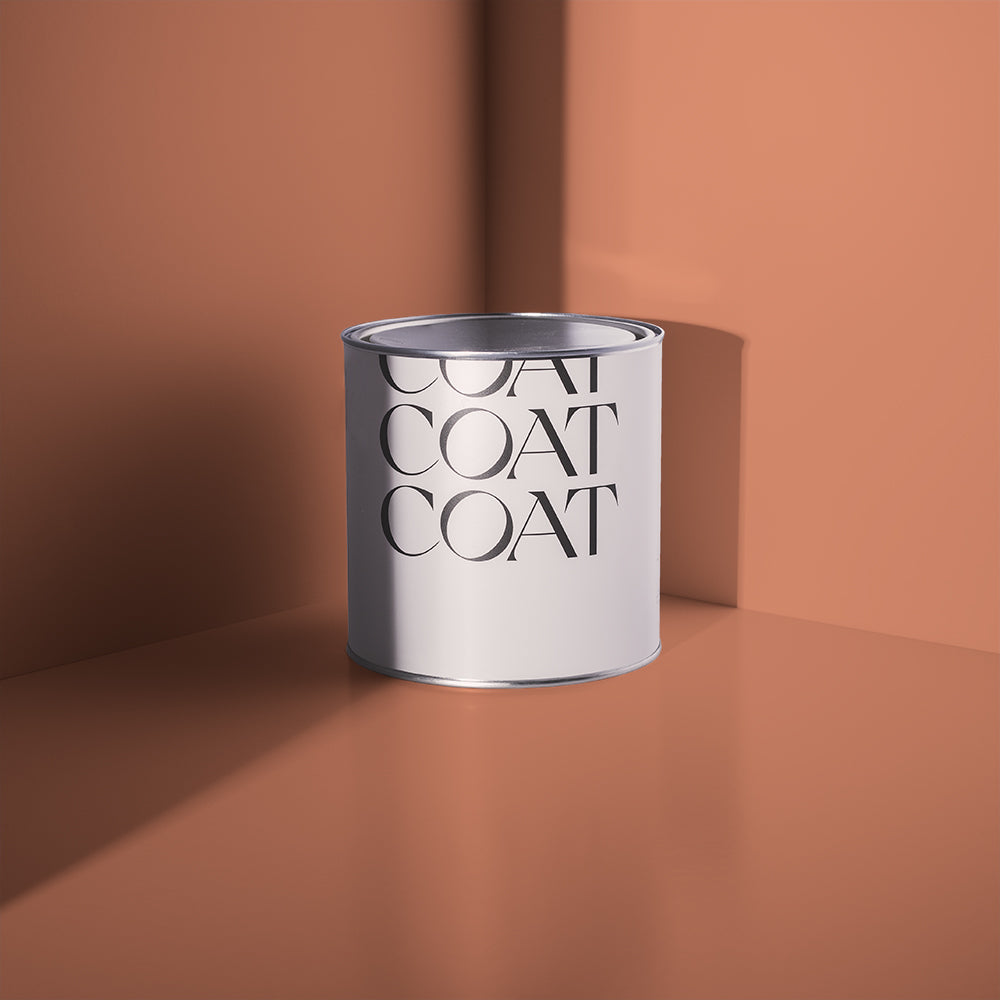
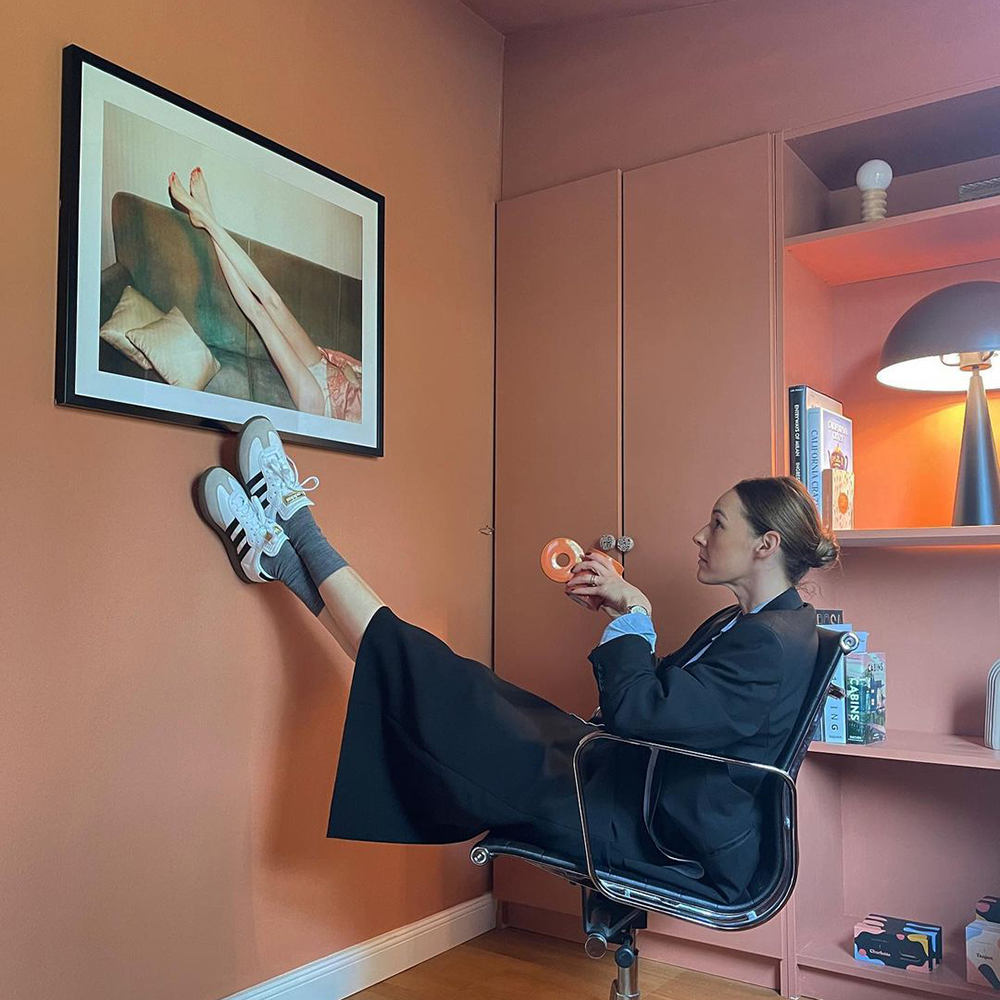

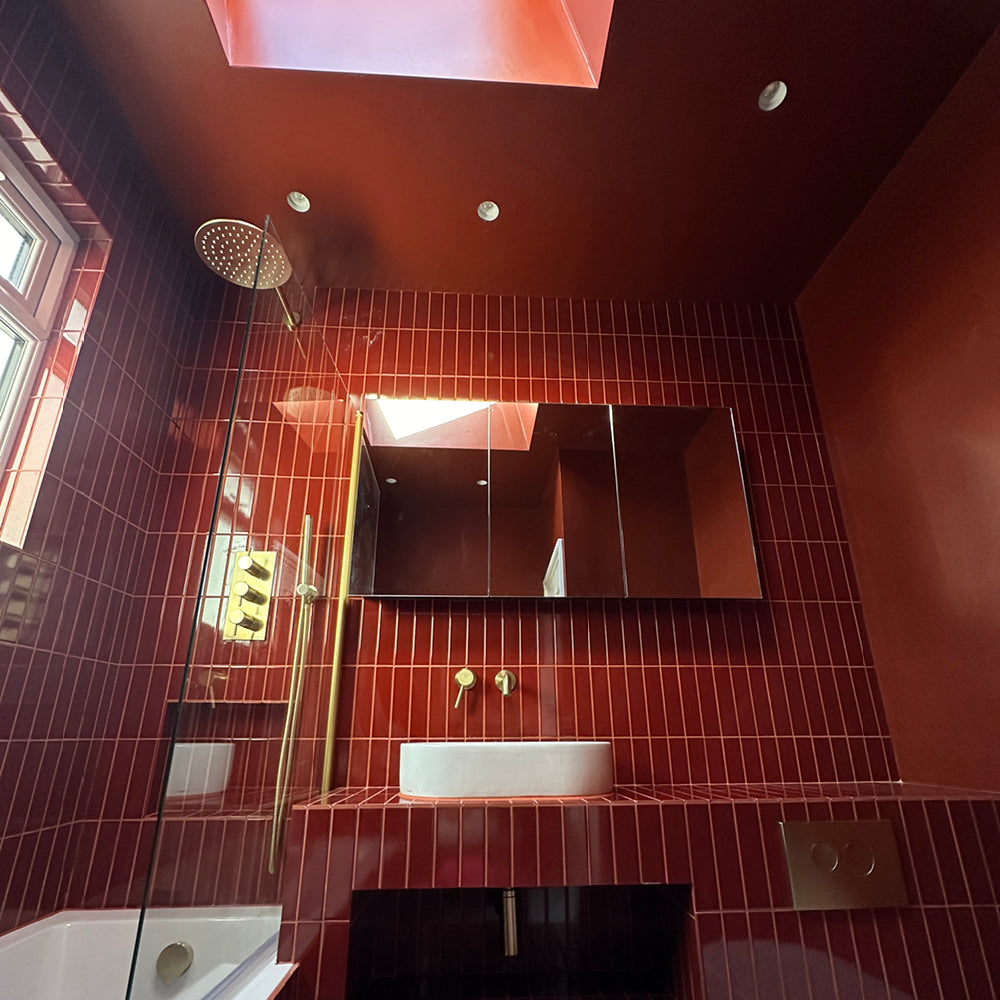
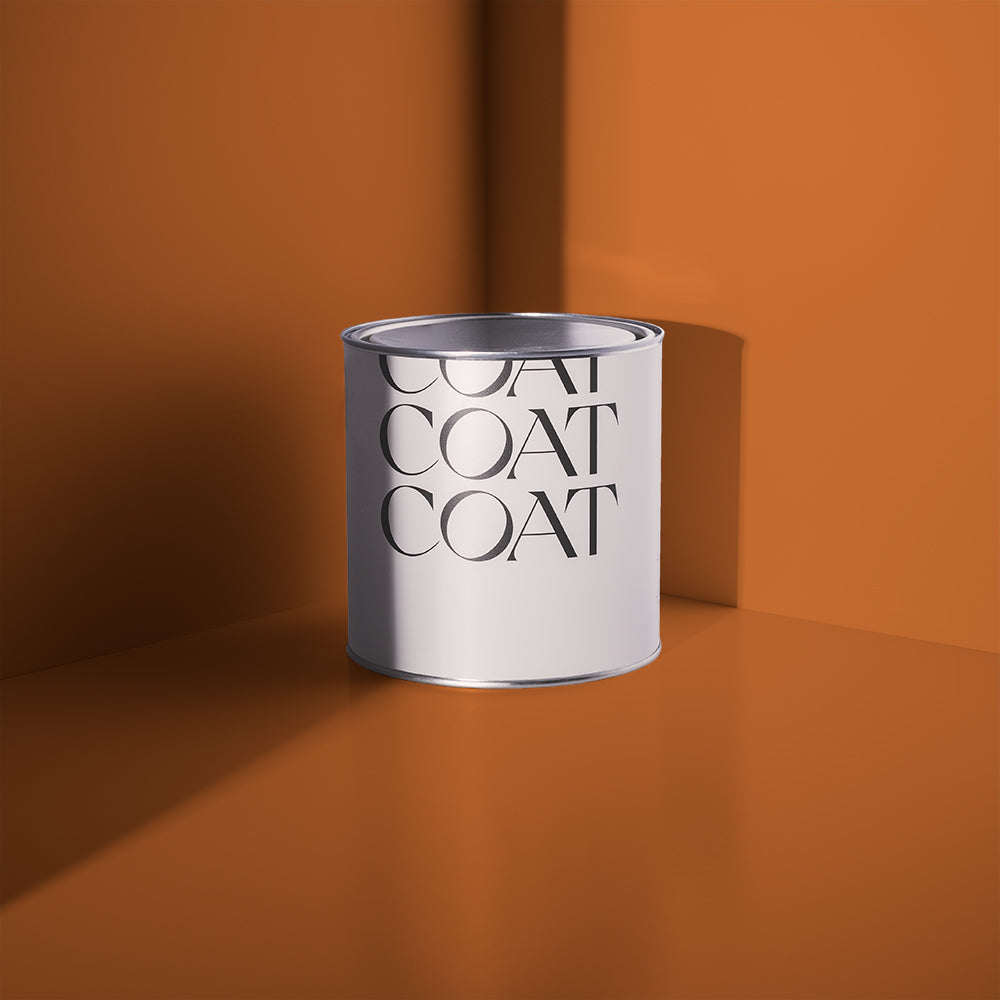
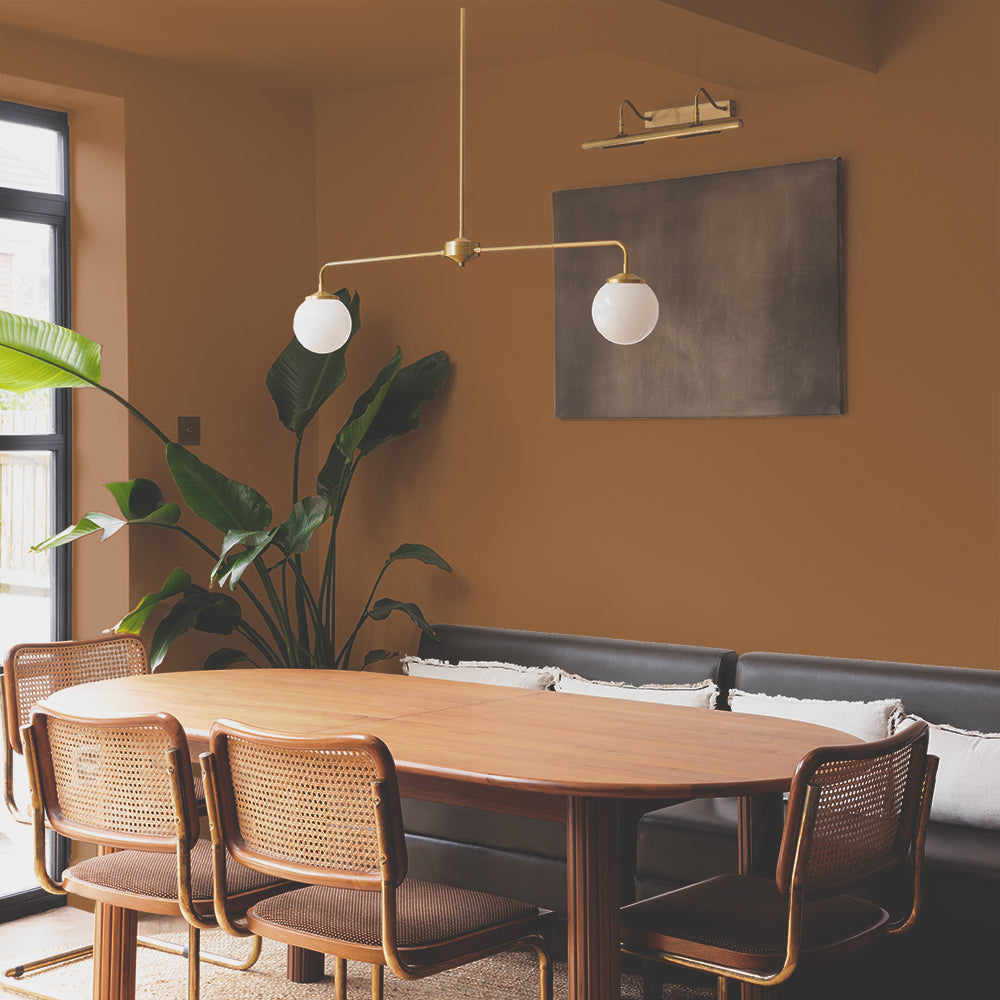
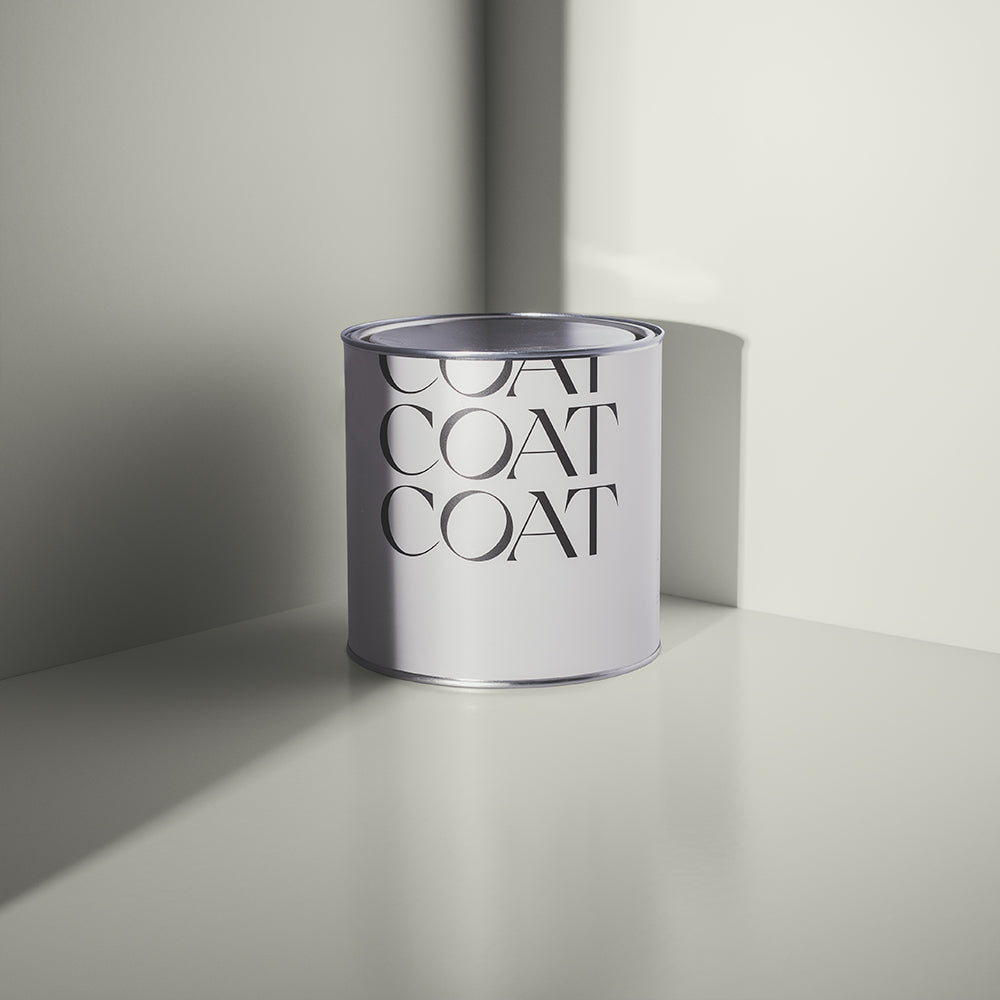

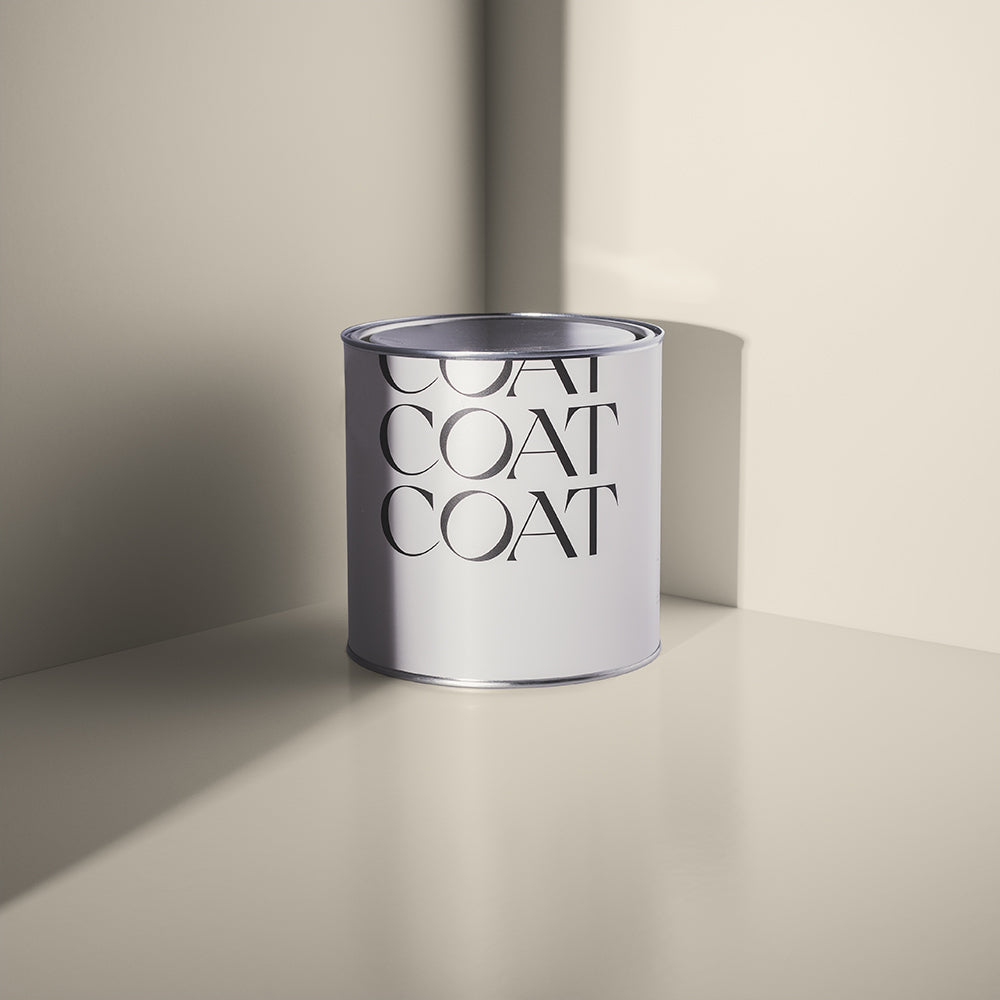

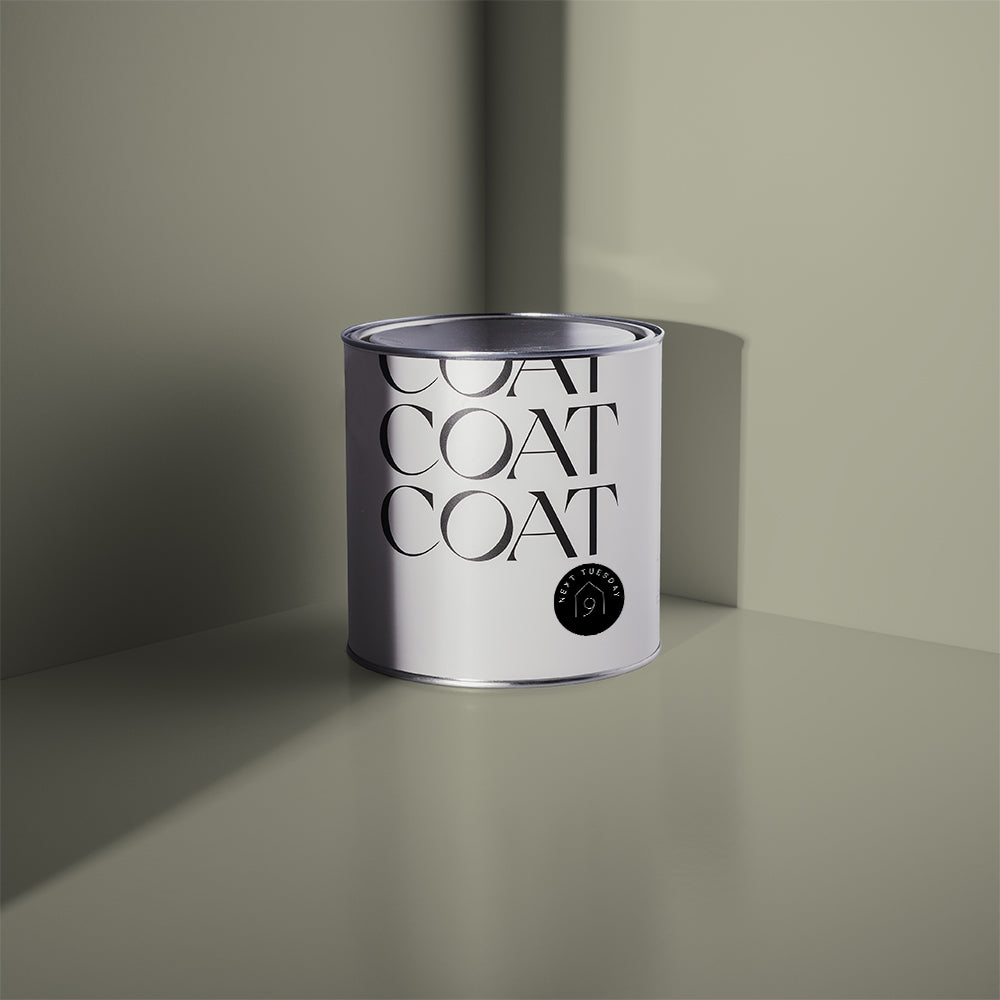
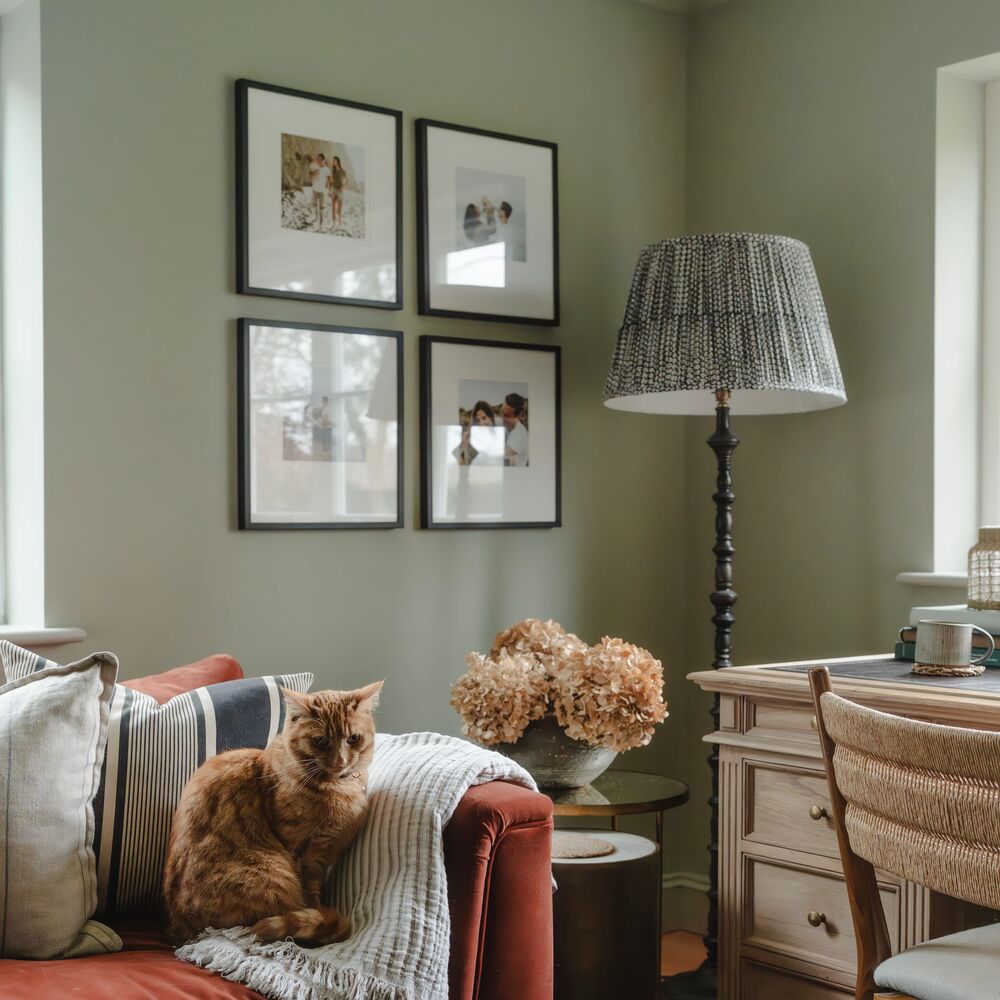
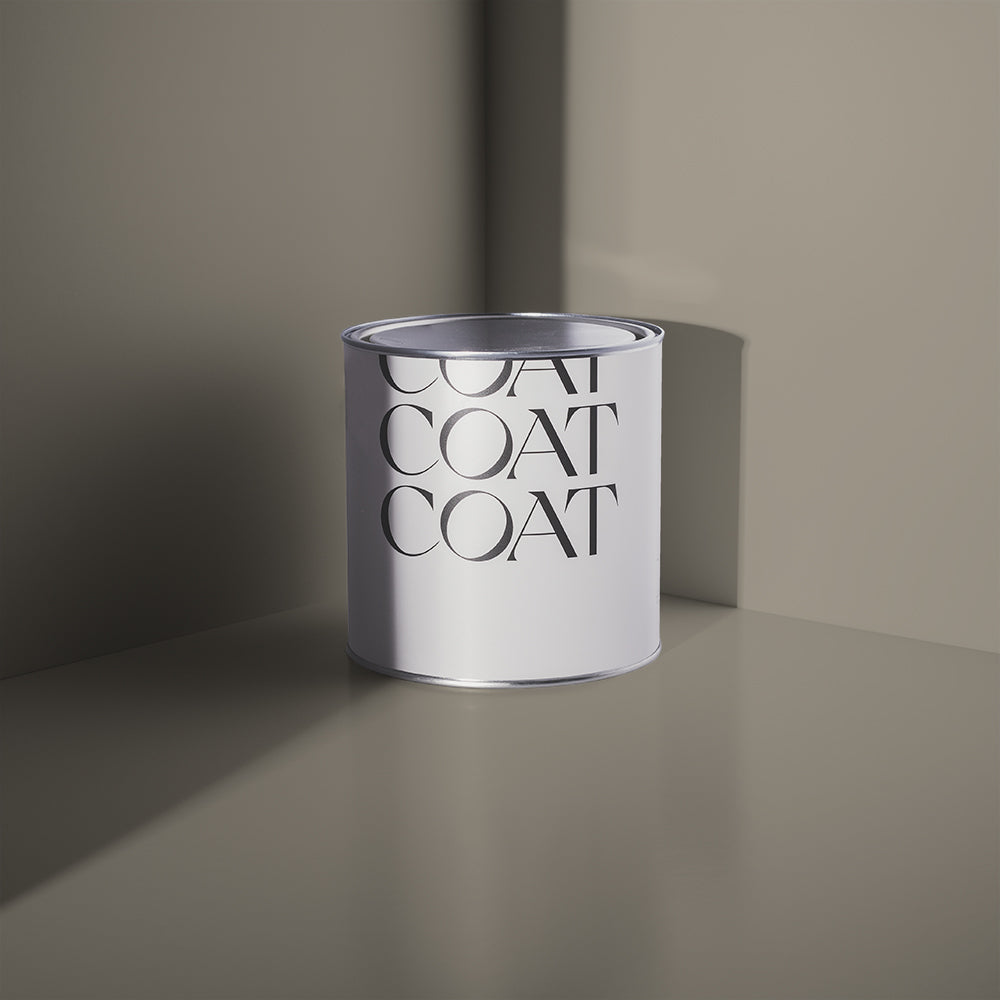
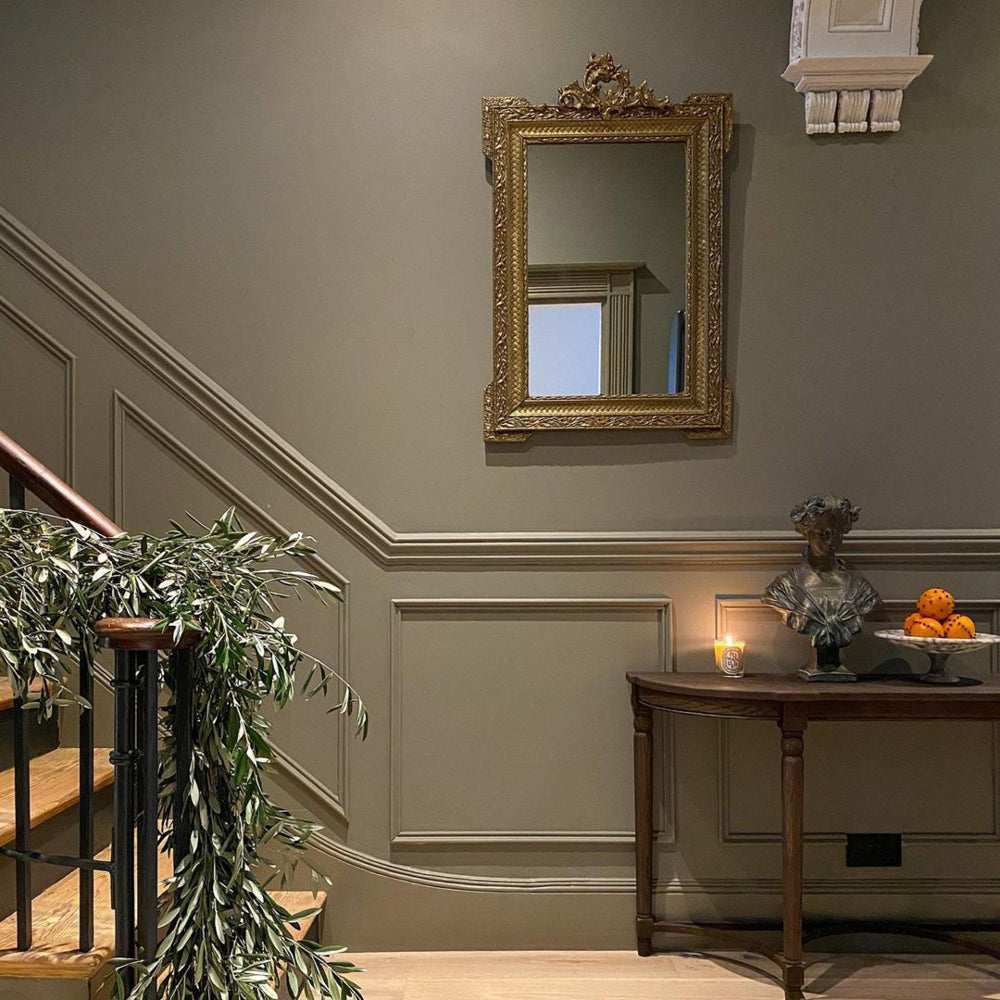
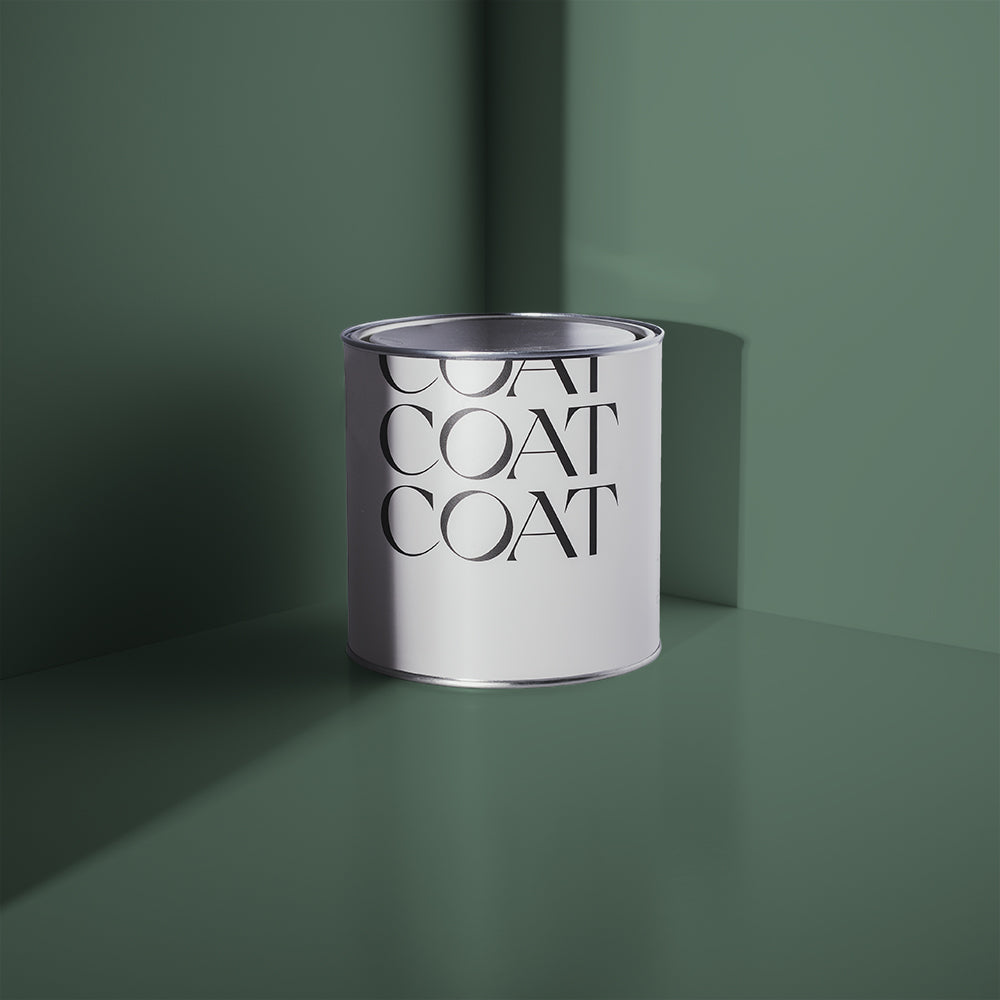
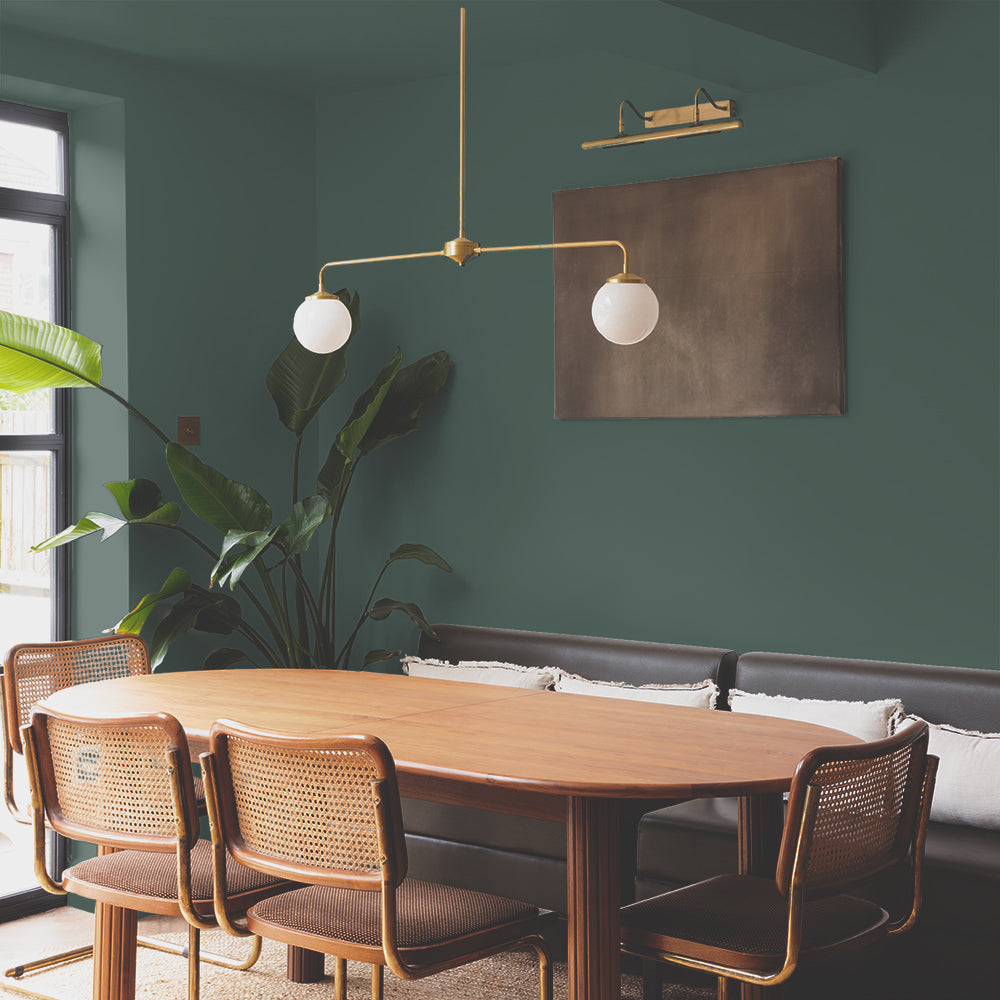

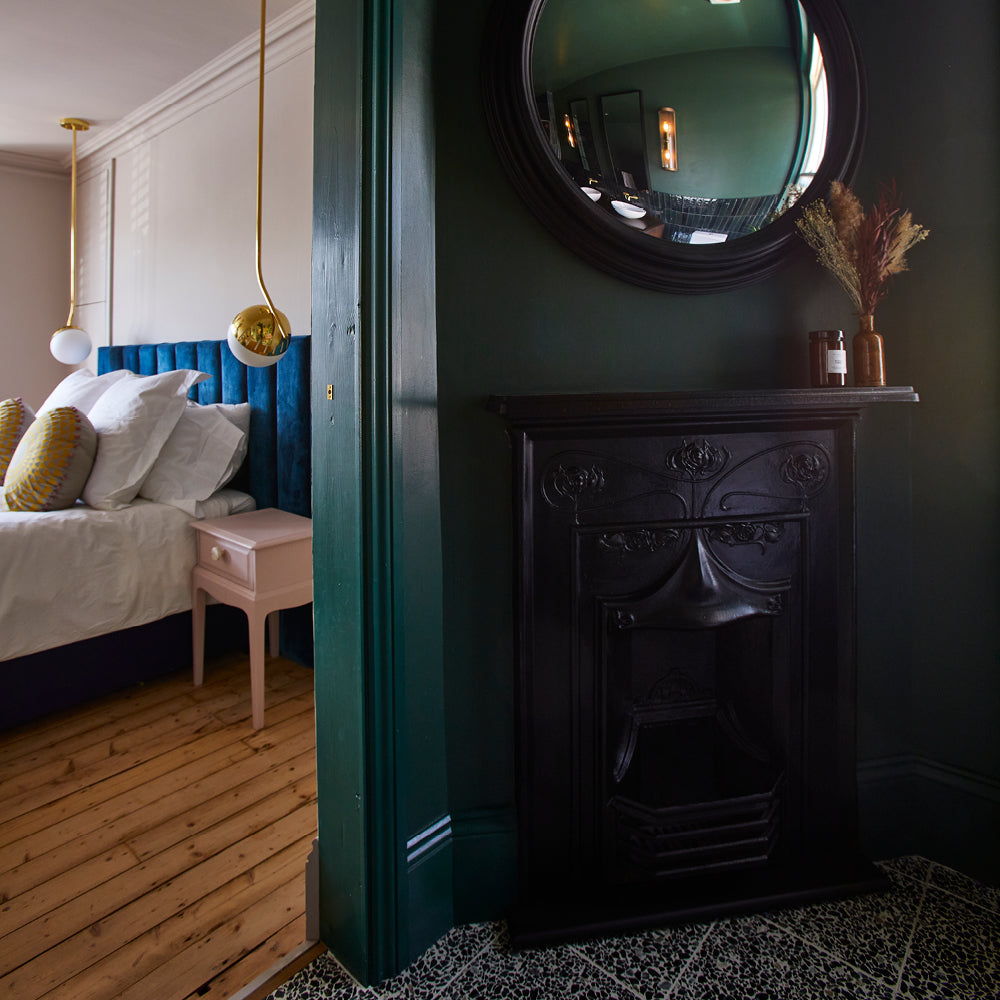
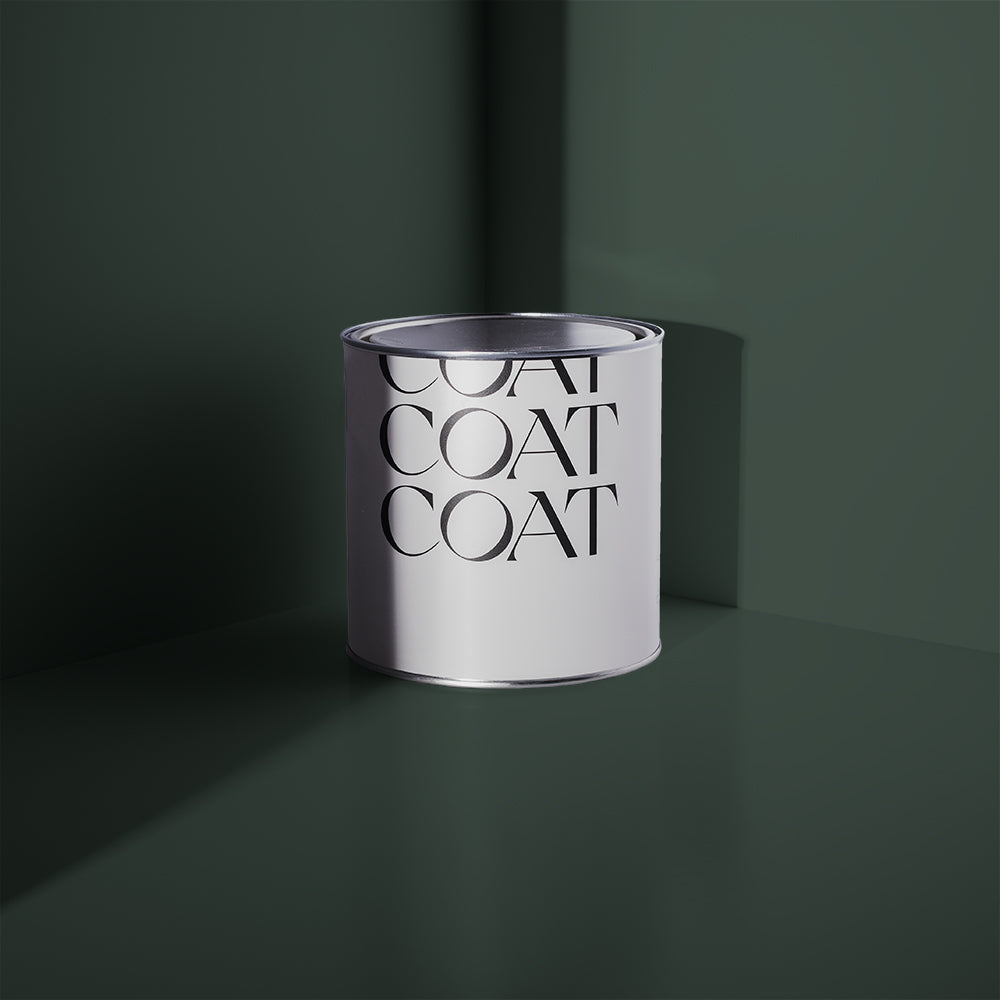
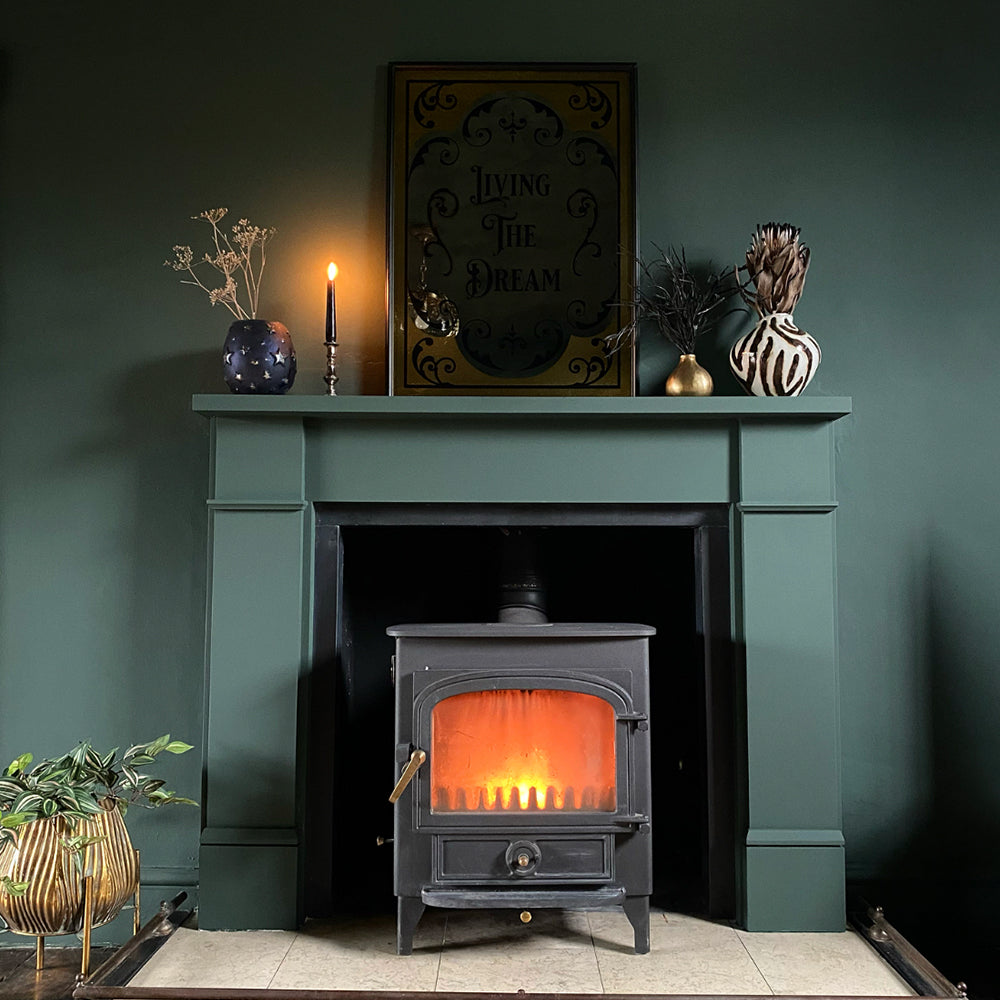
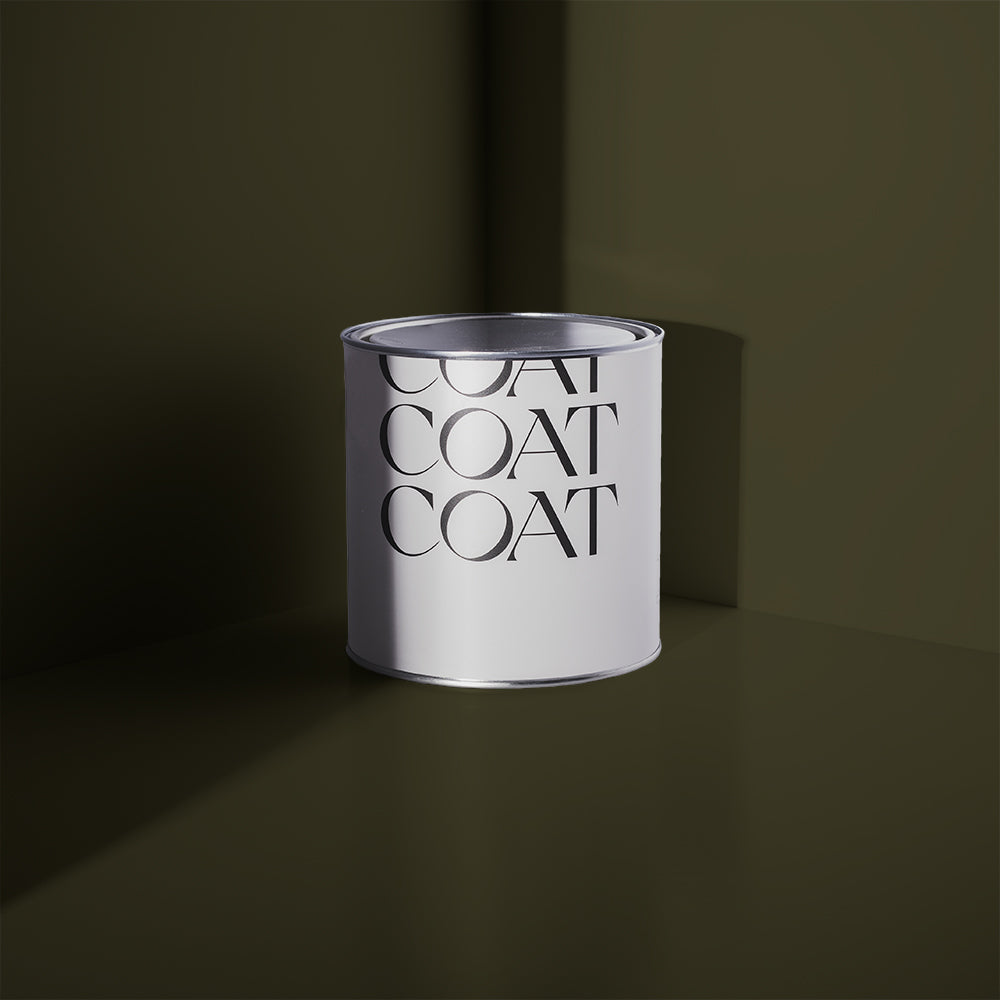

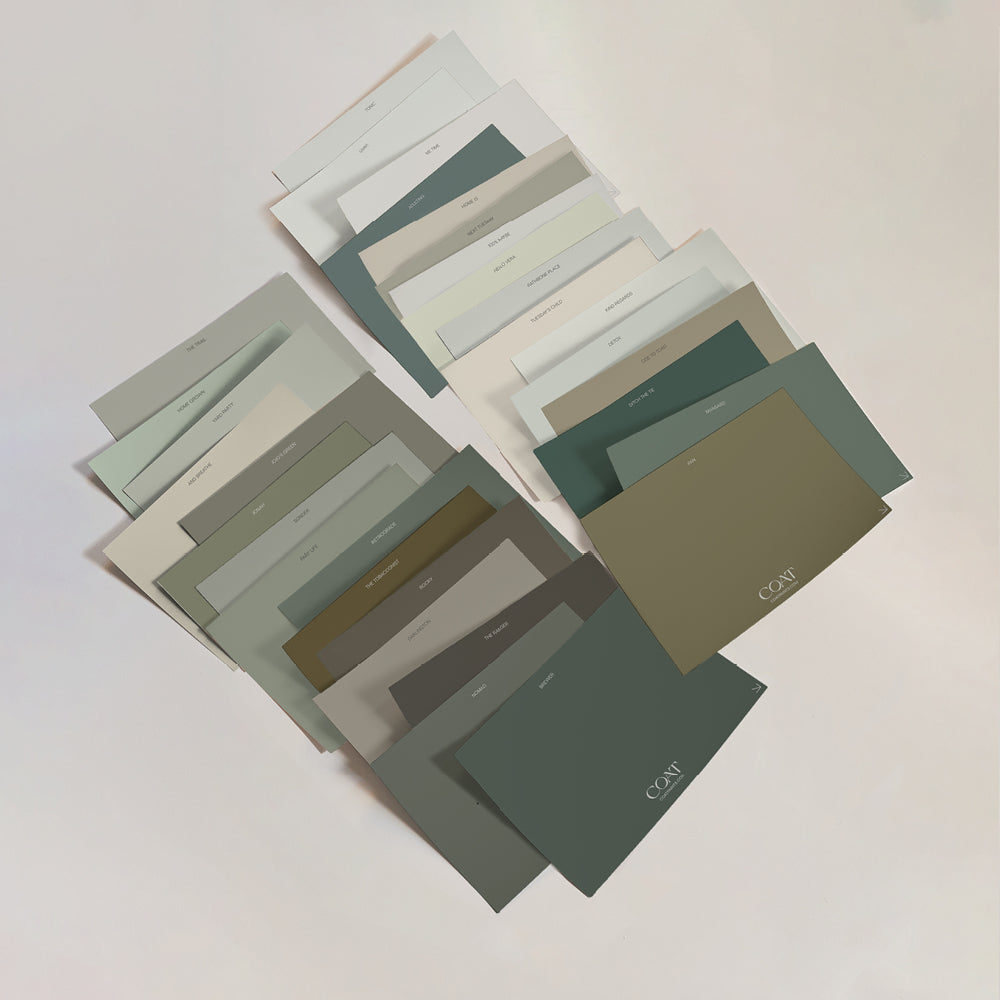
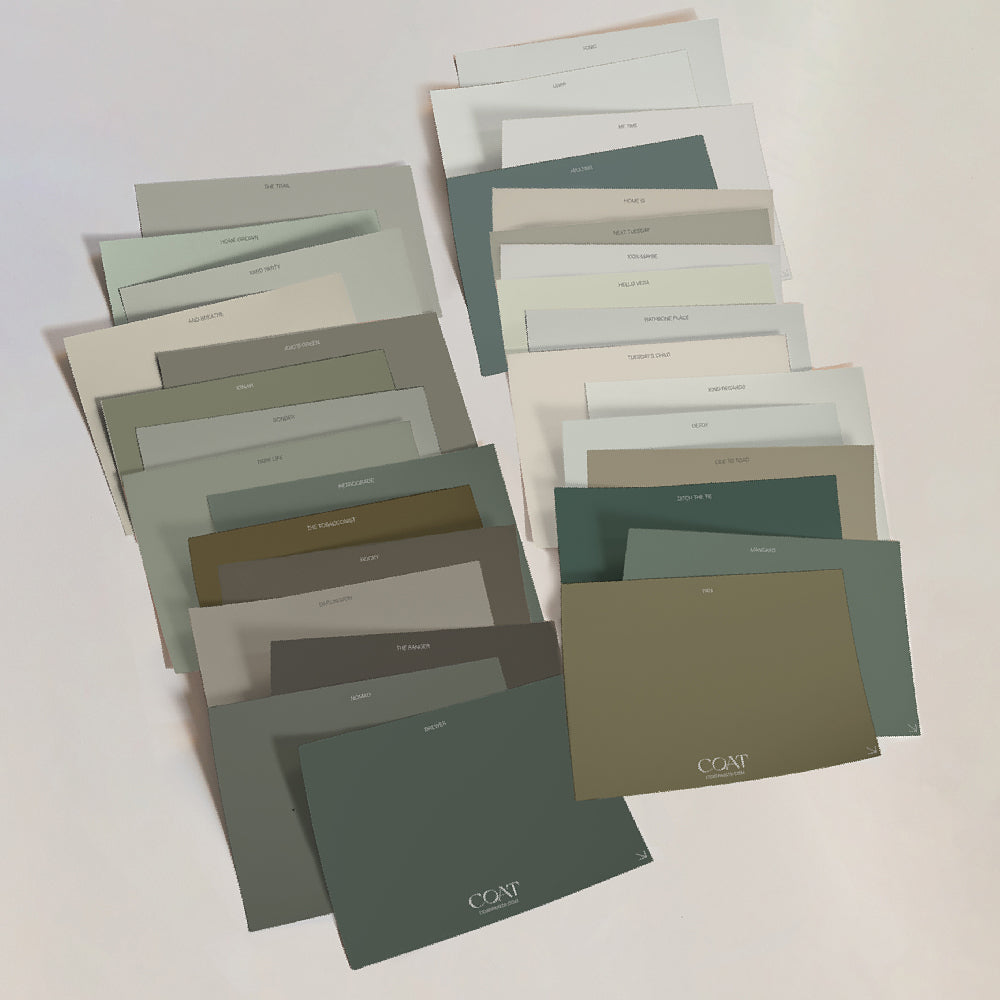

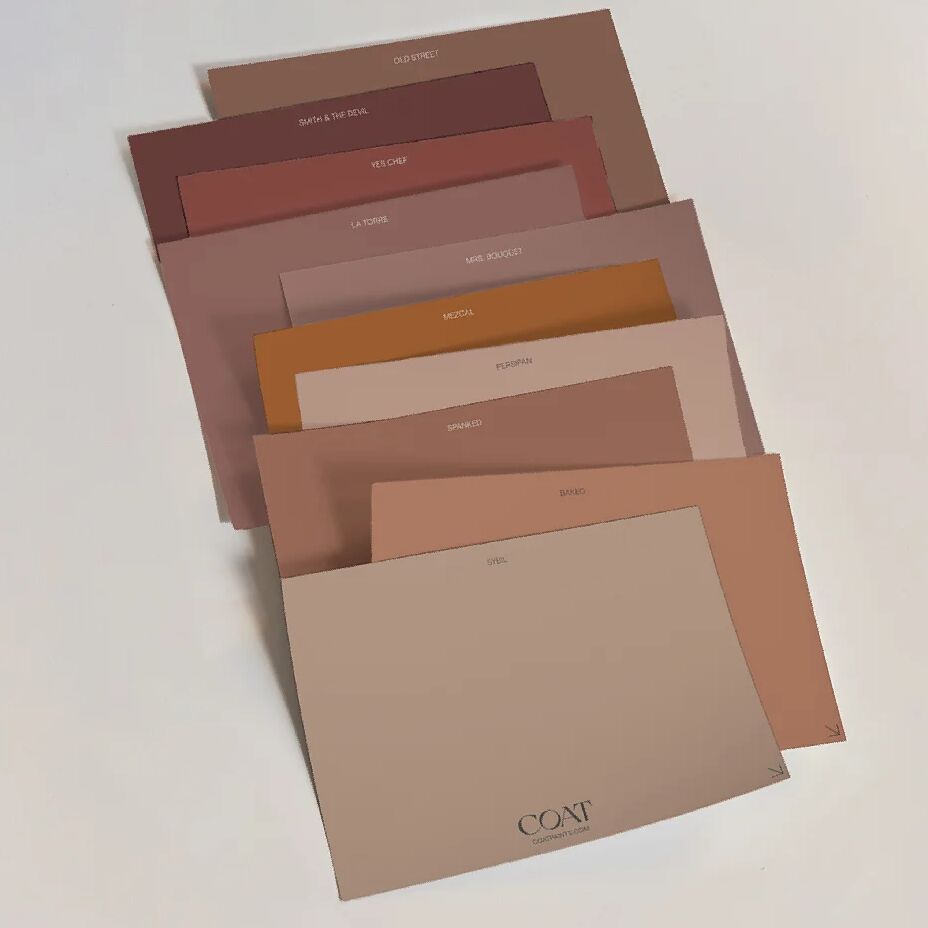


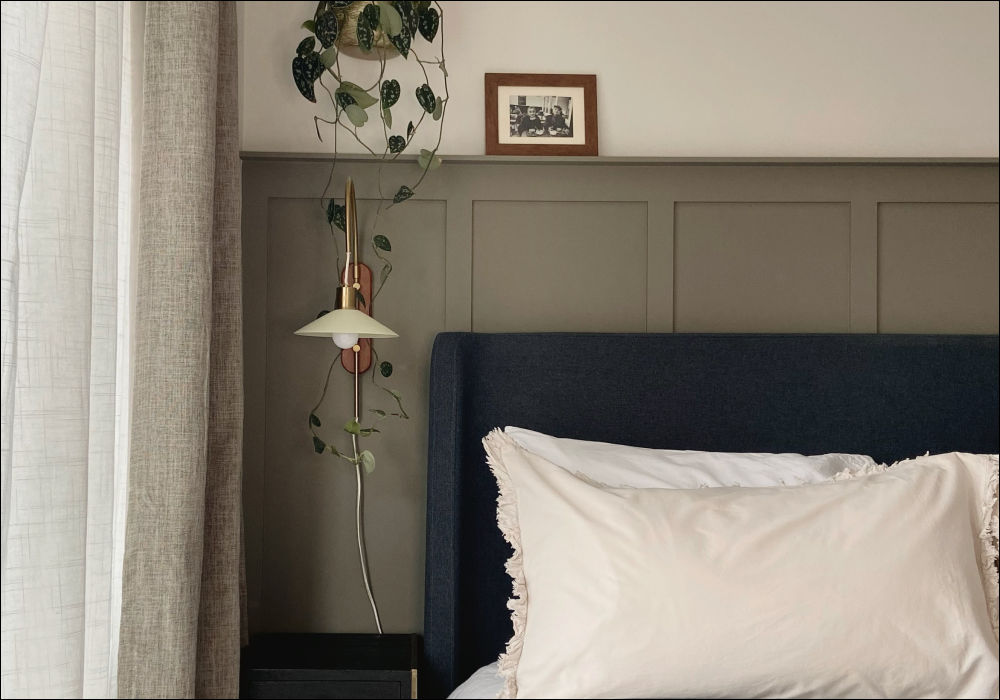
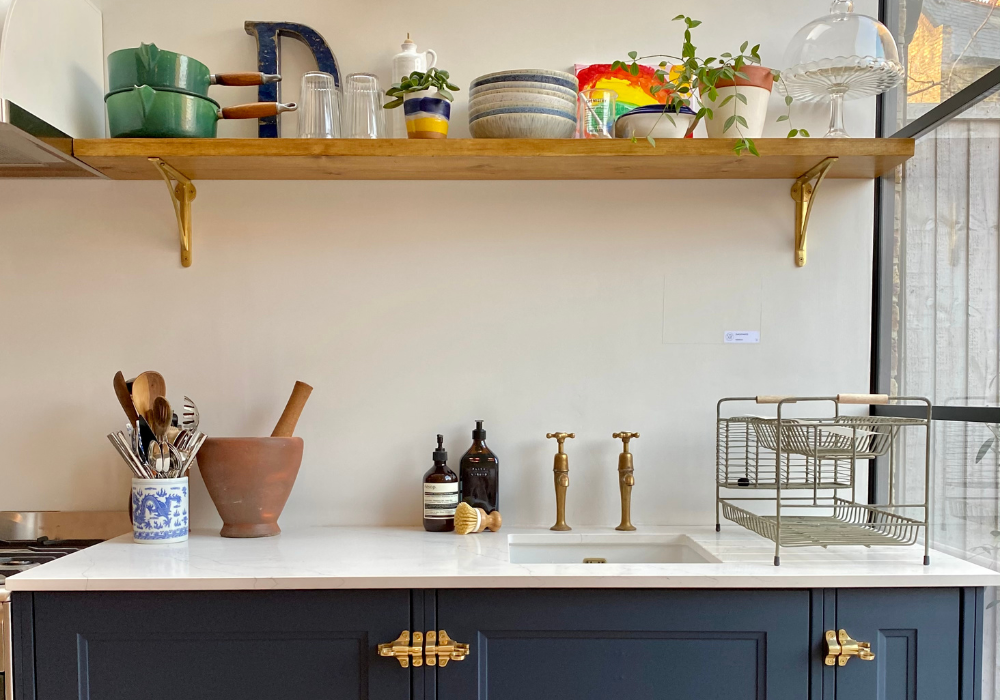

Leave a comment